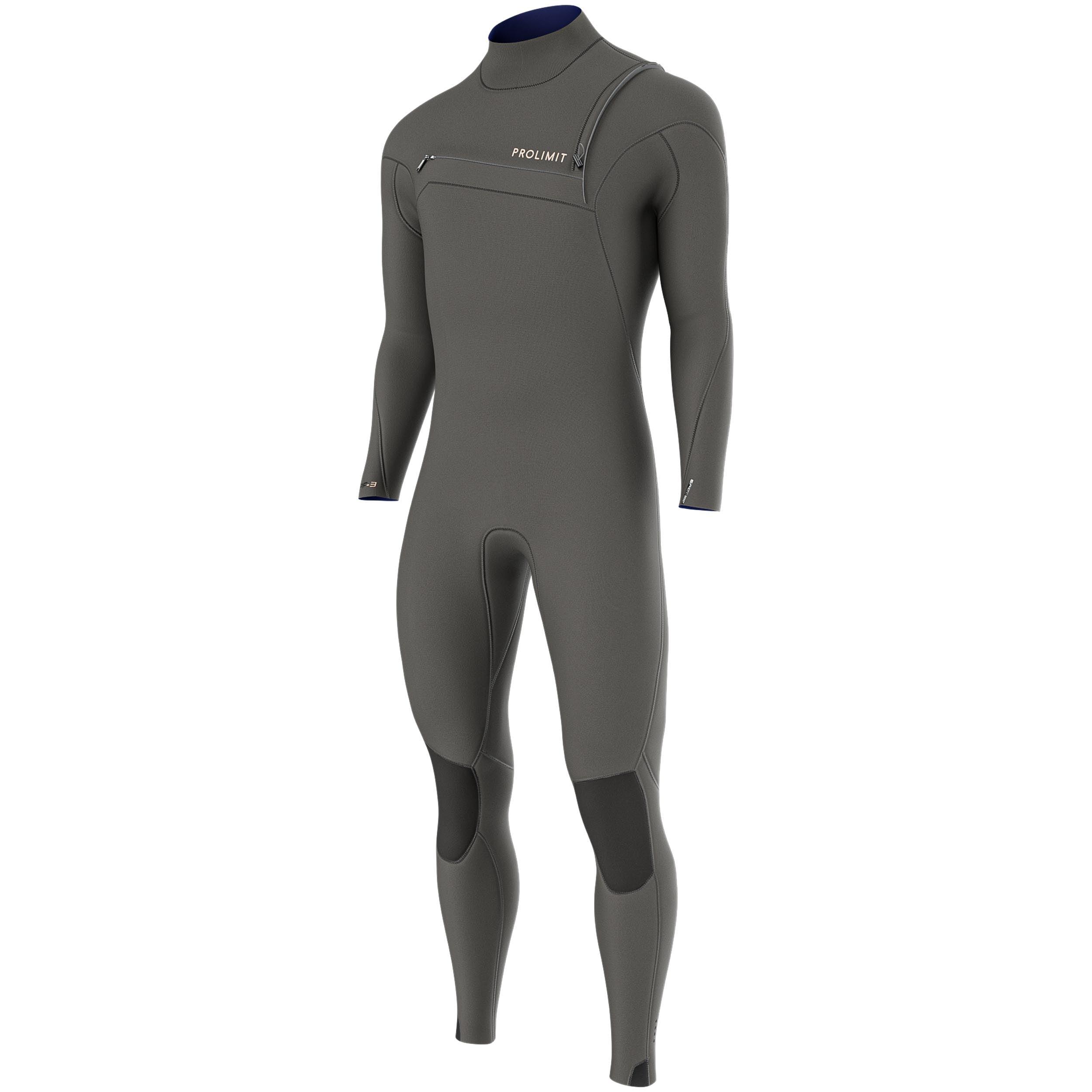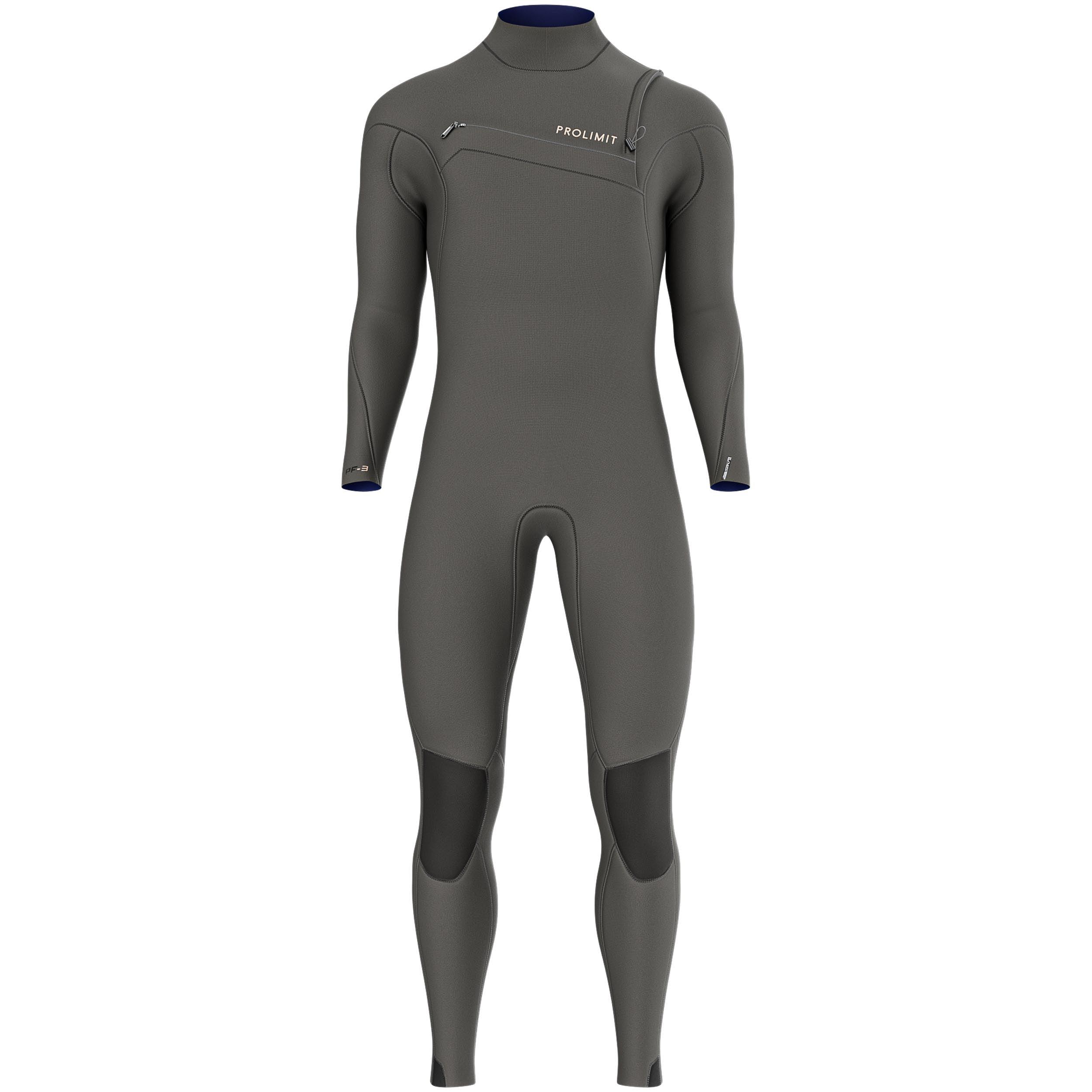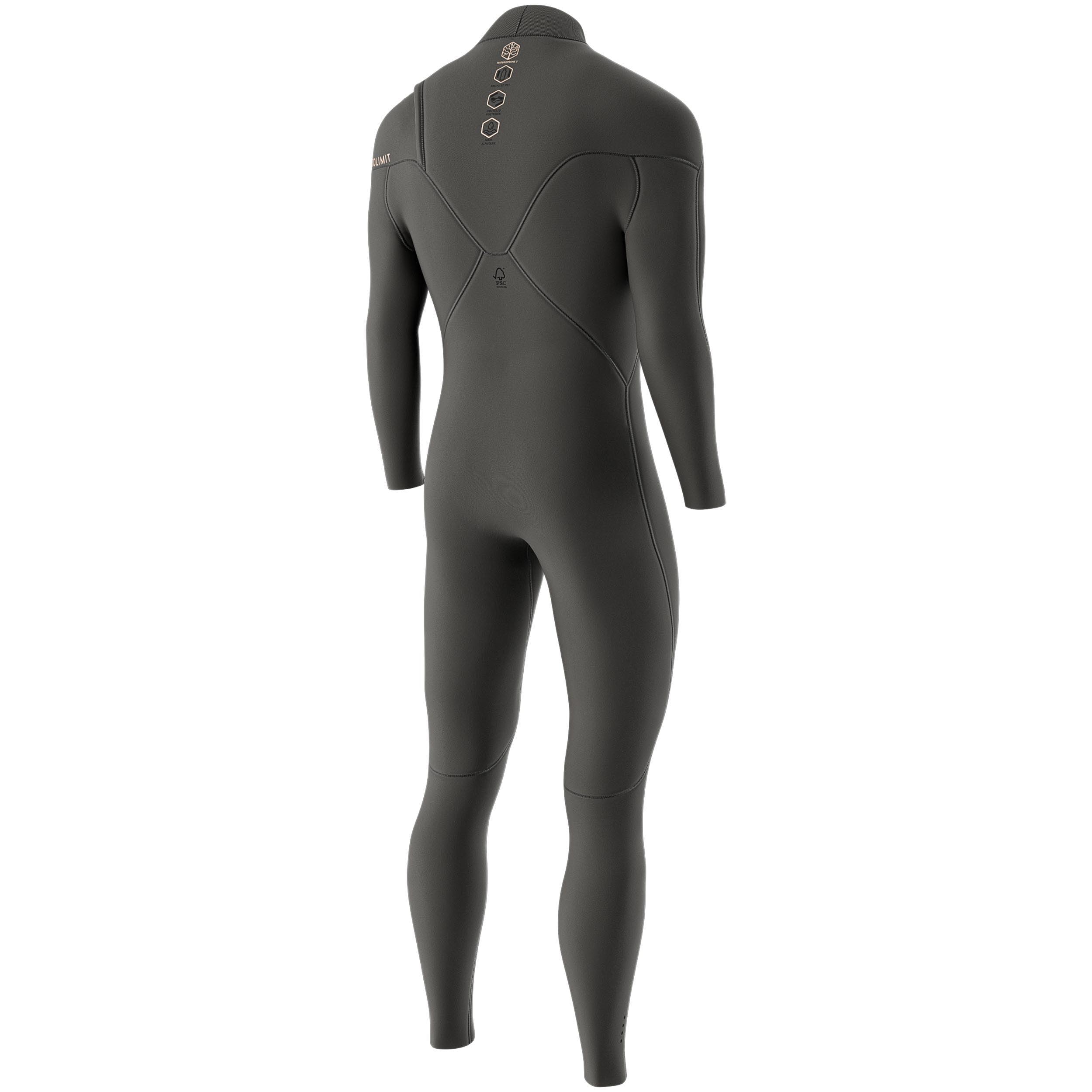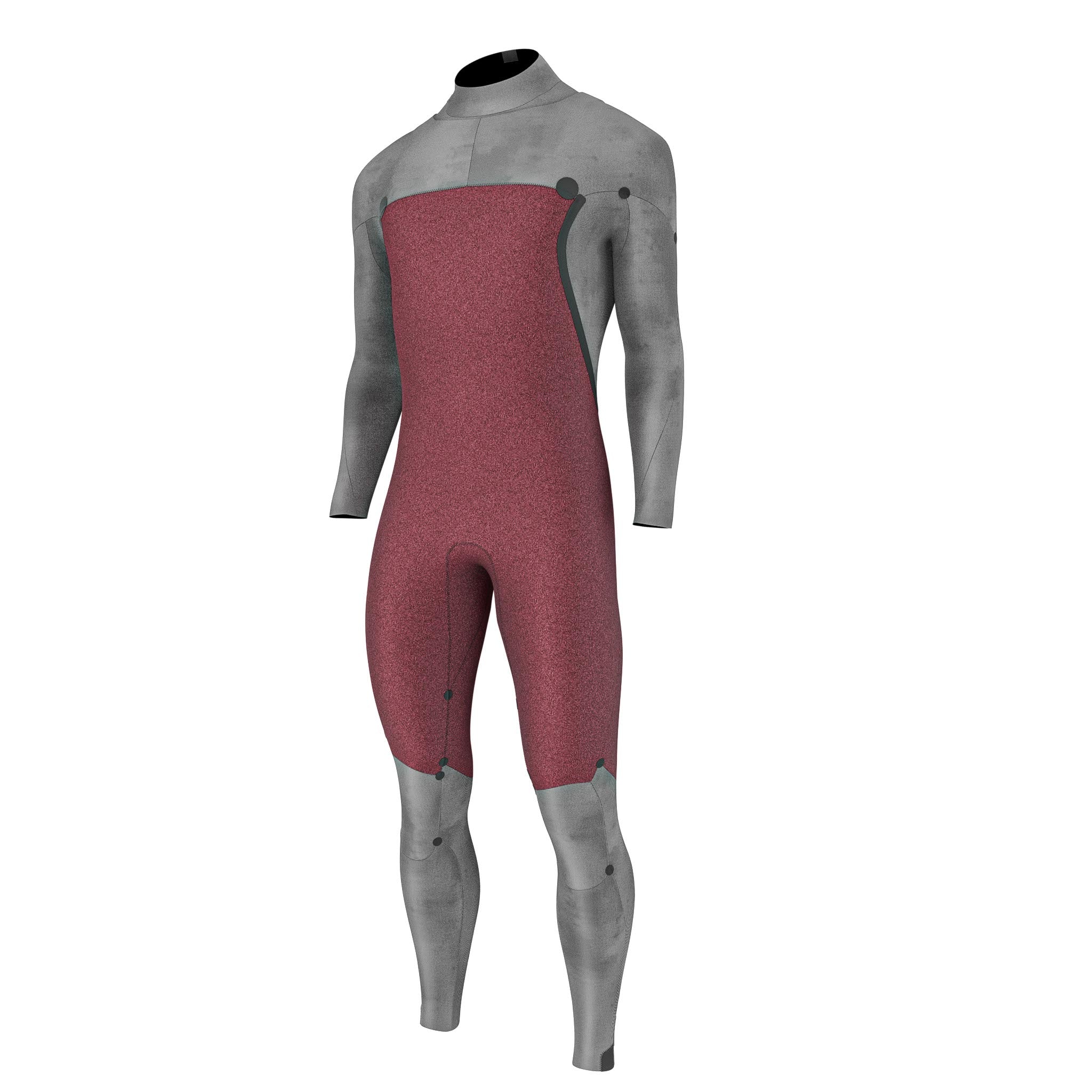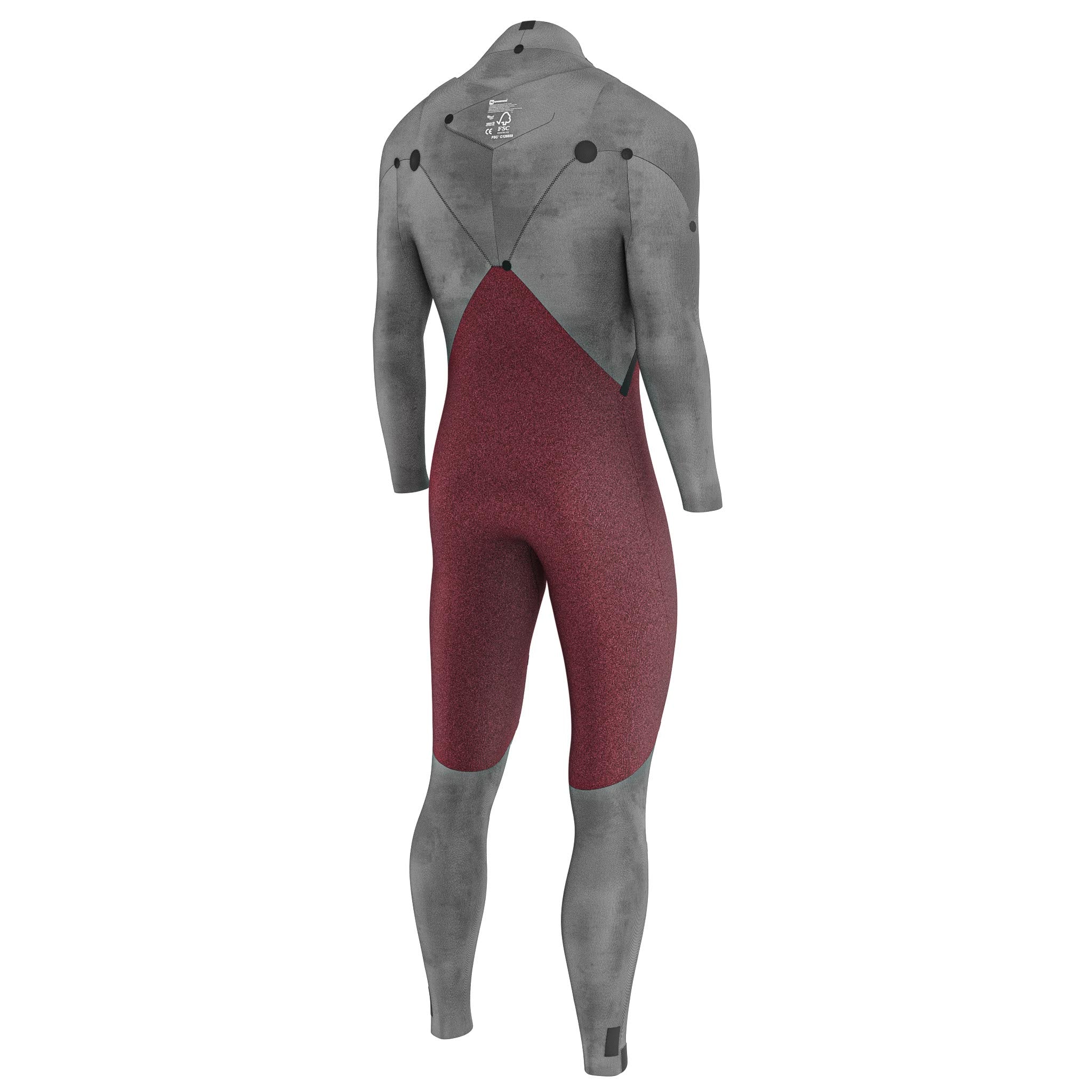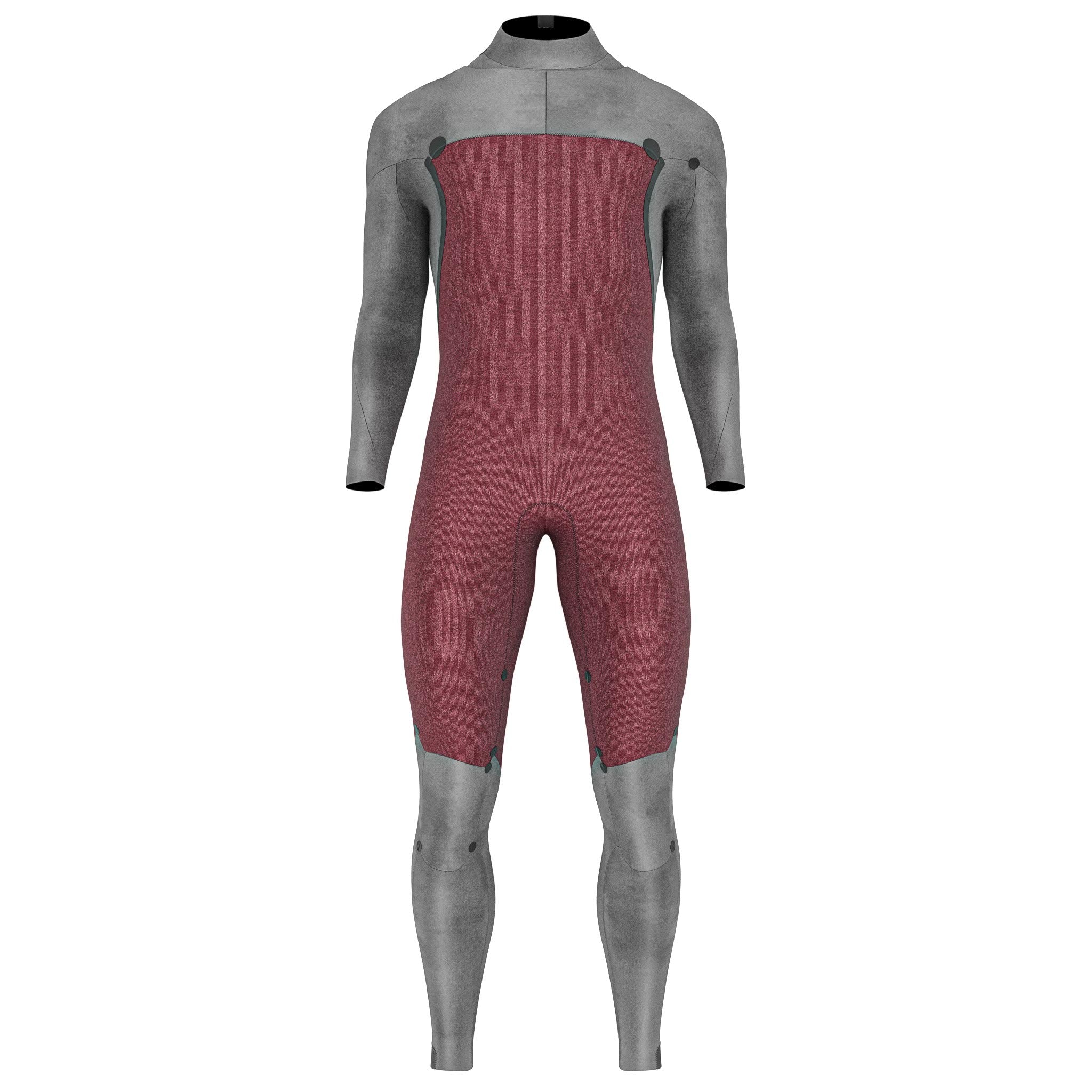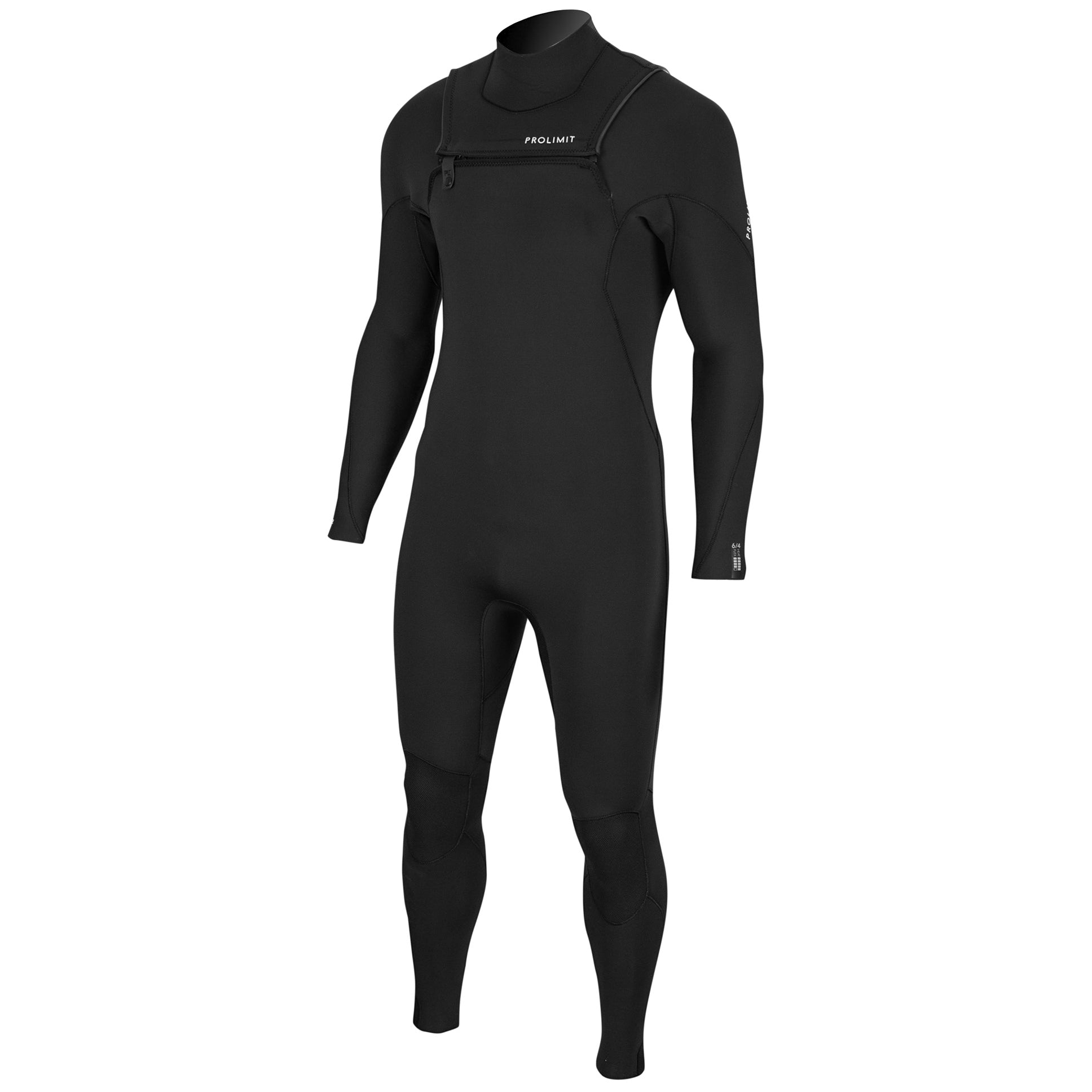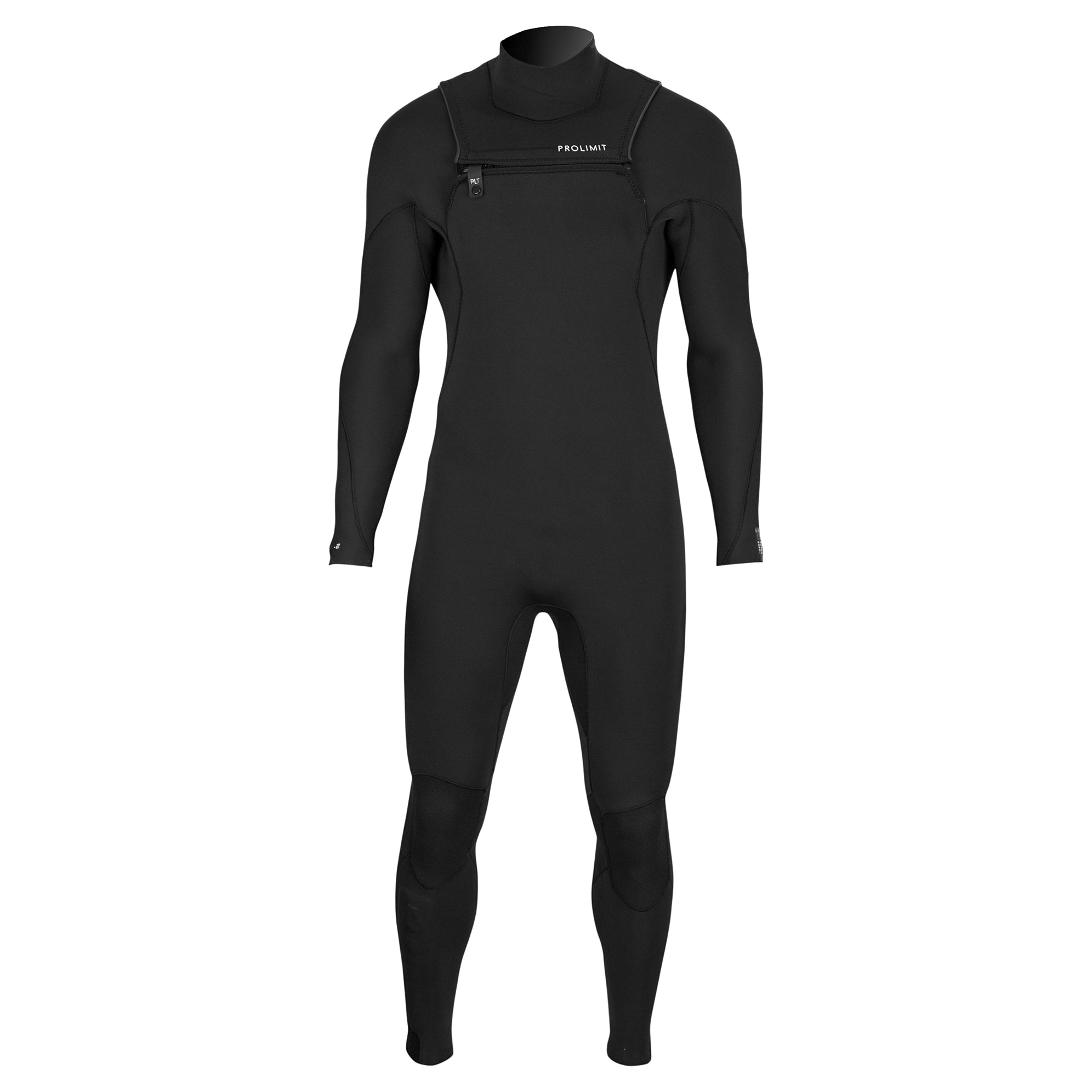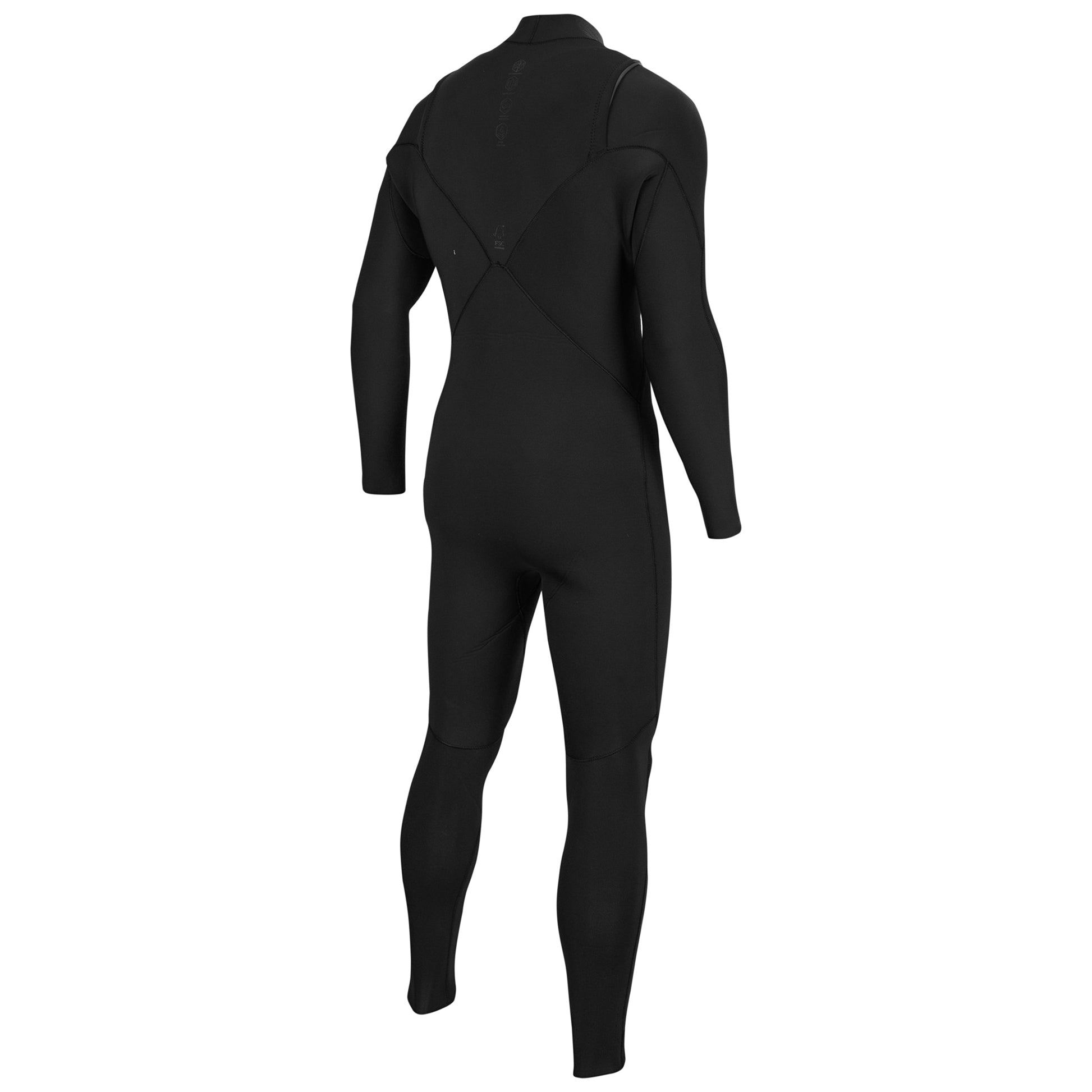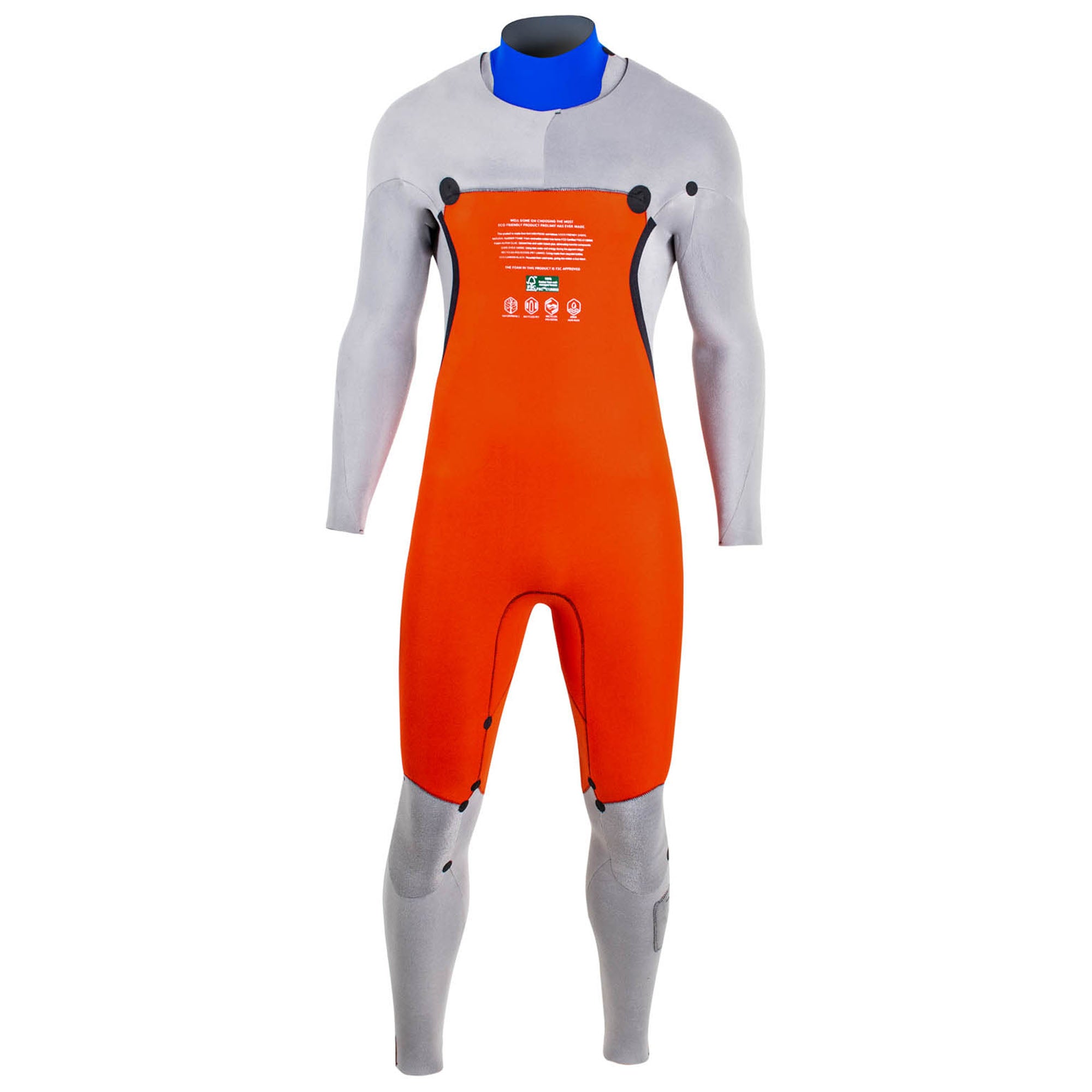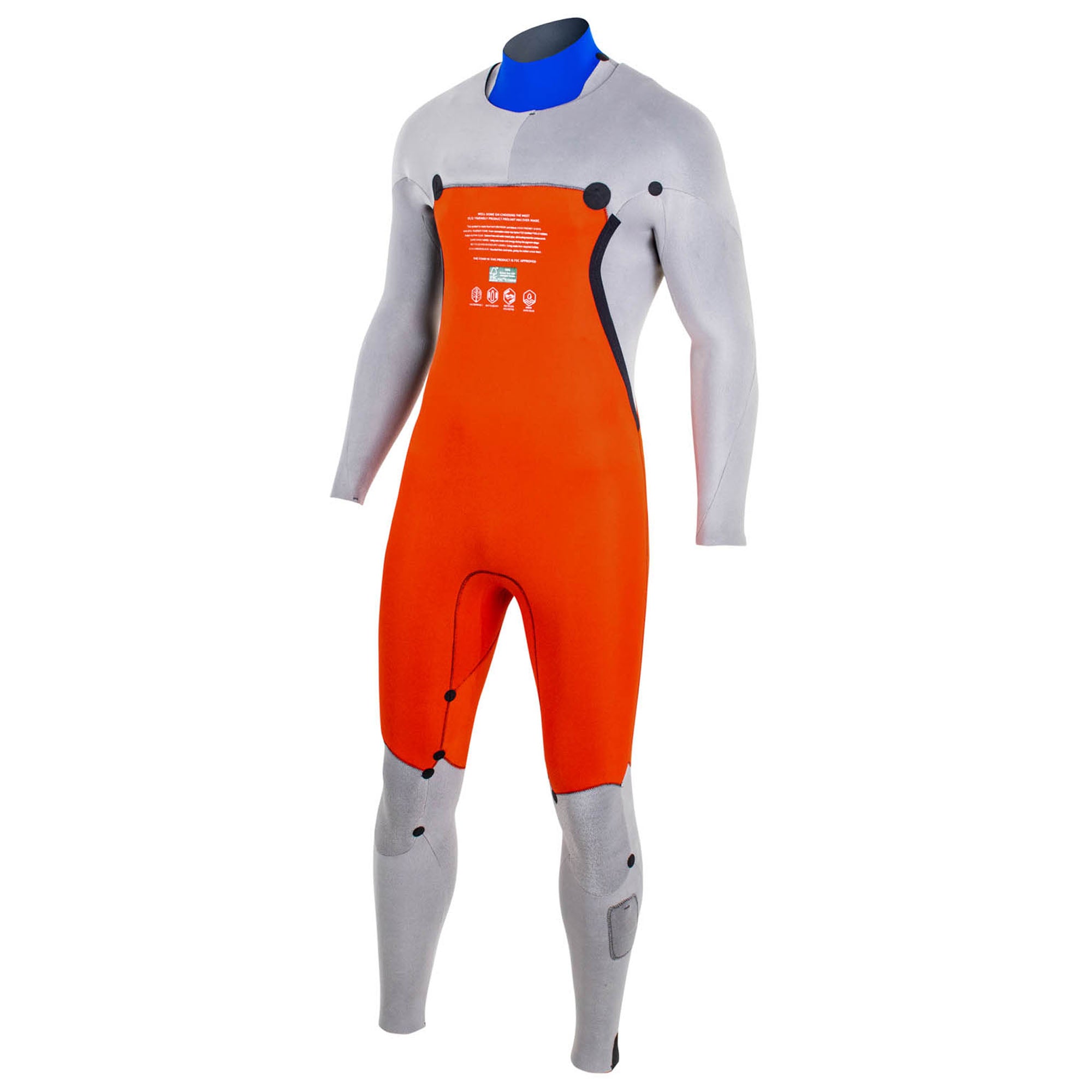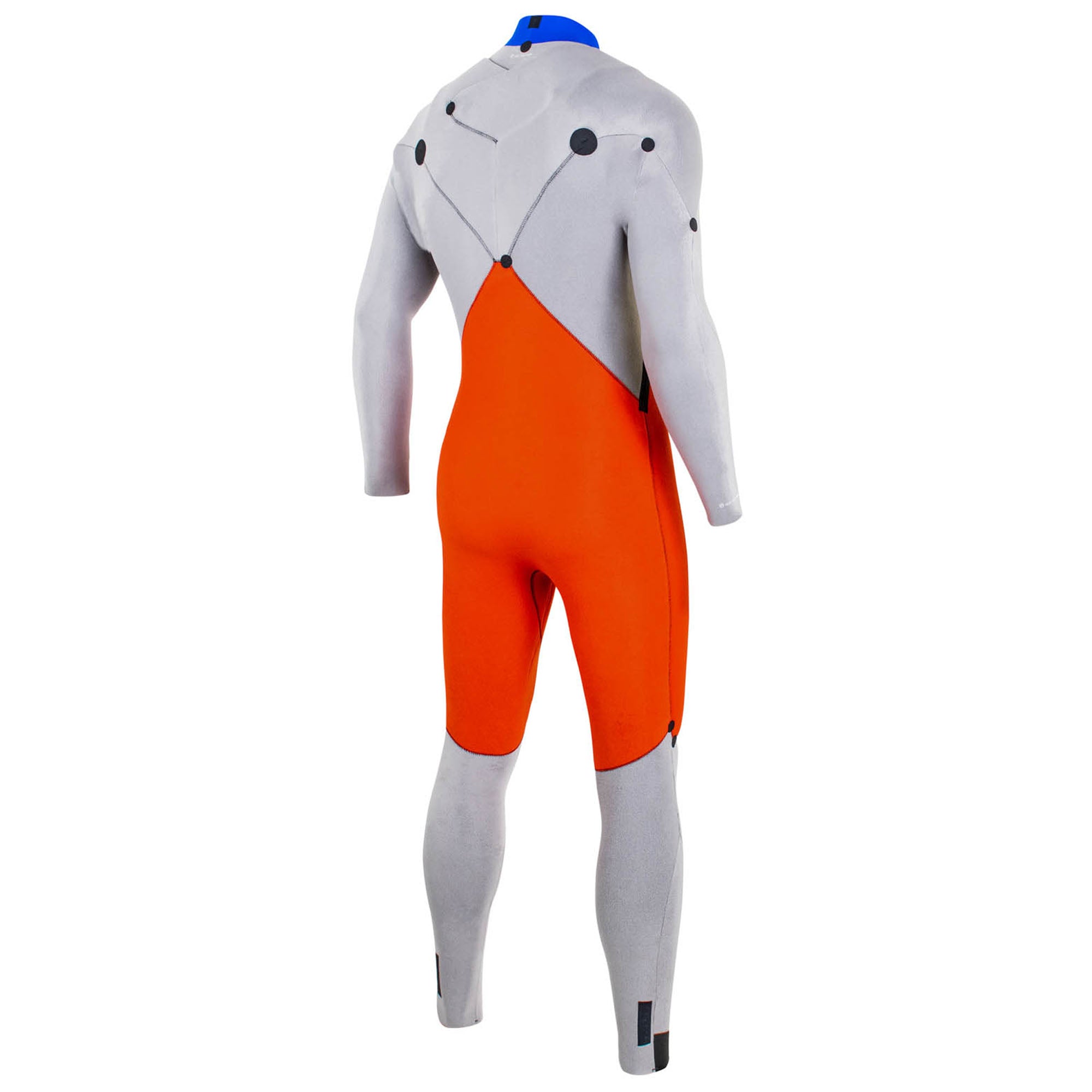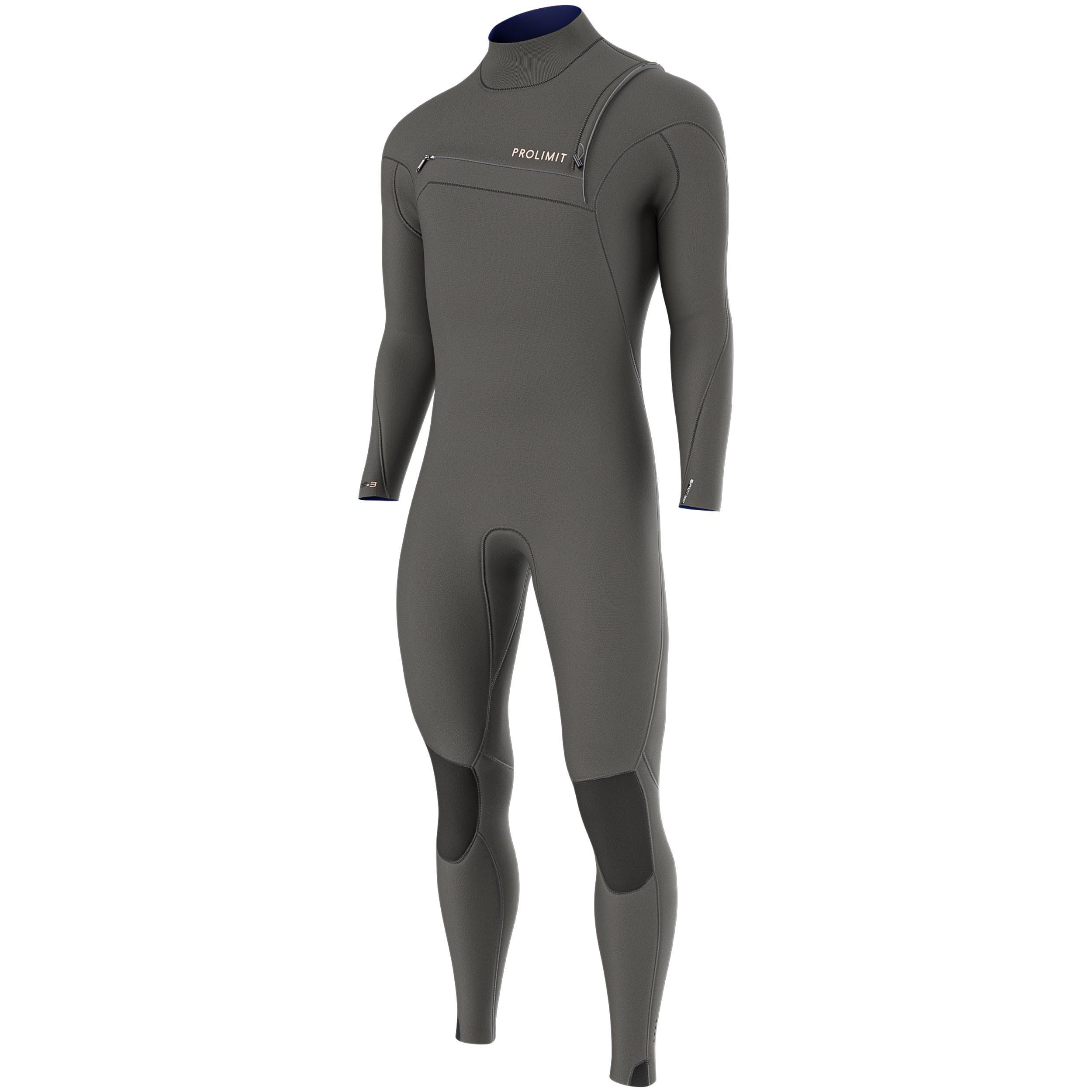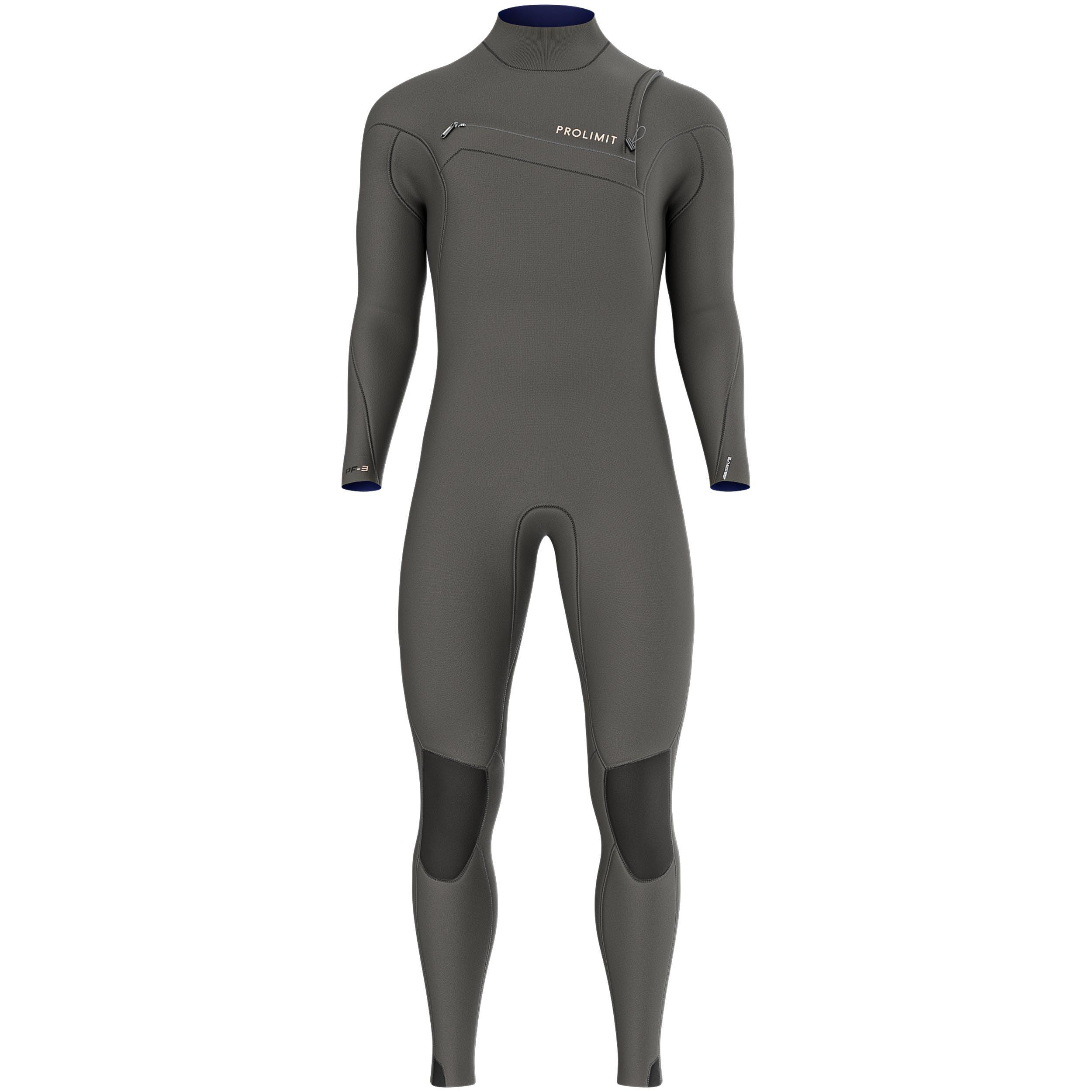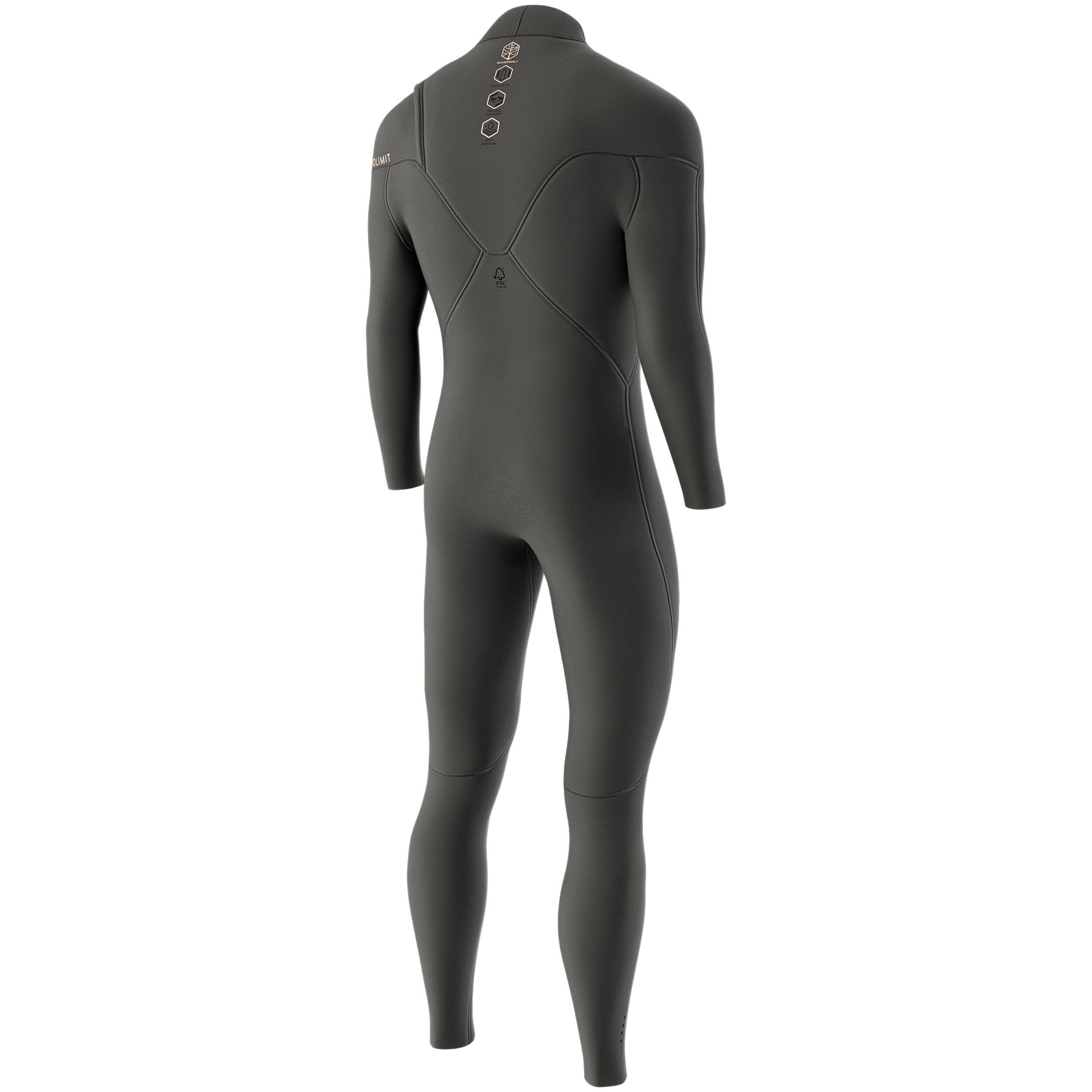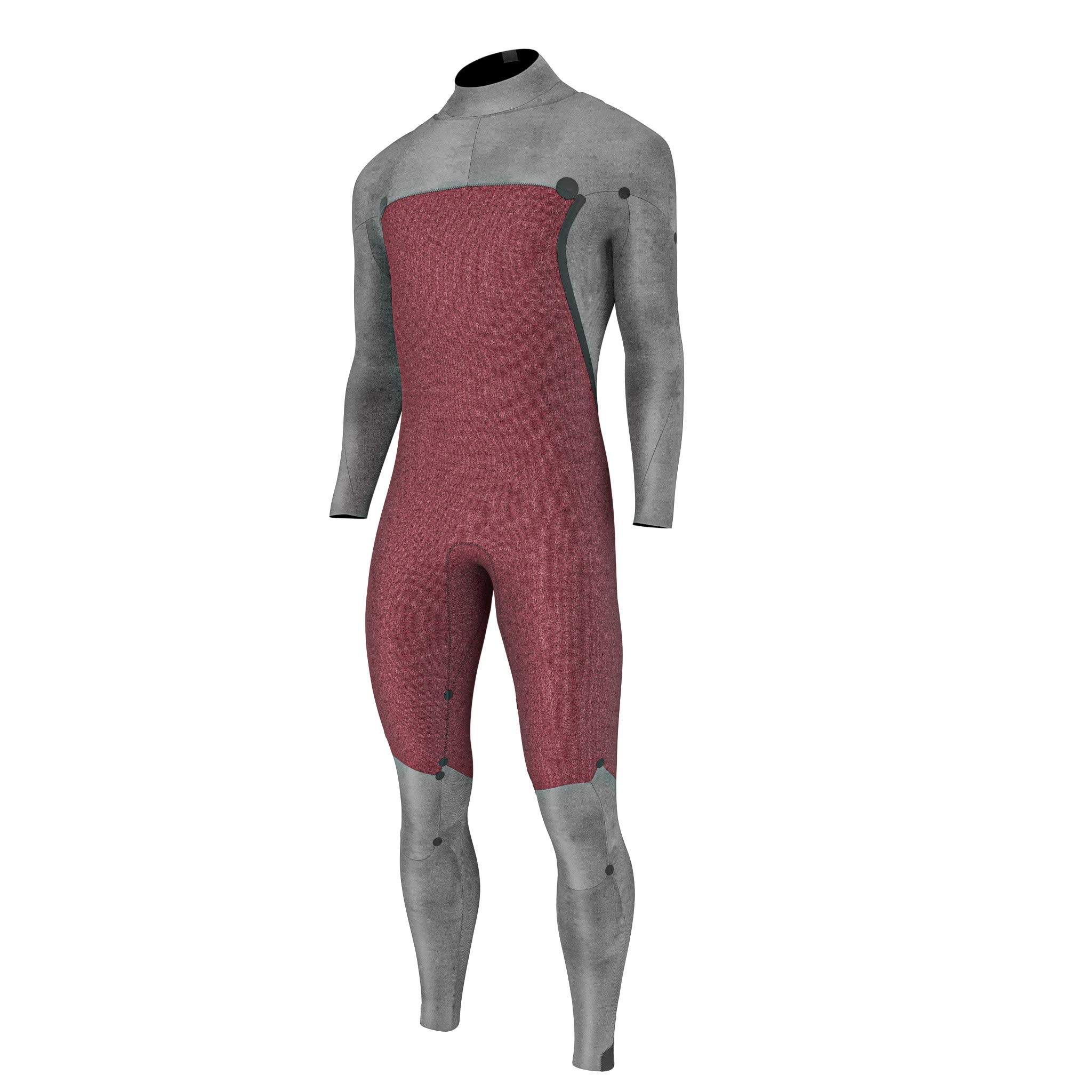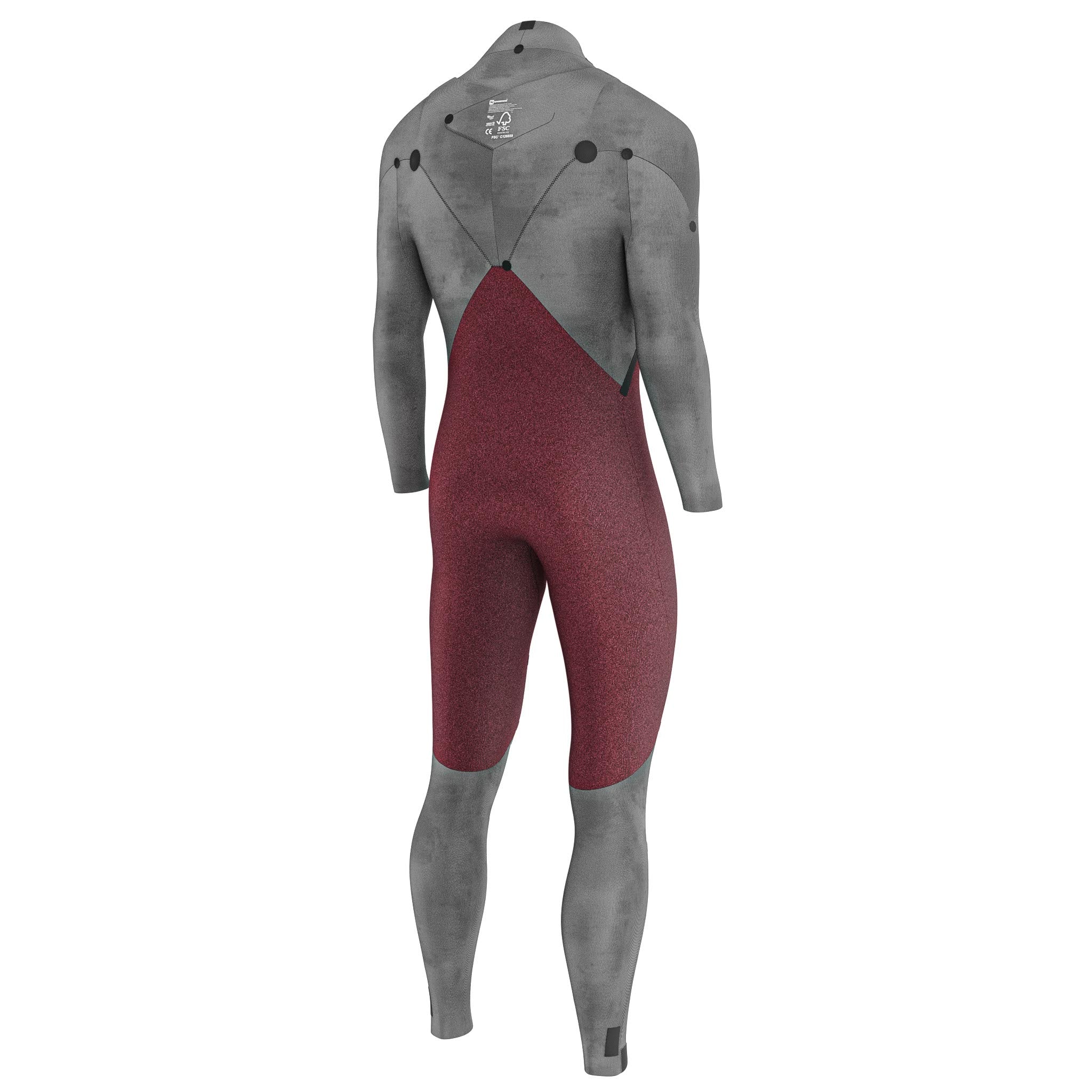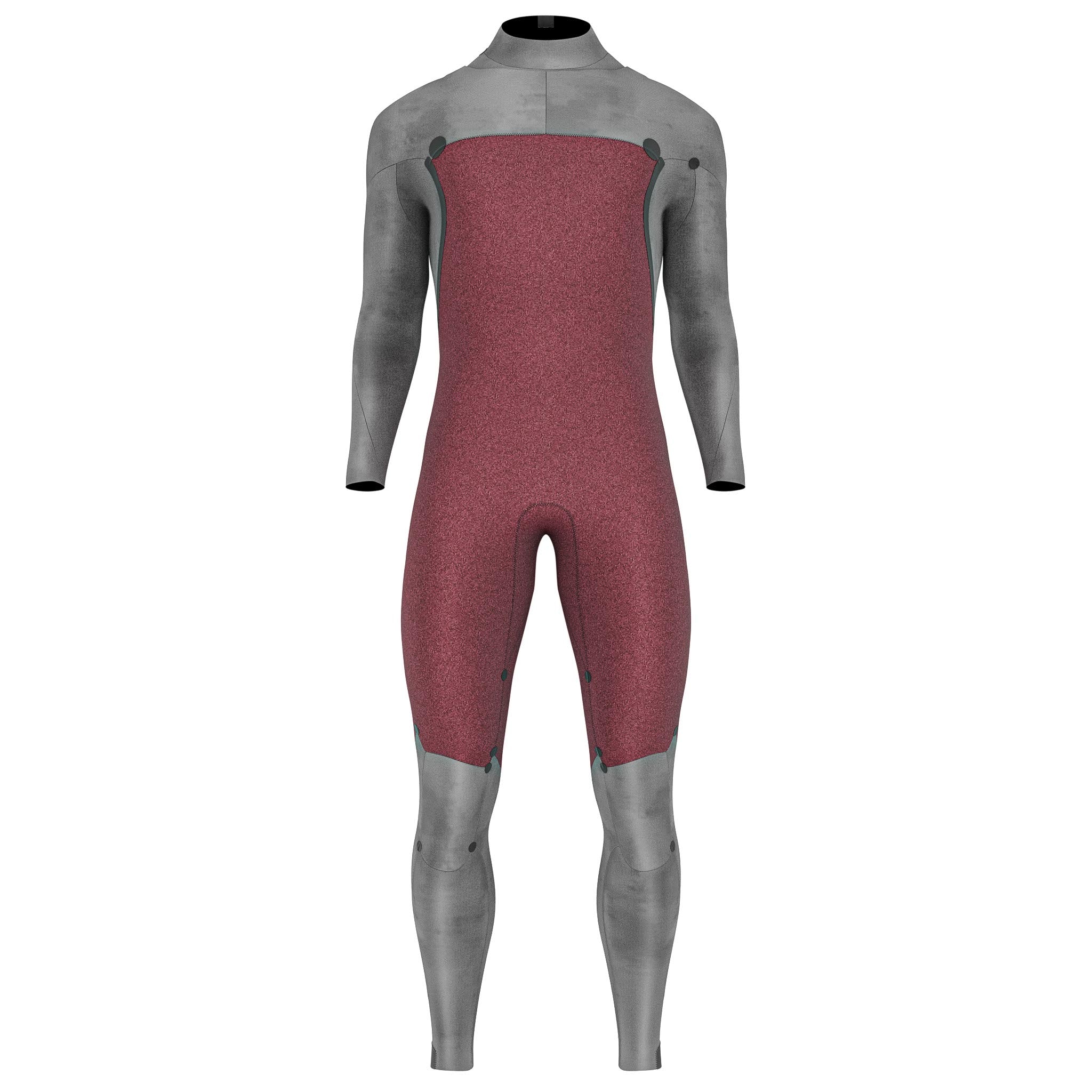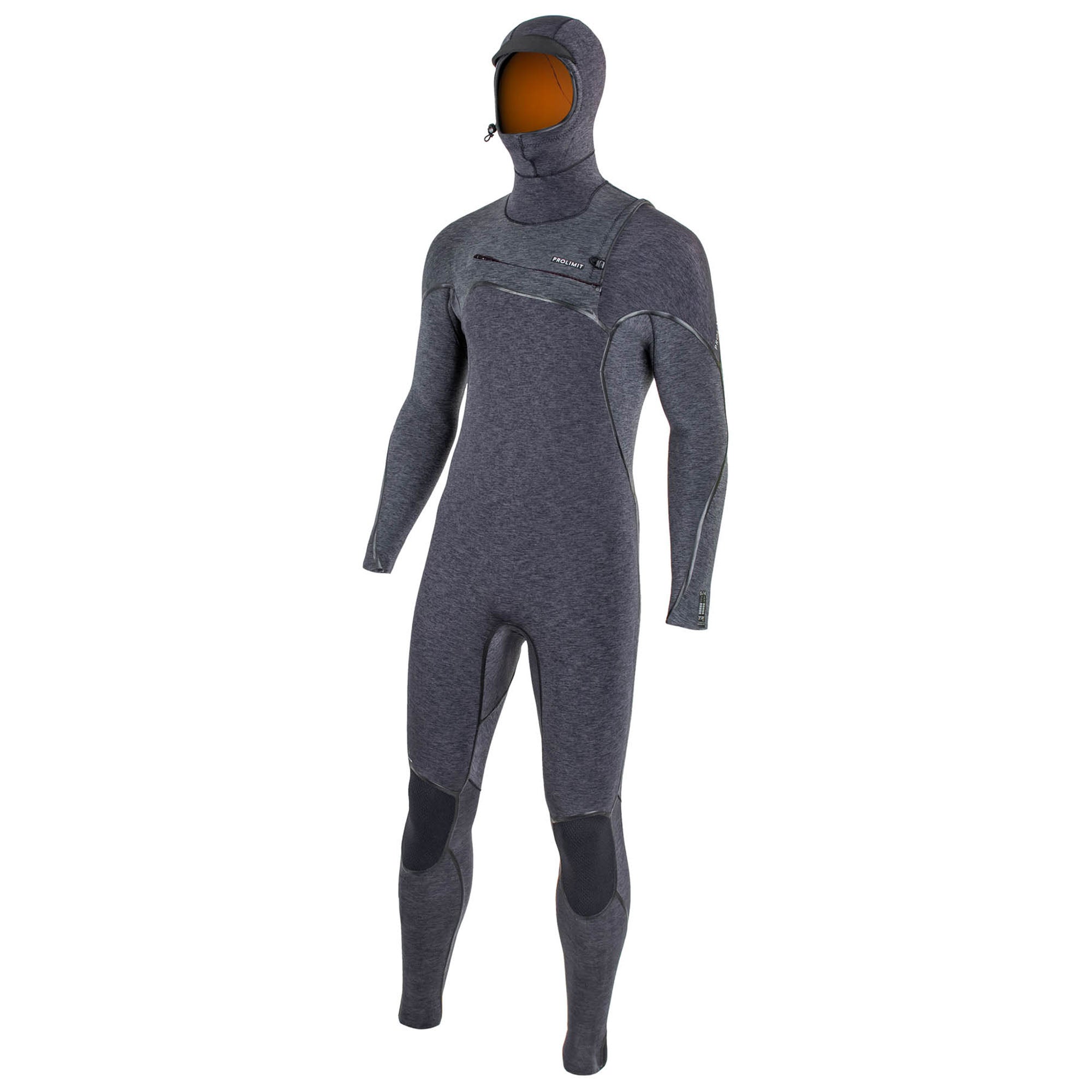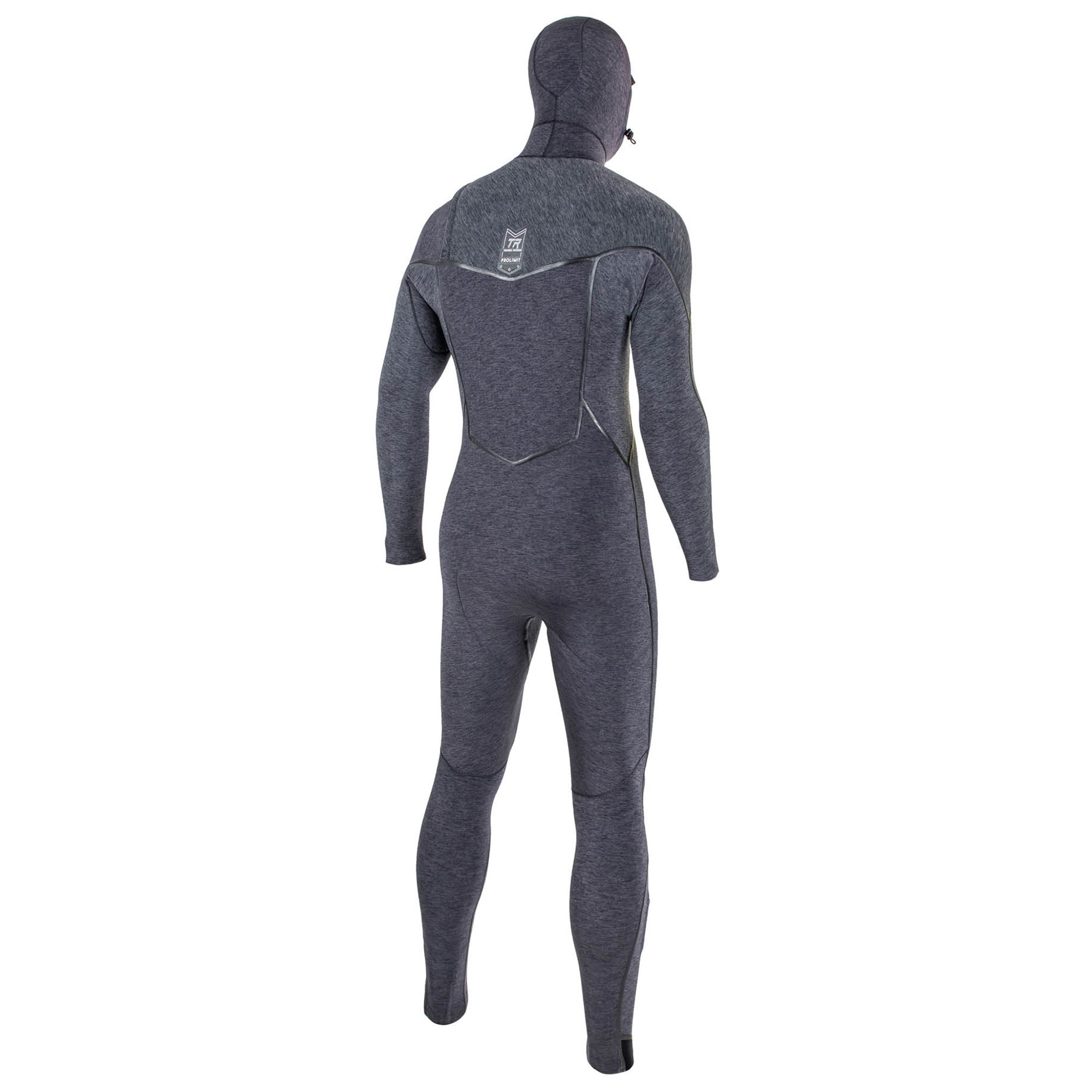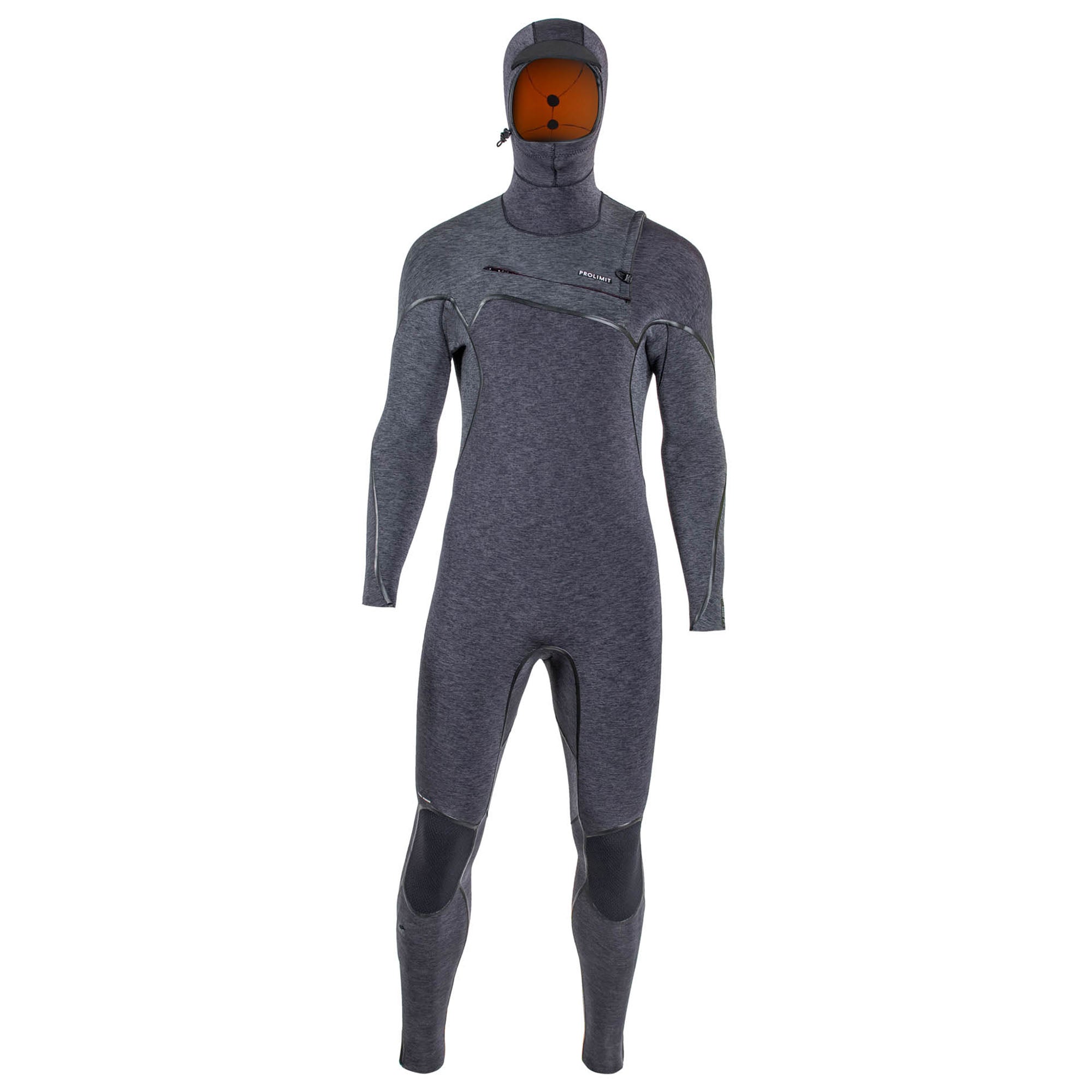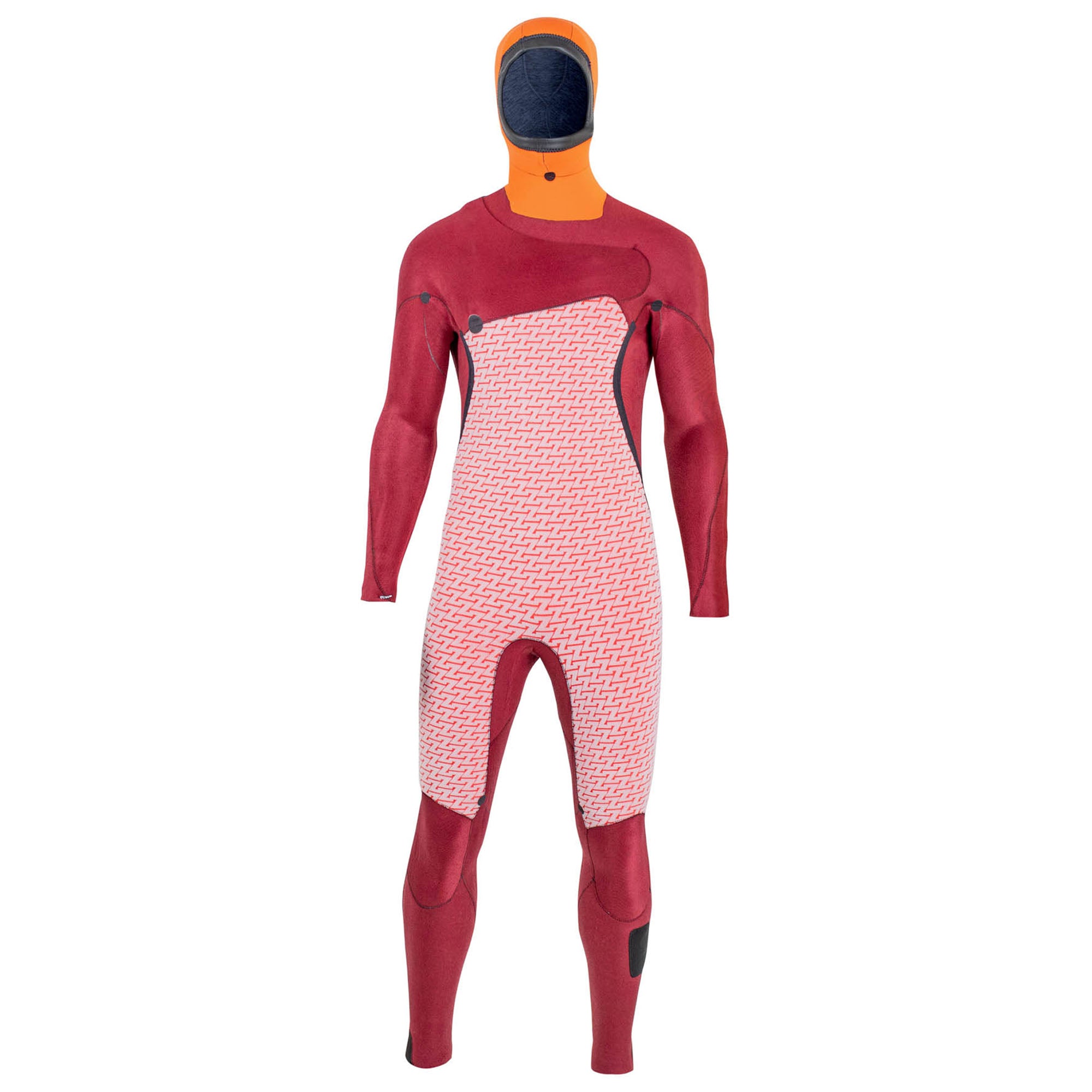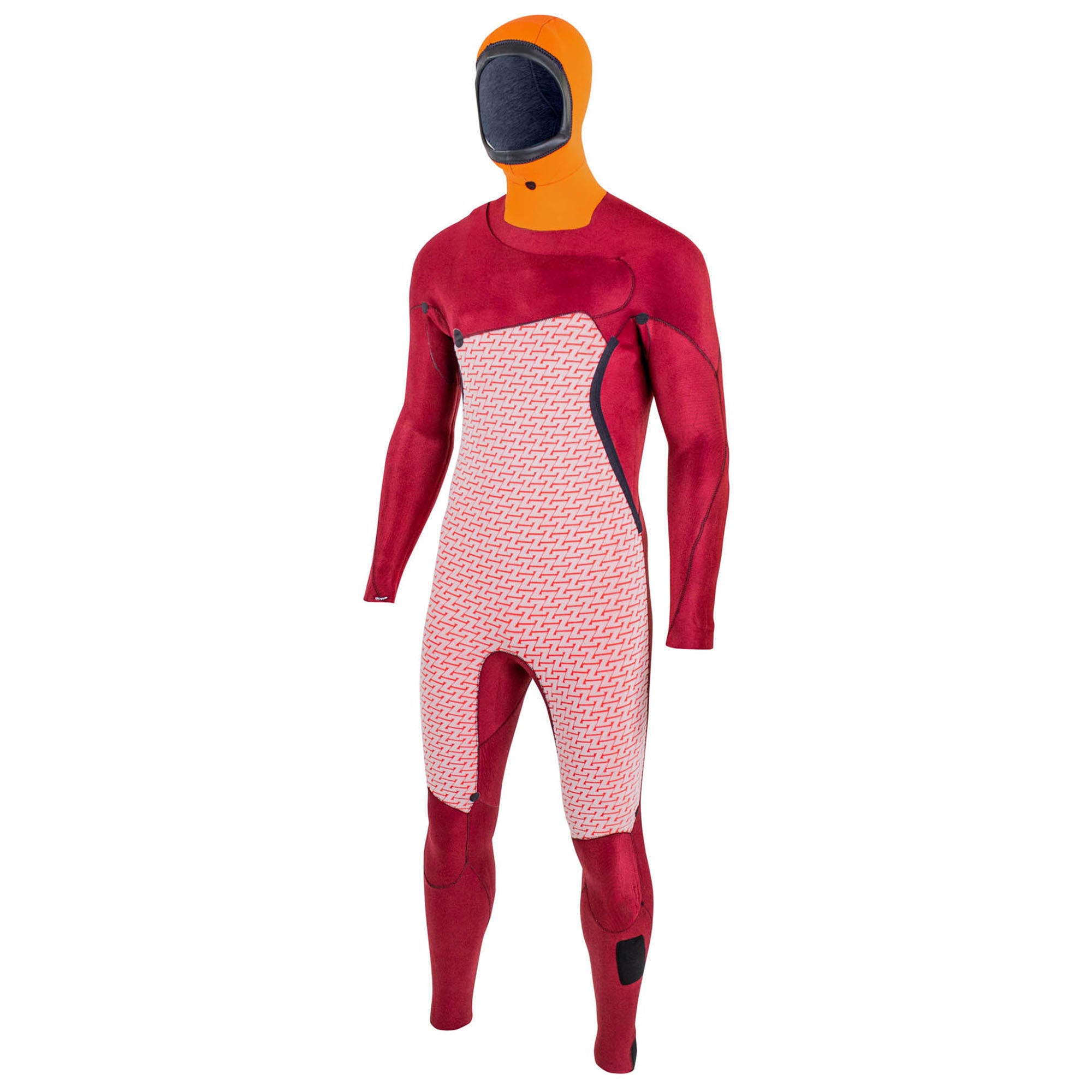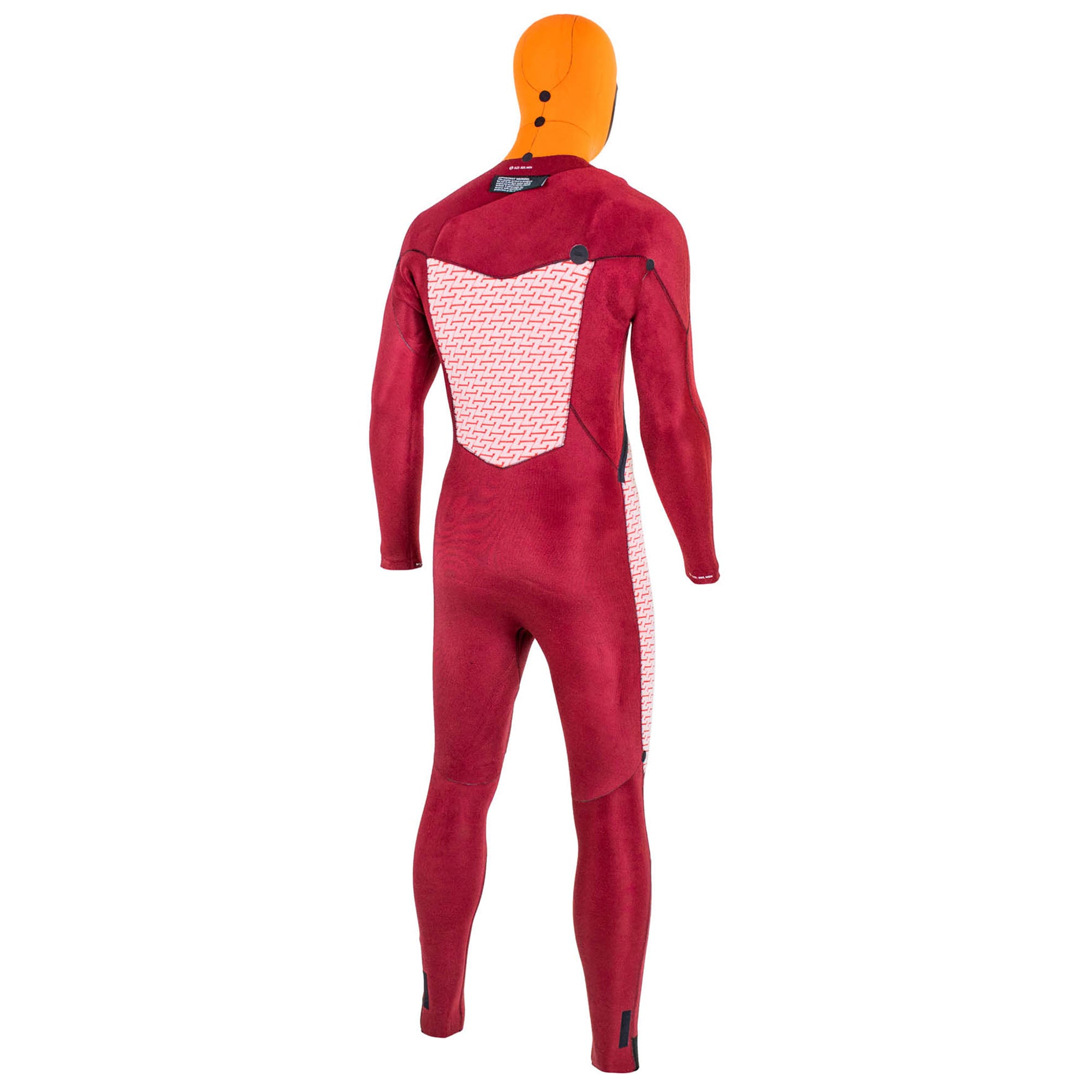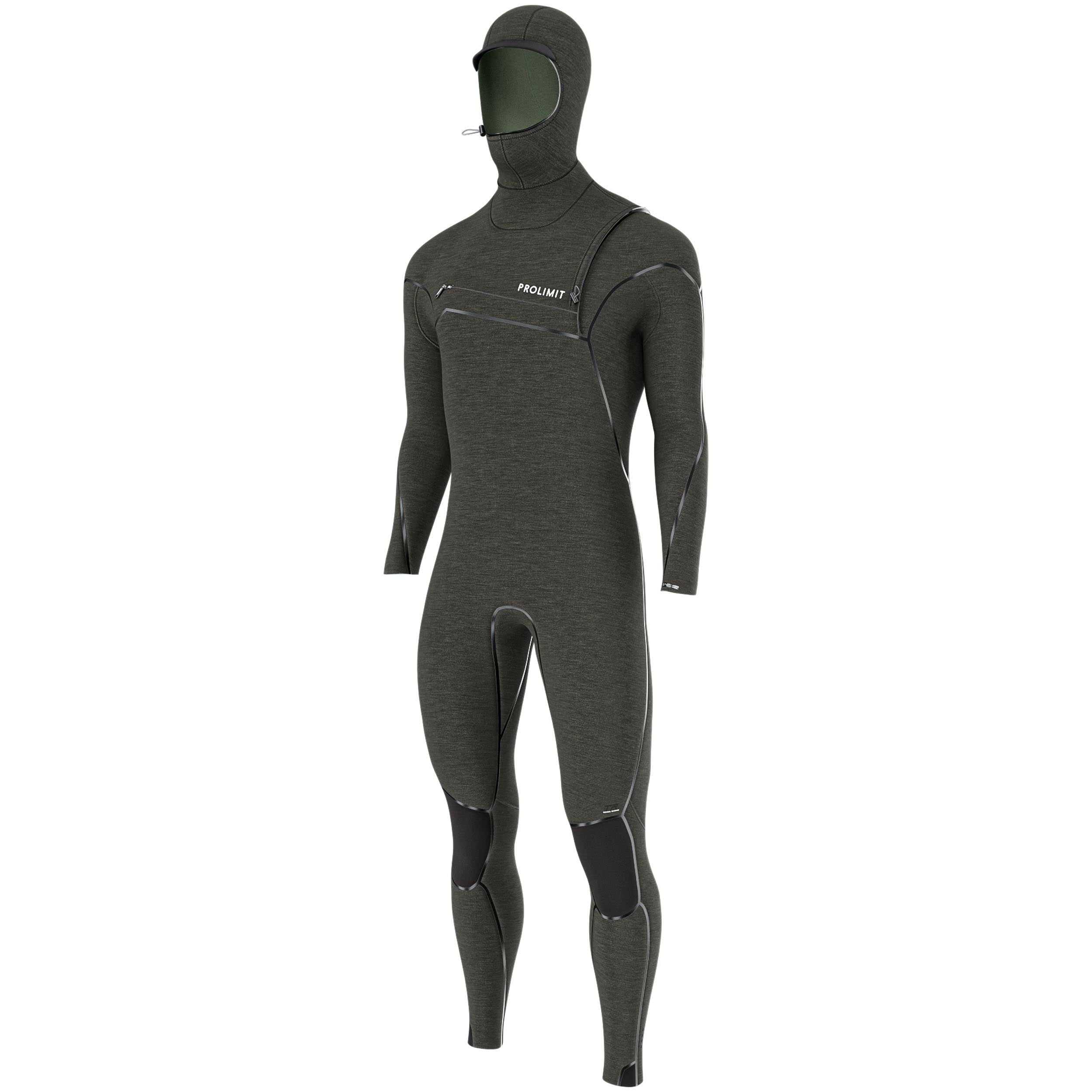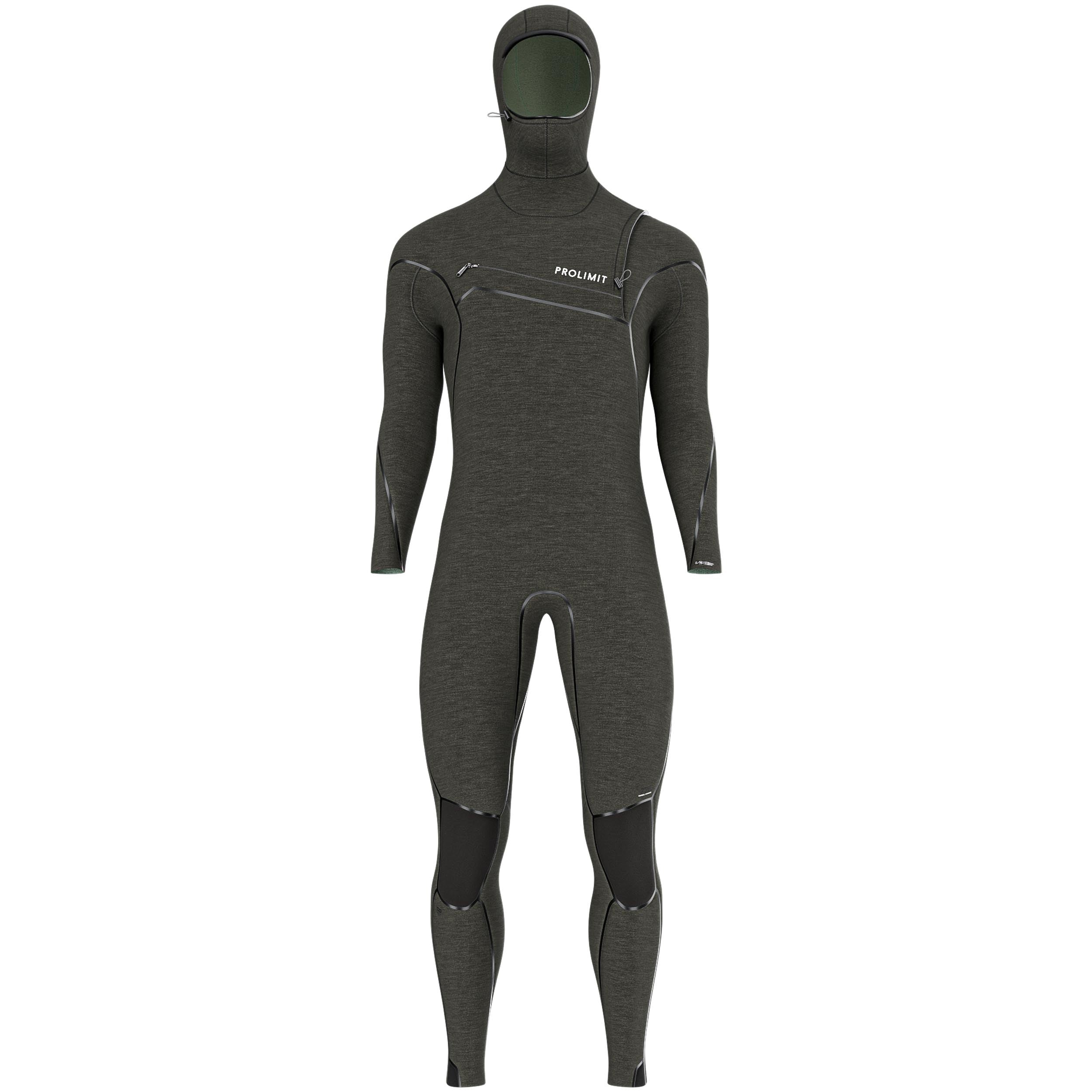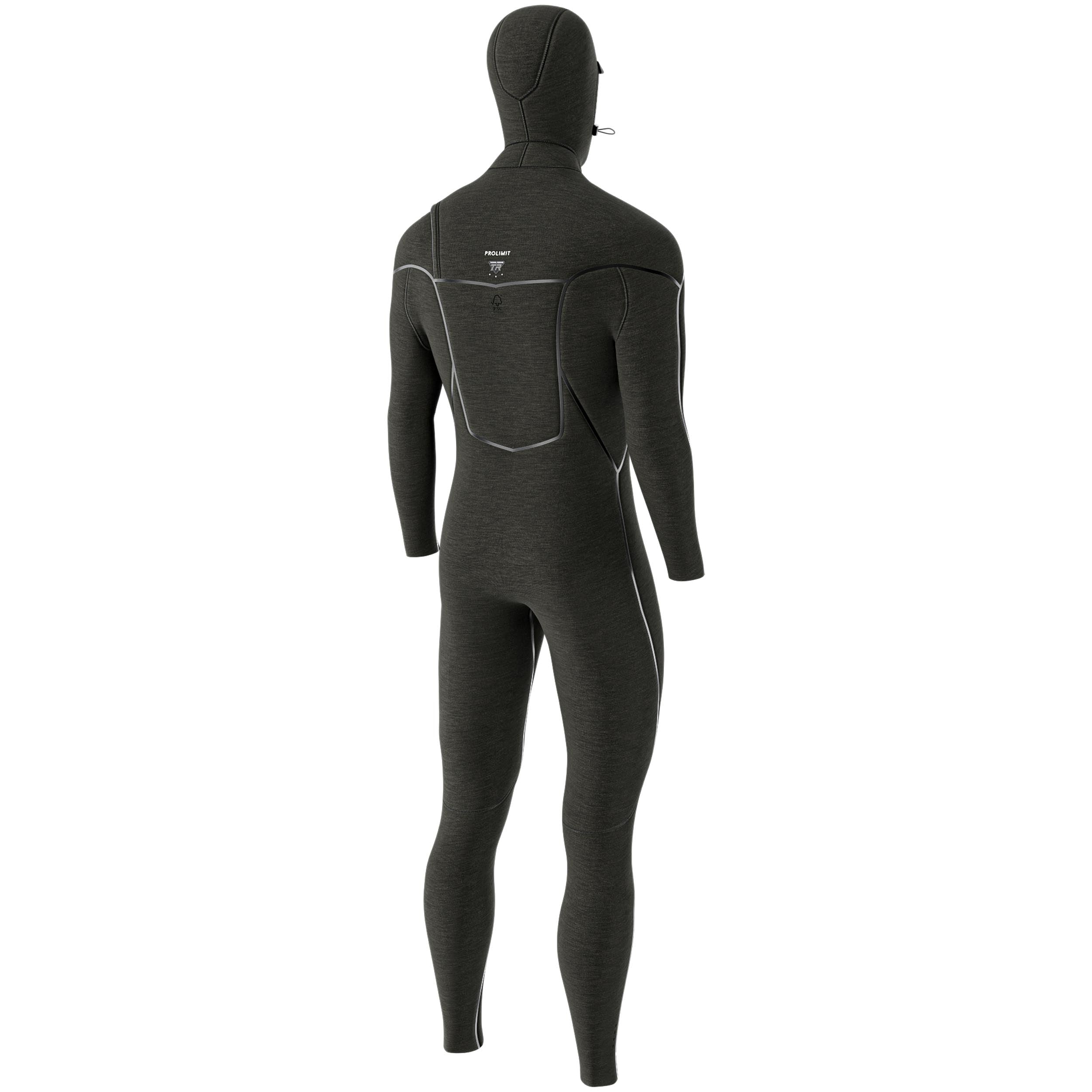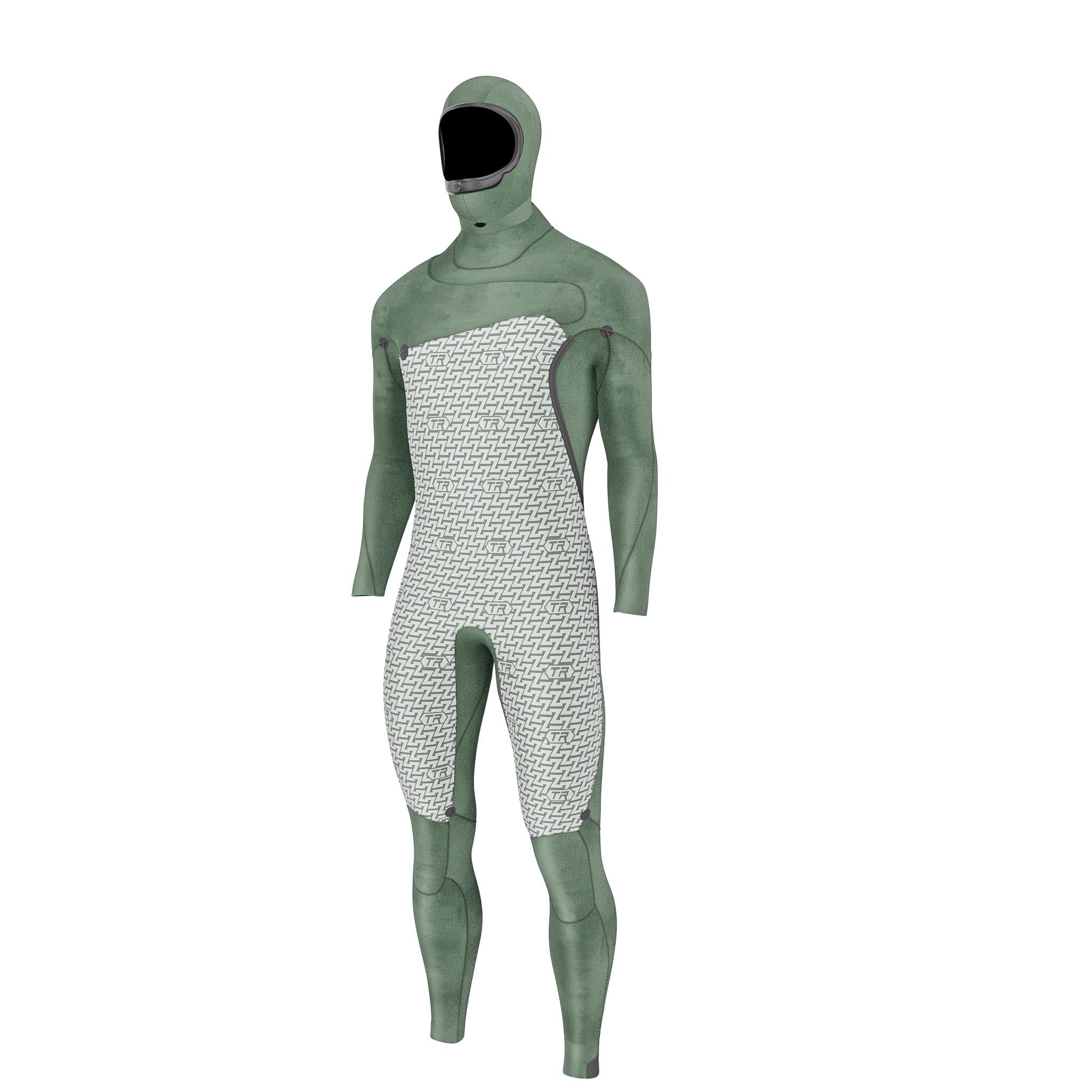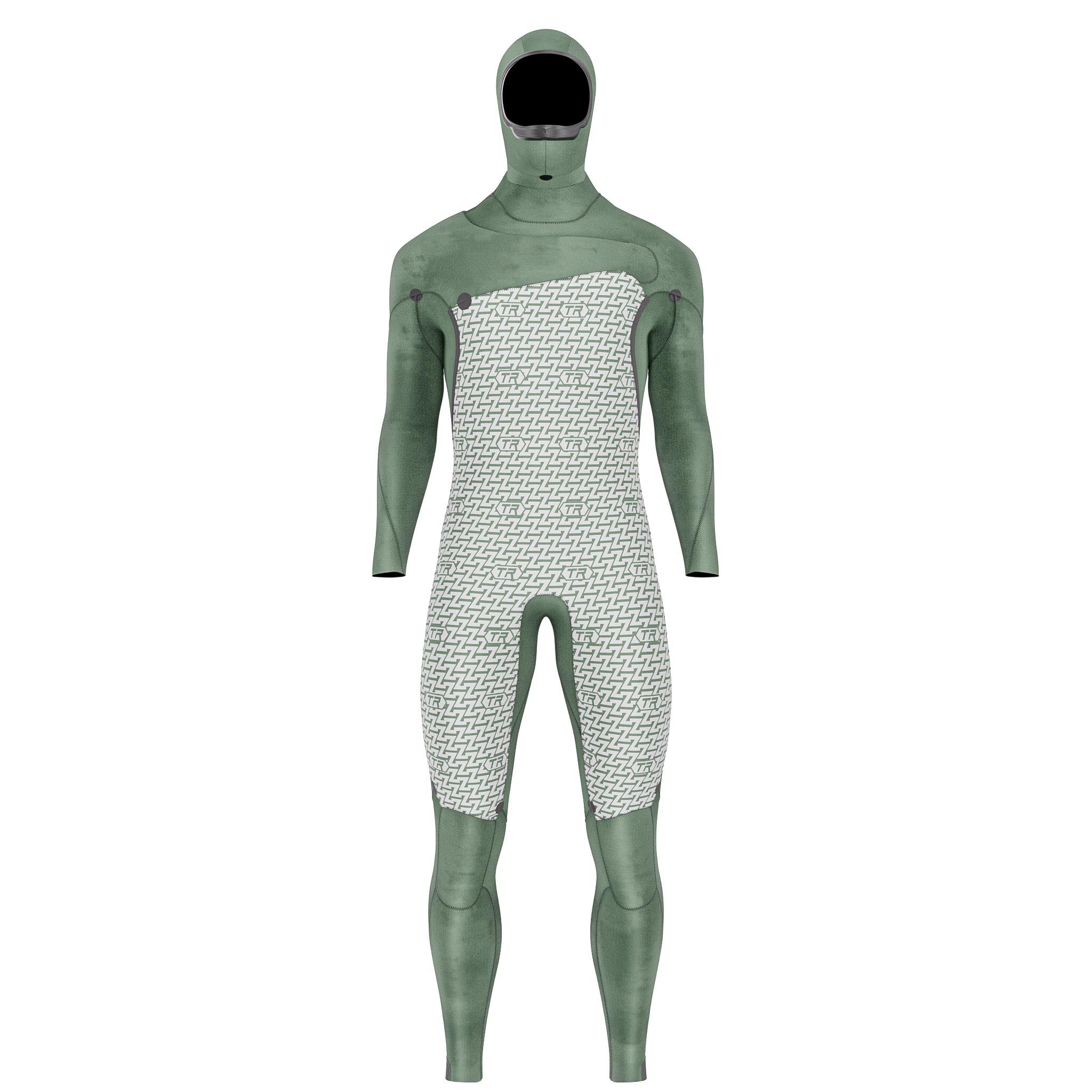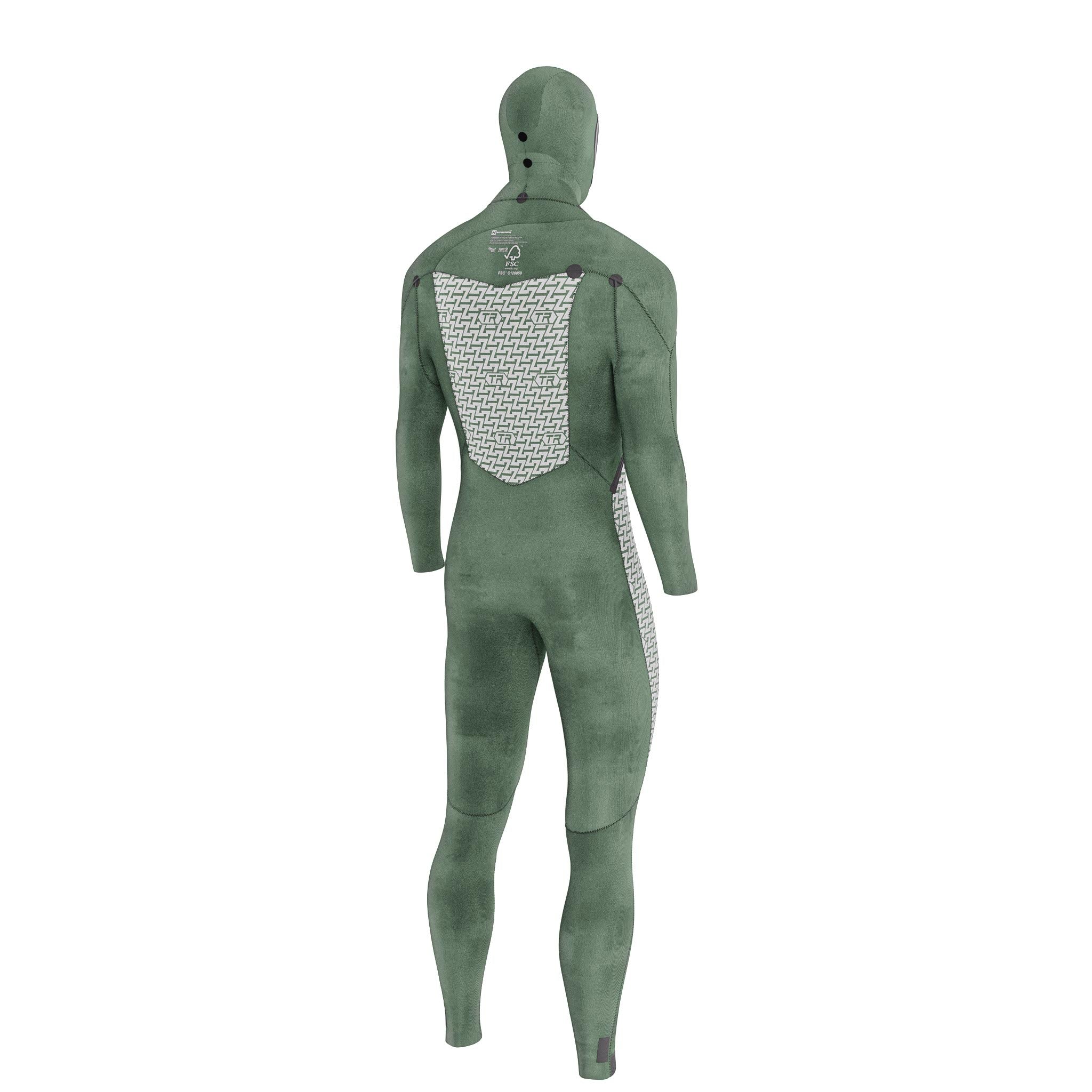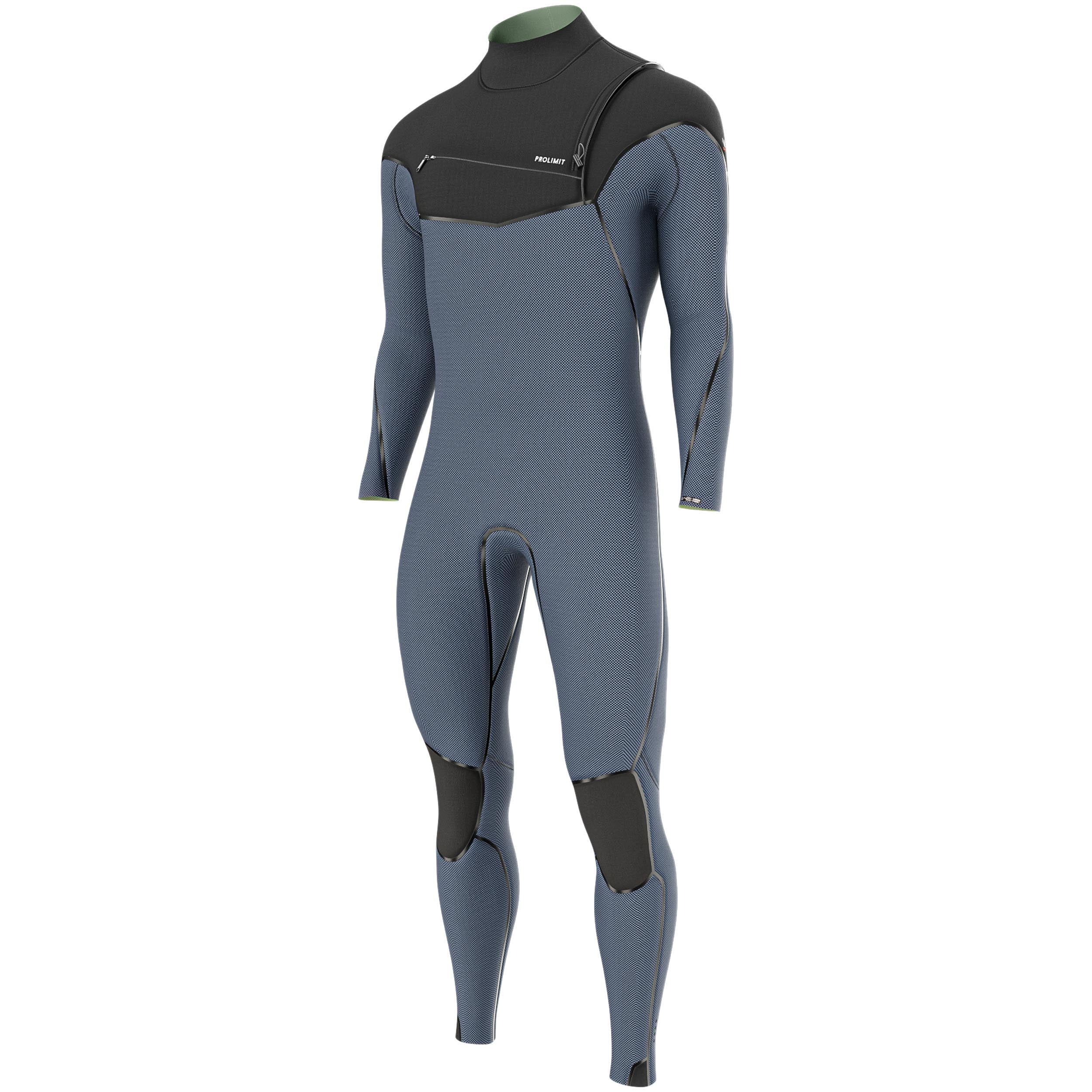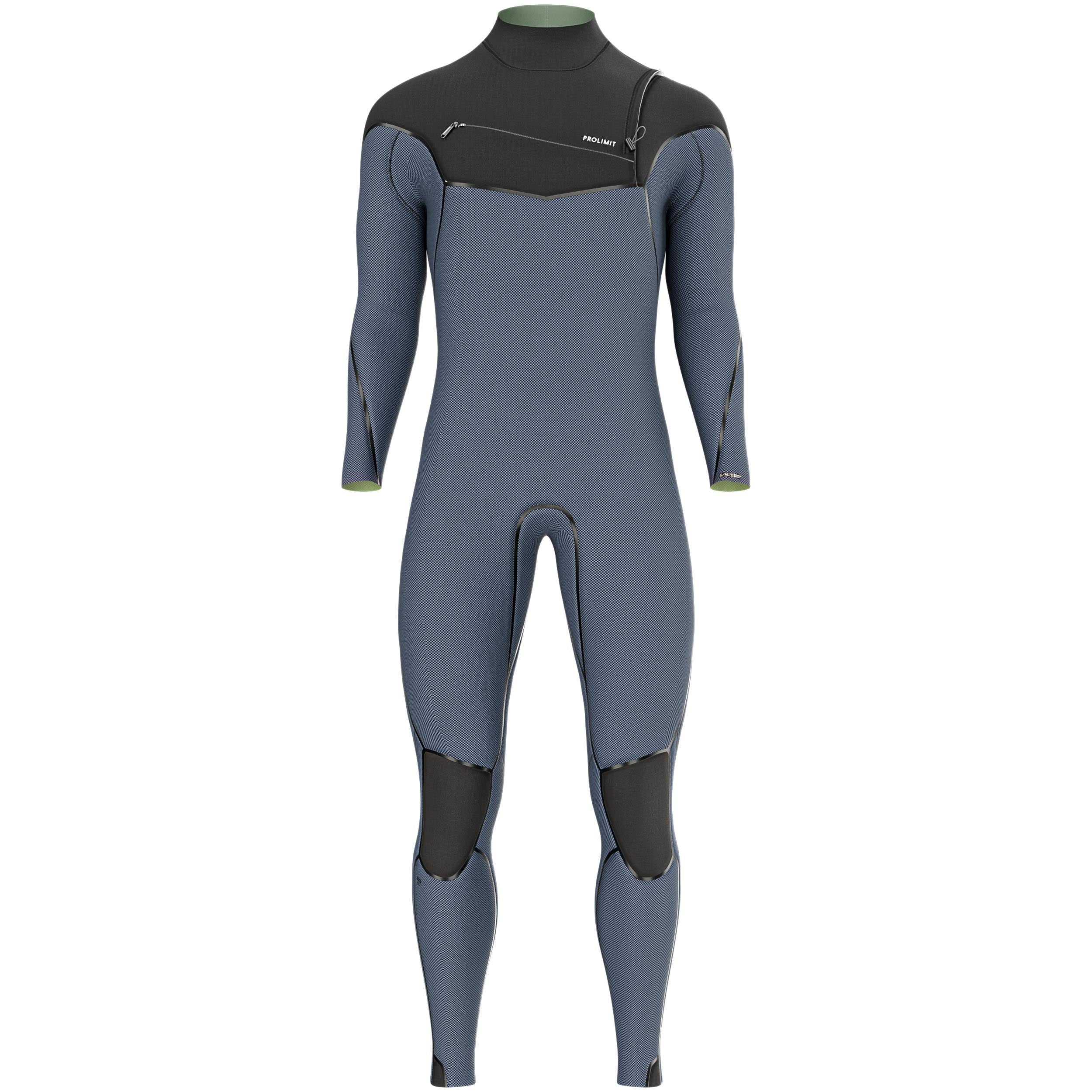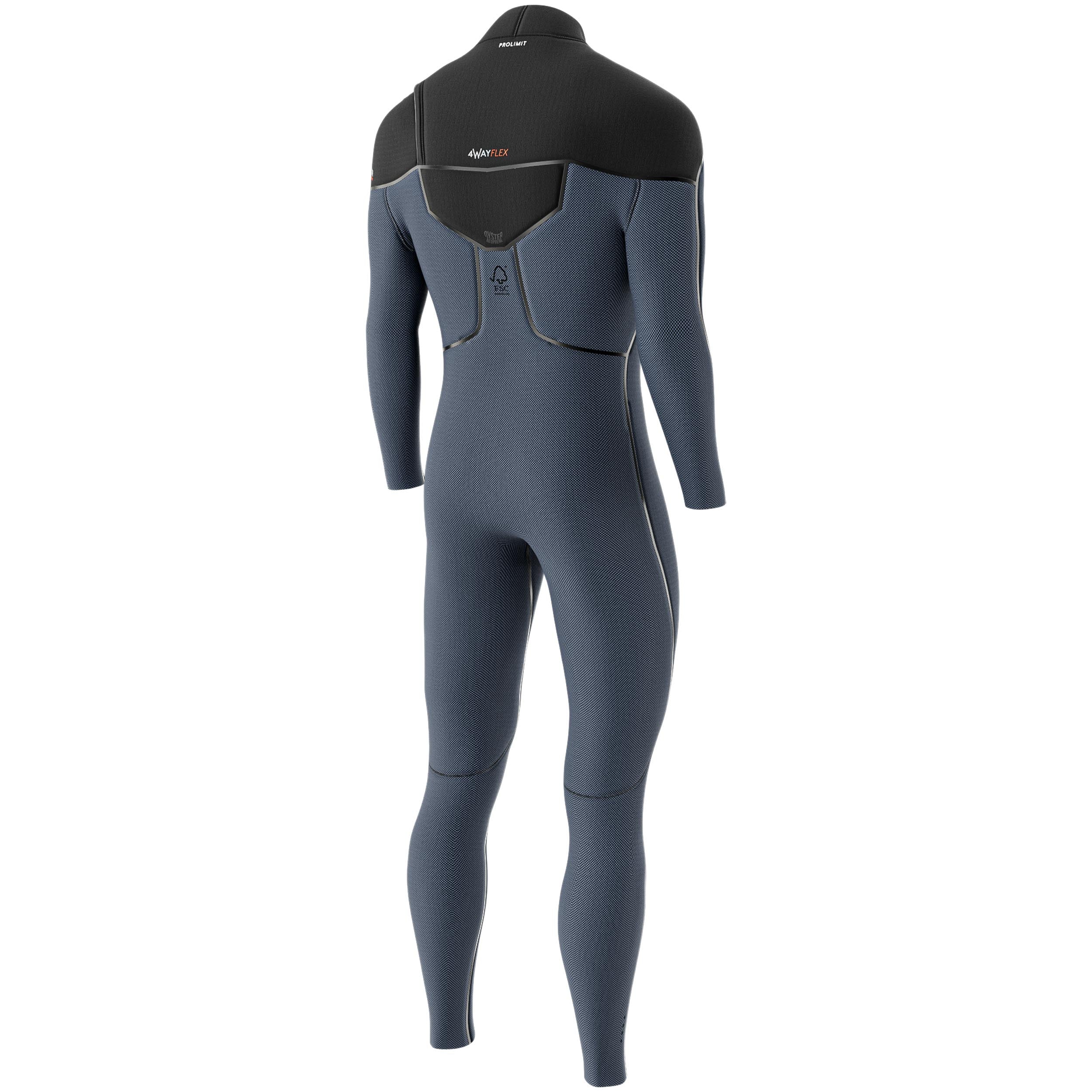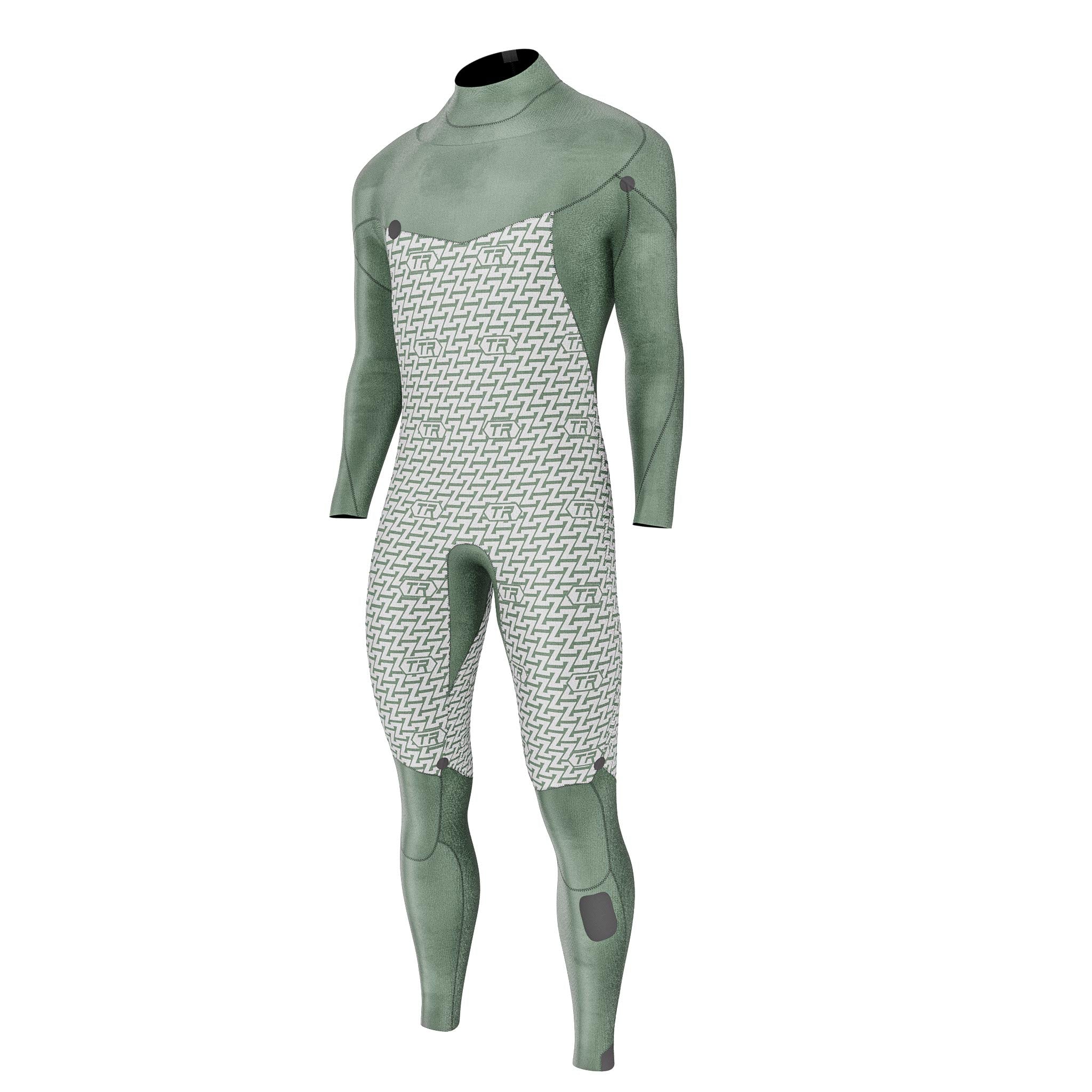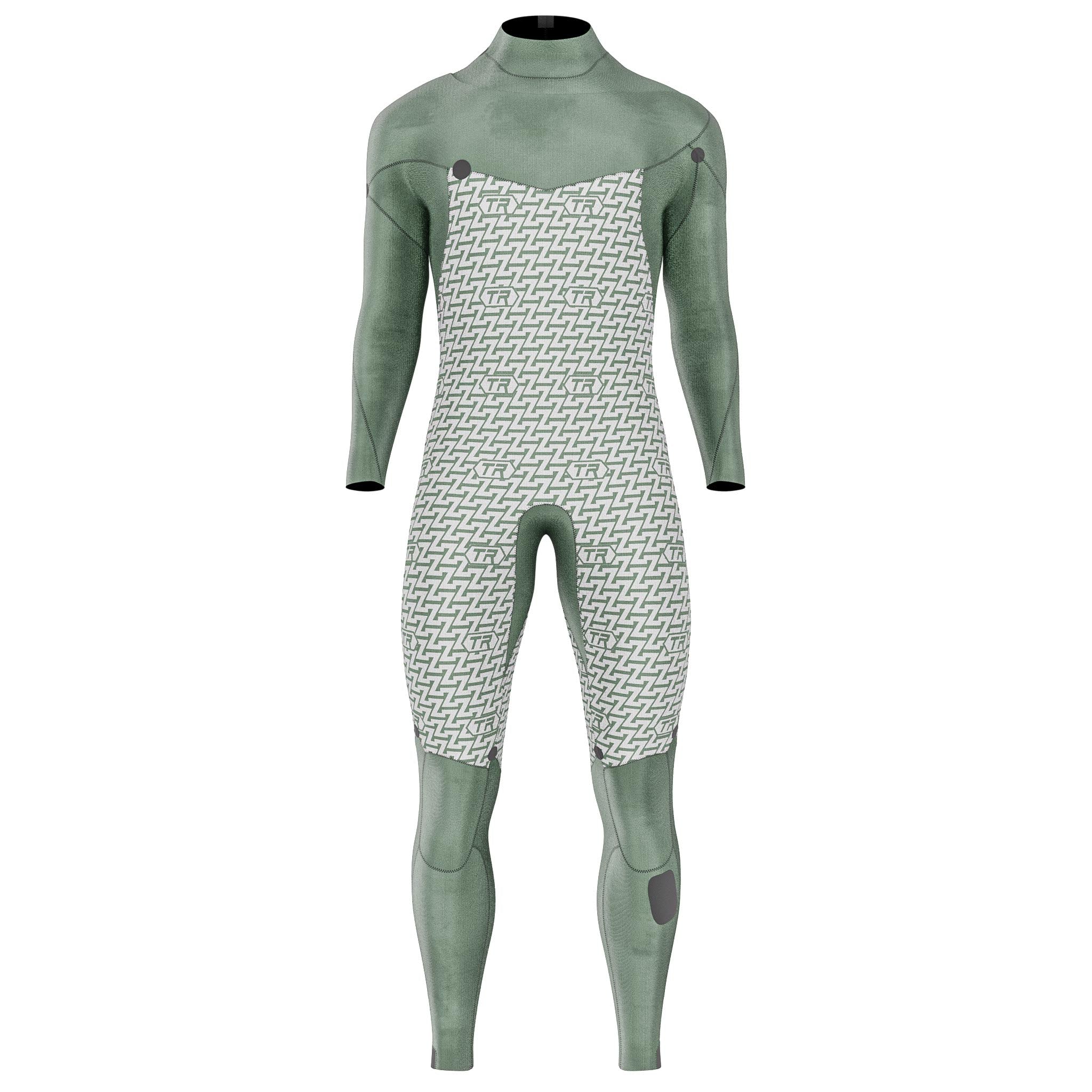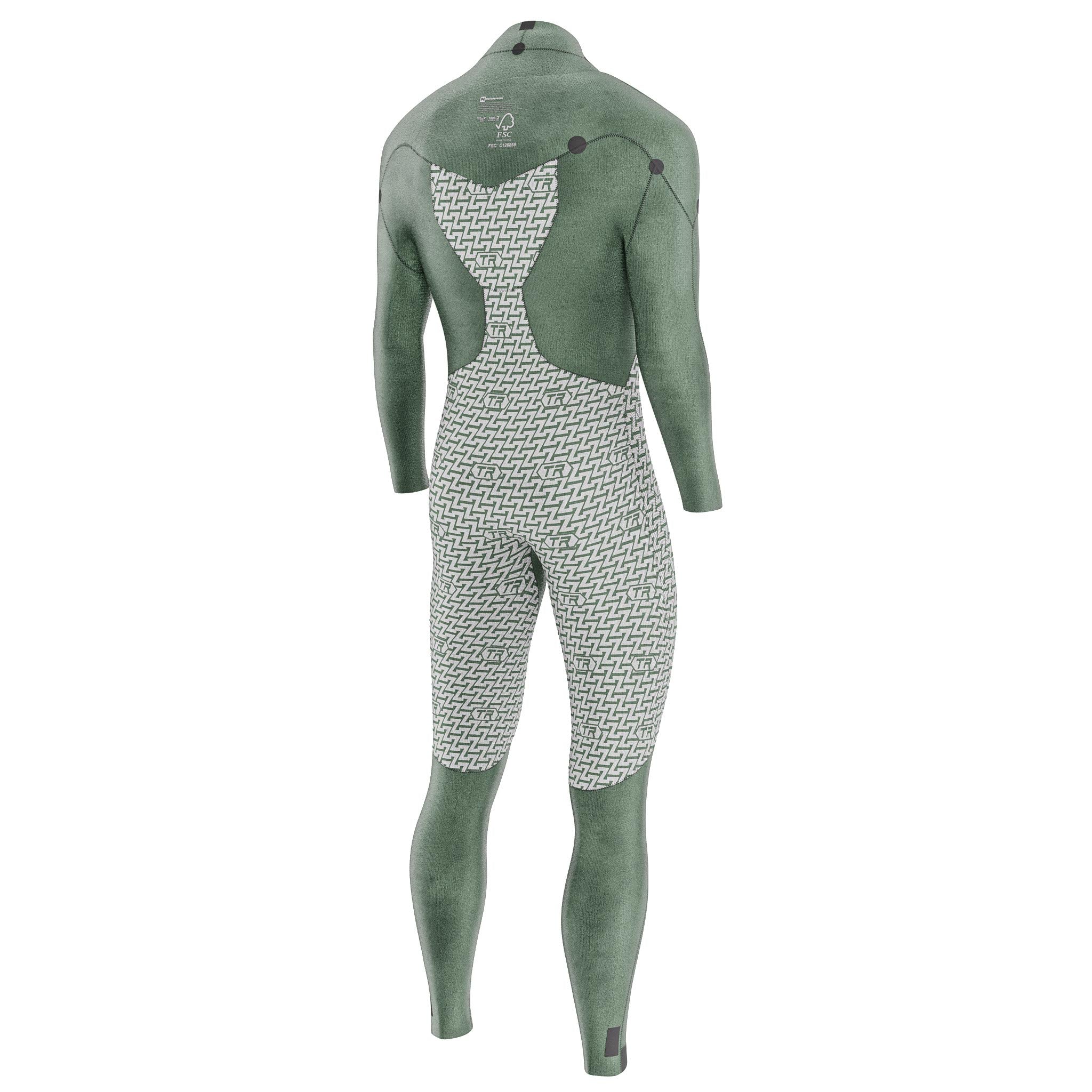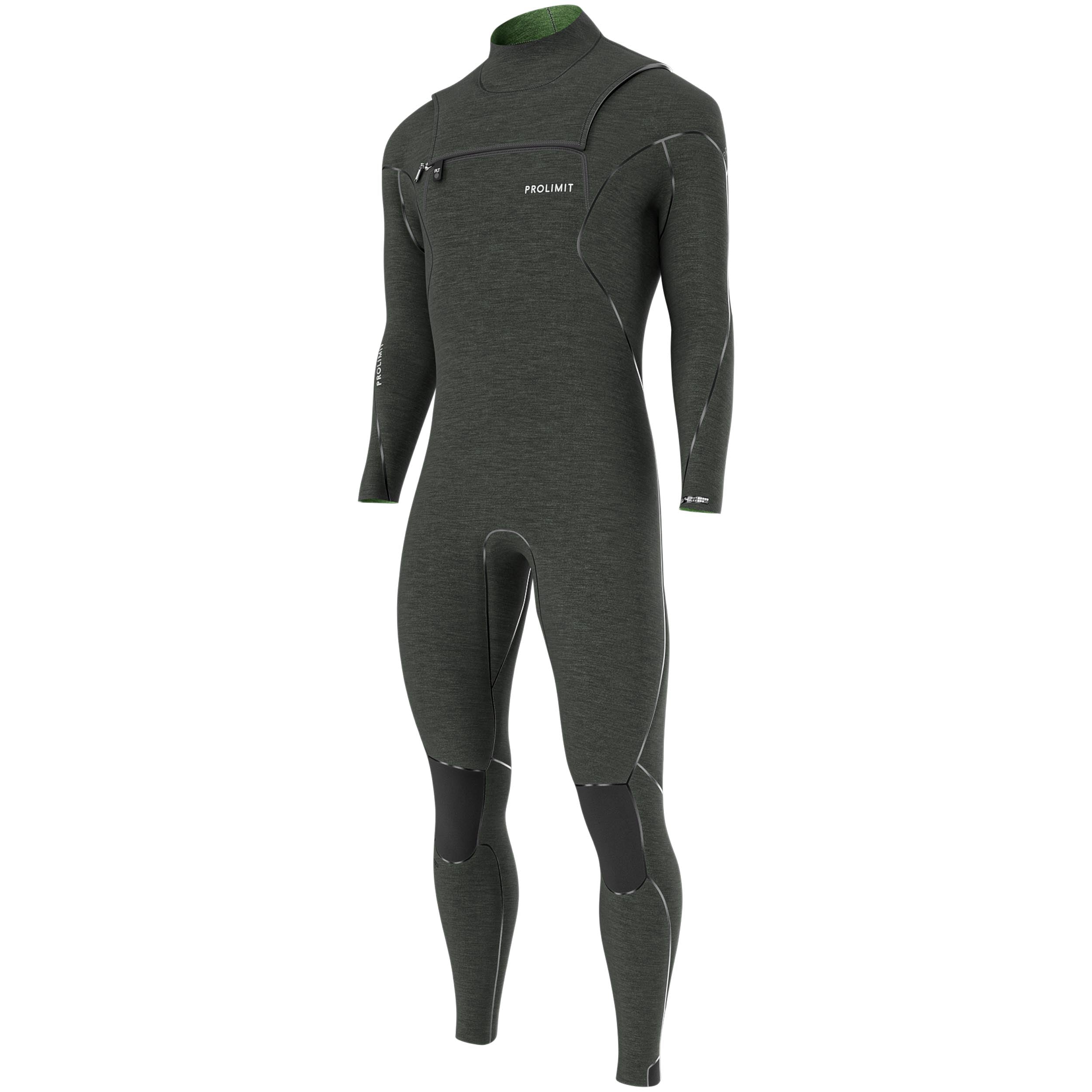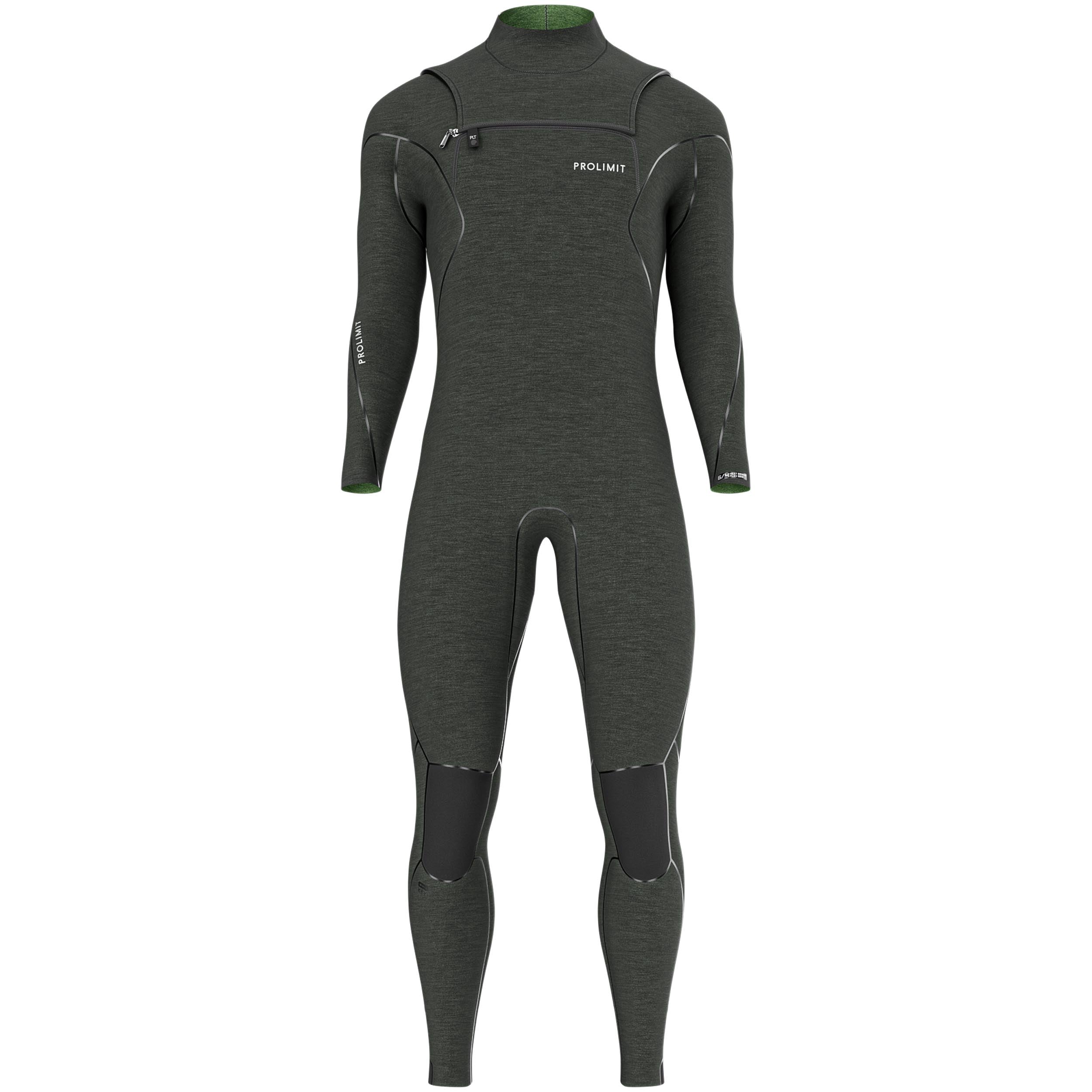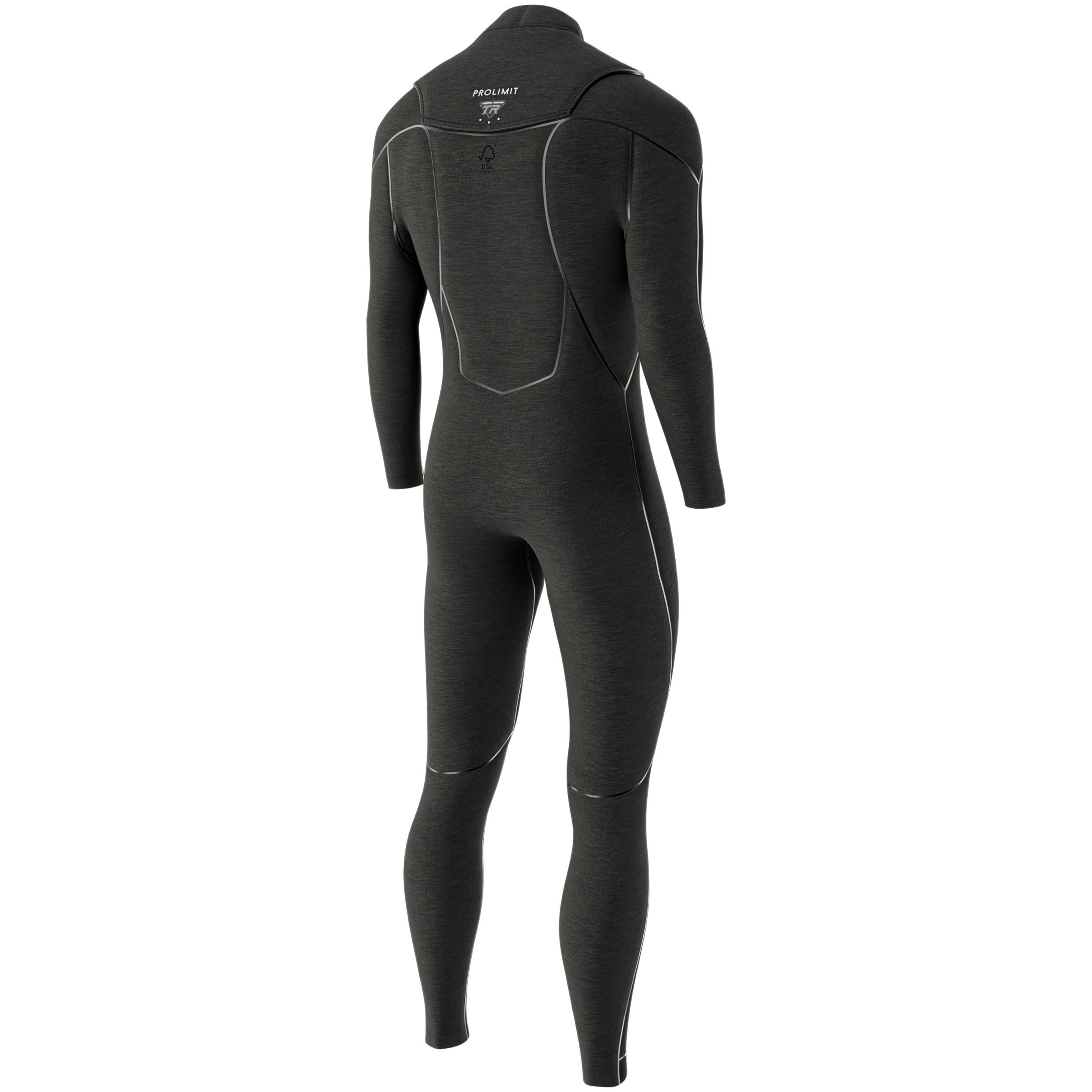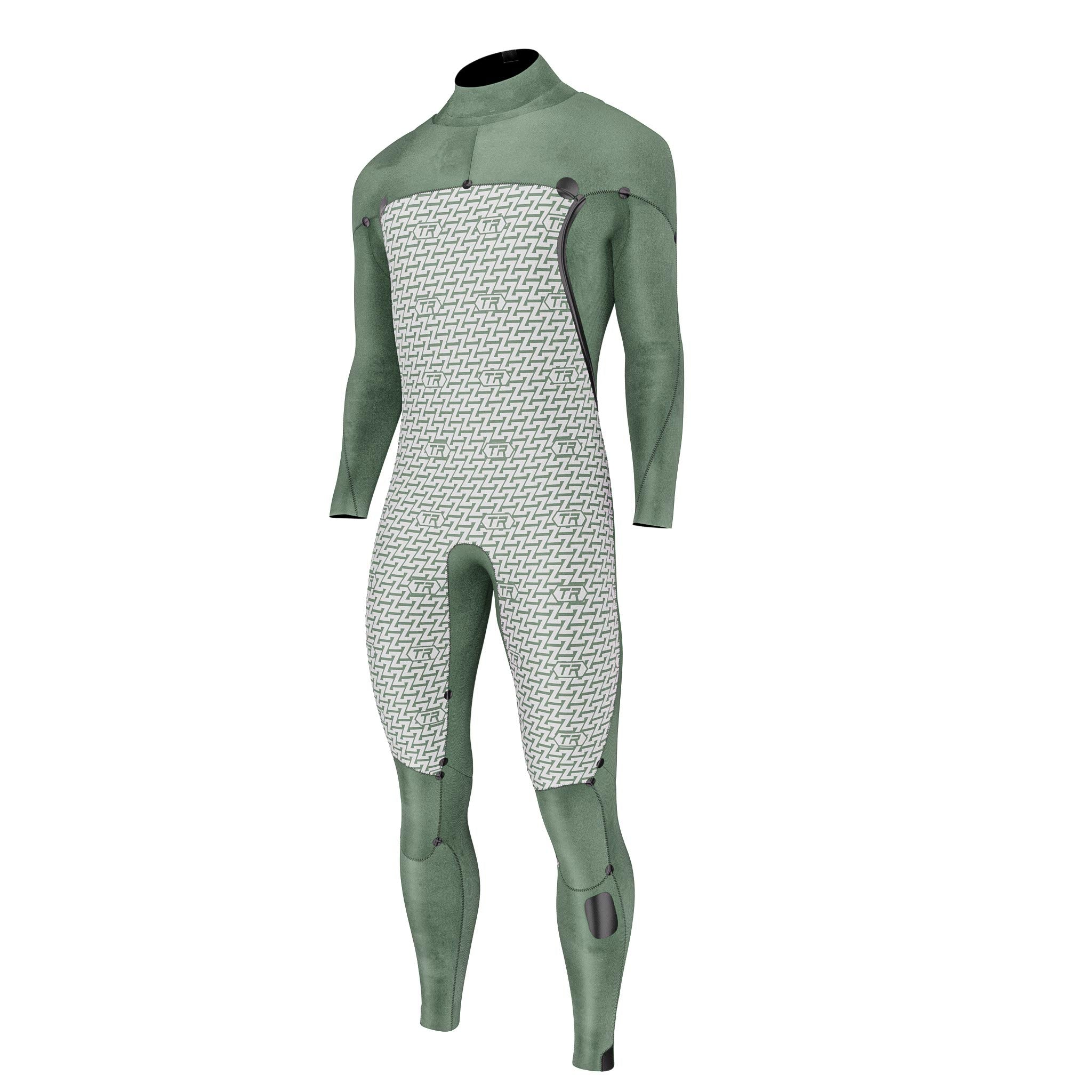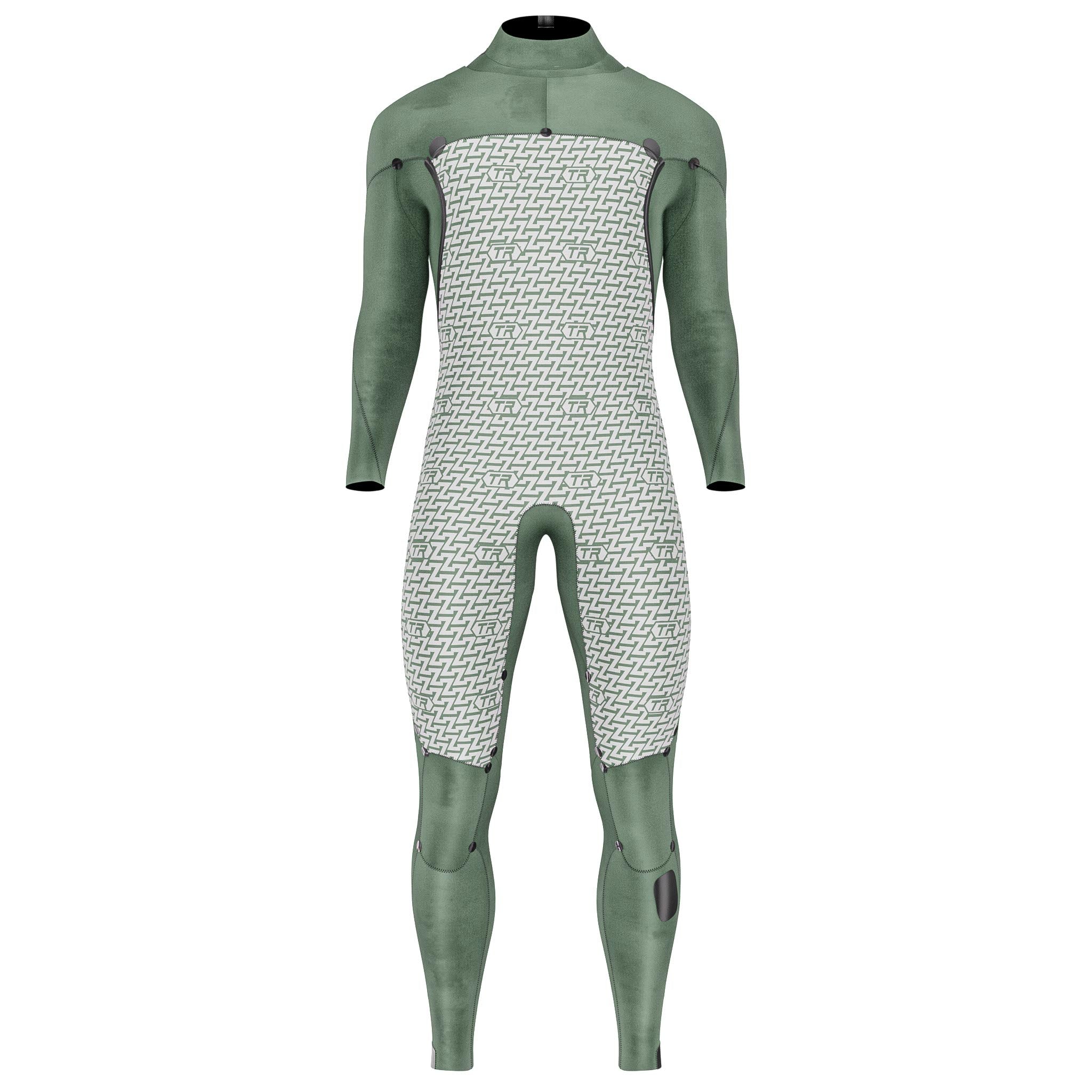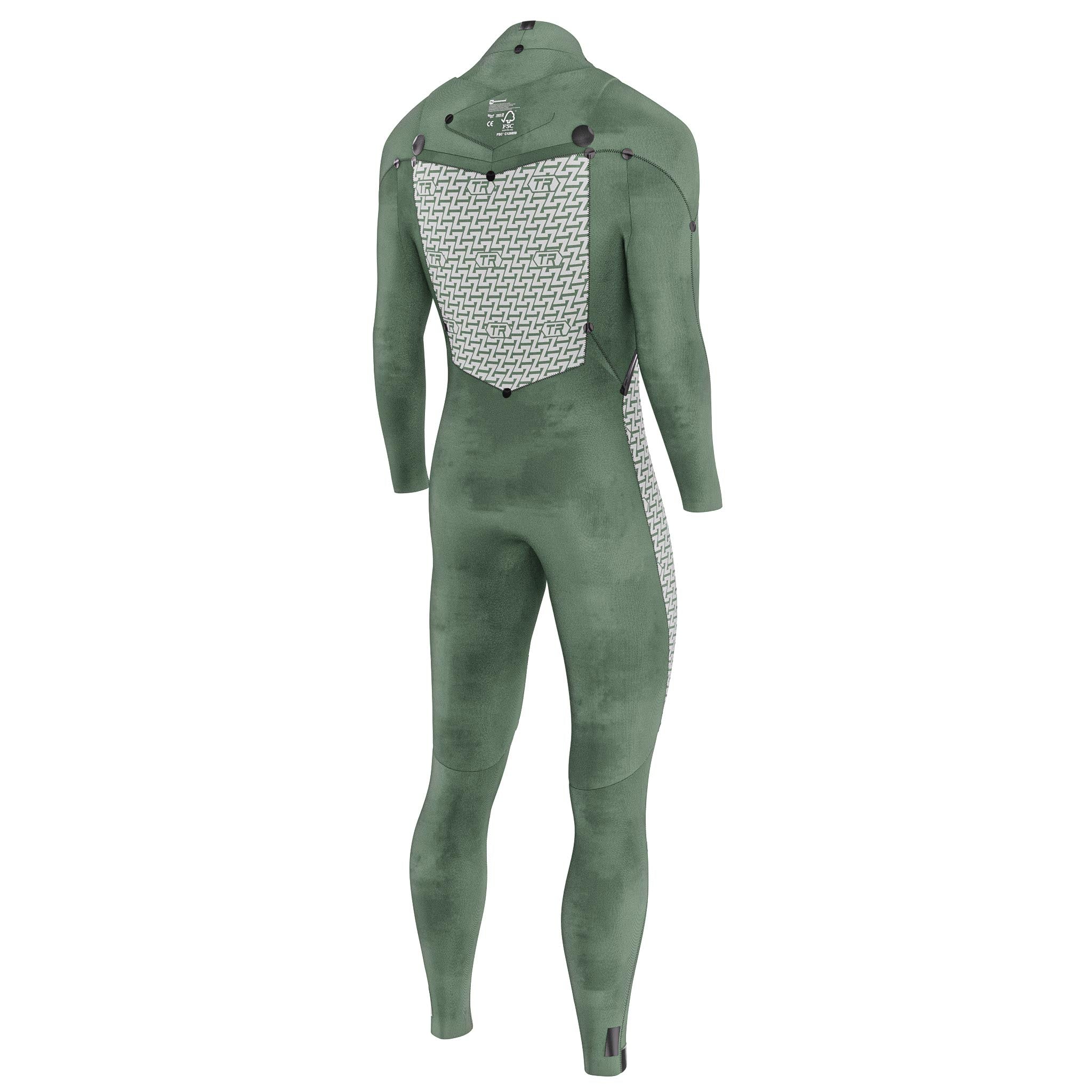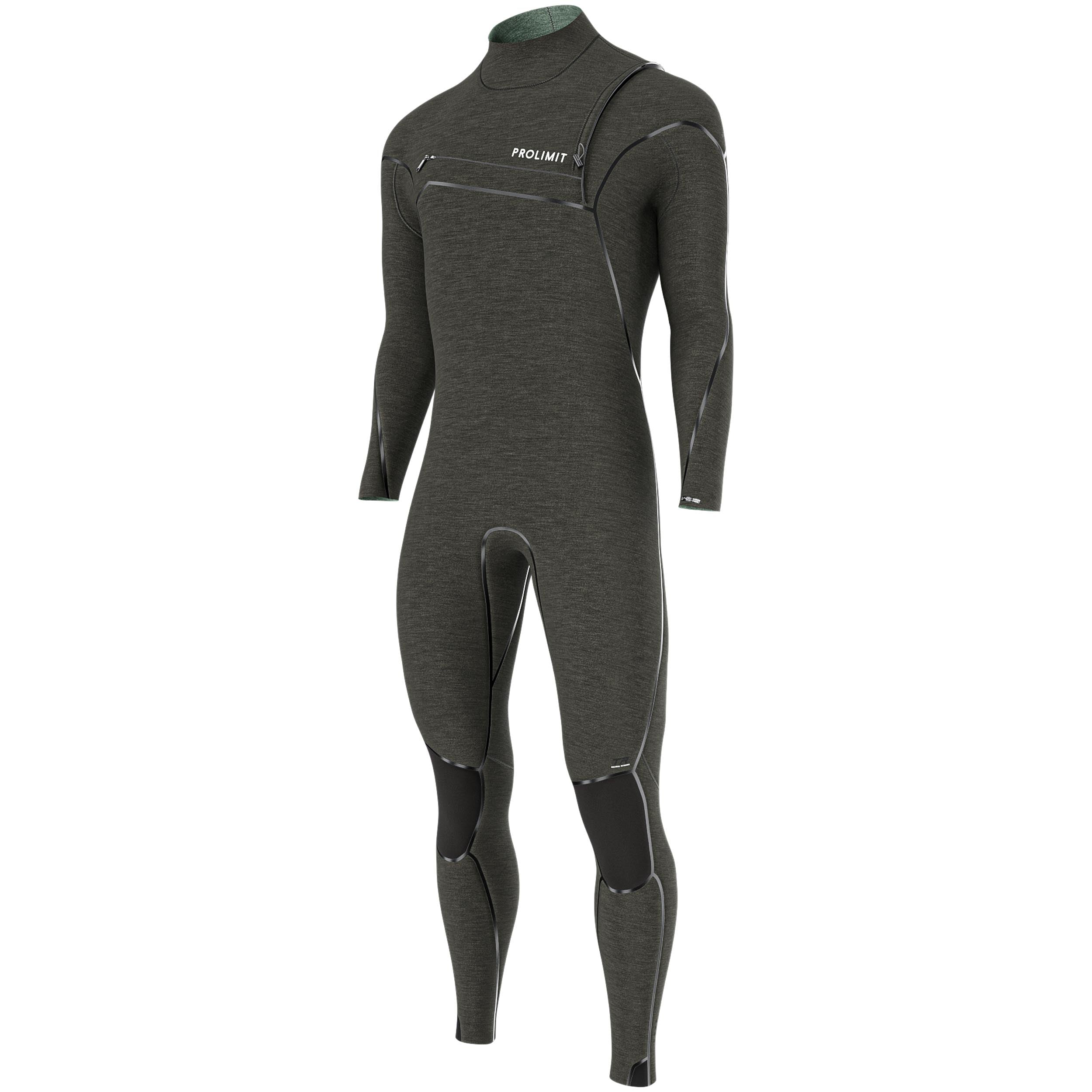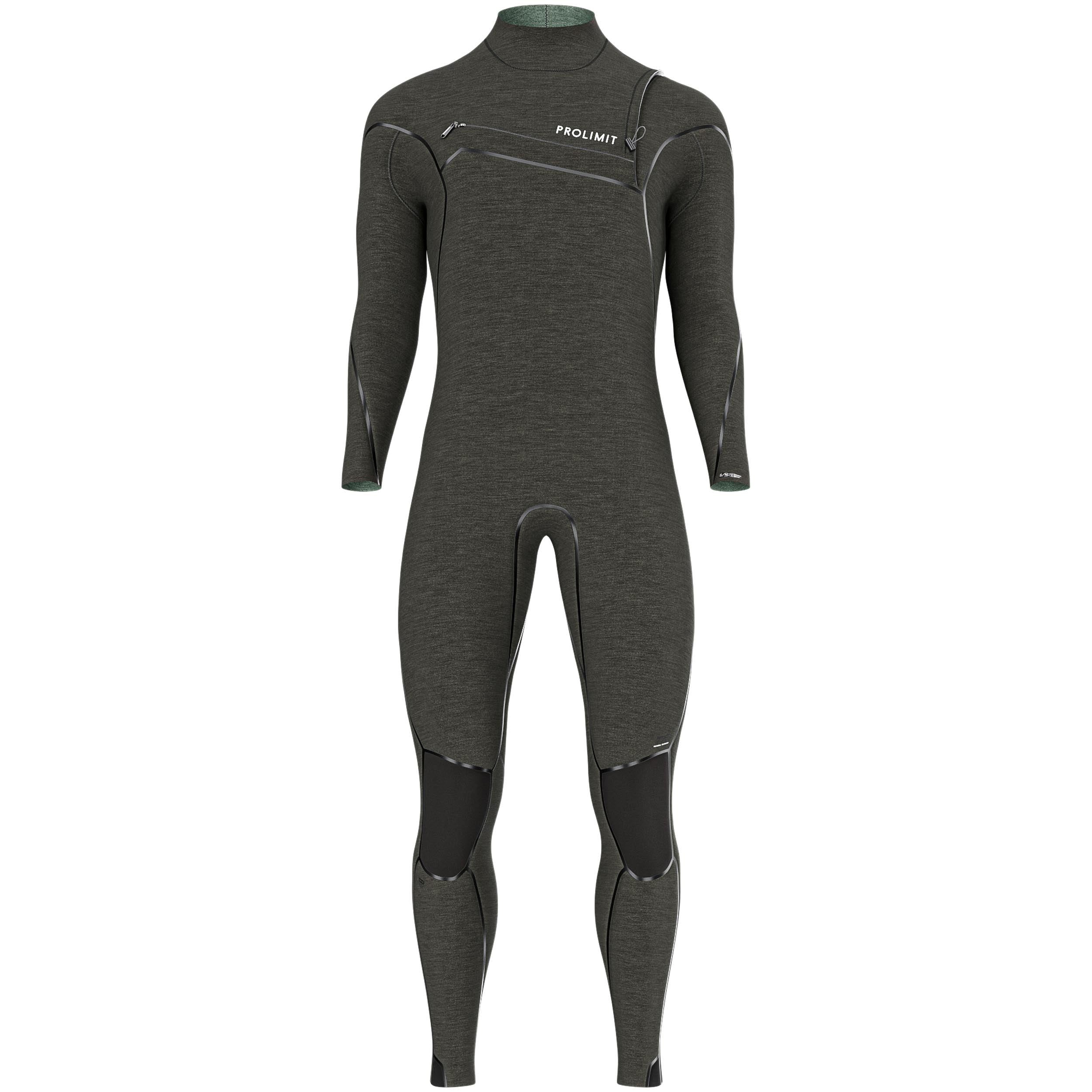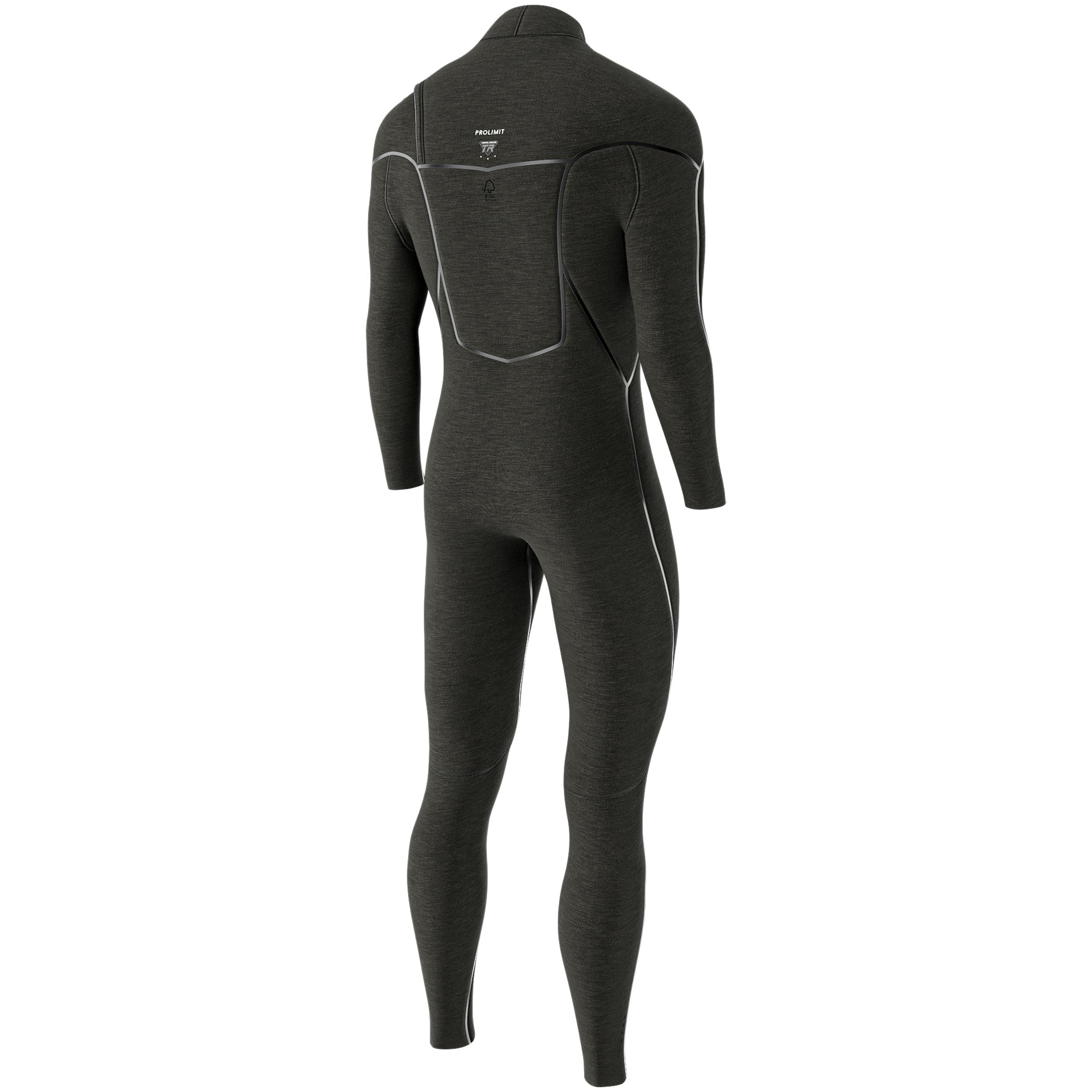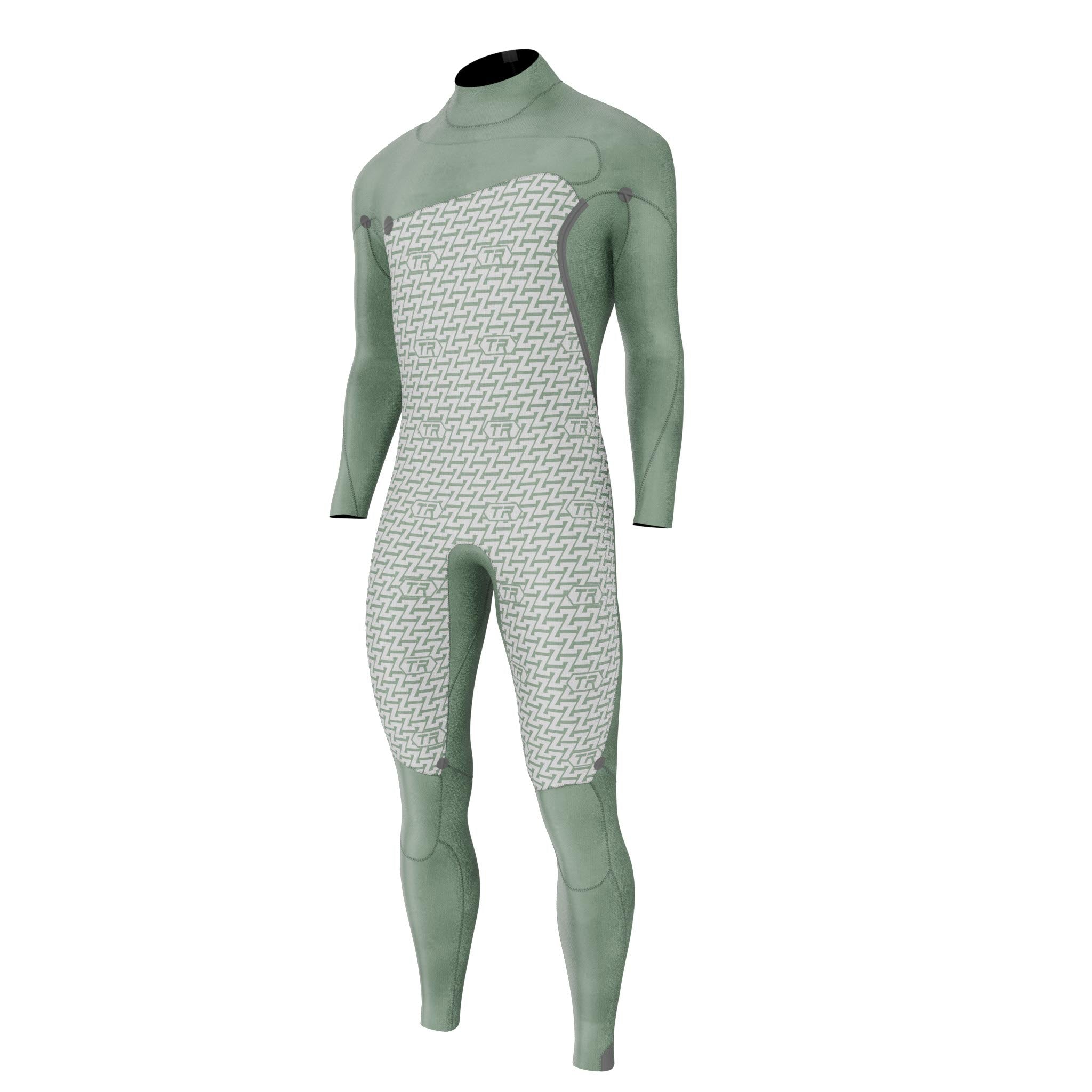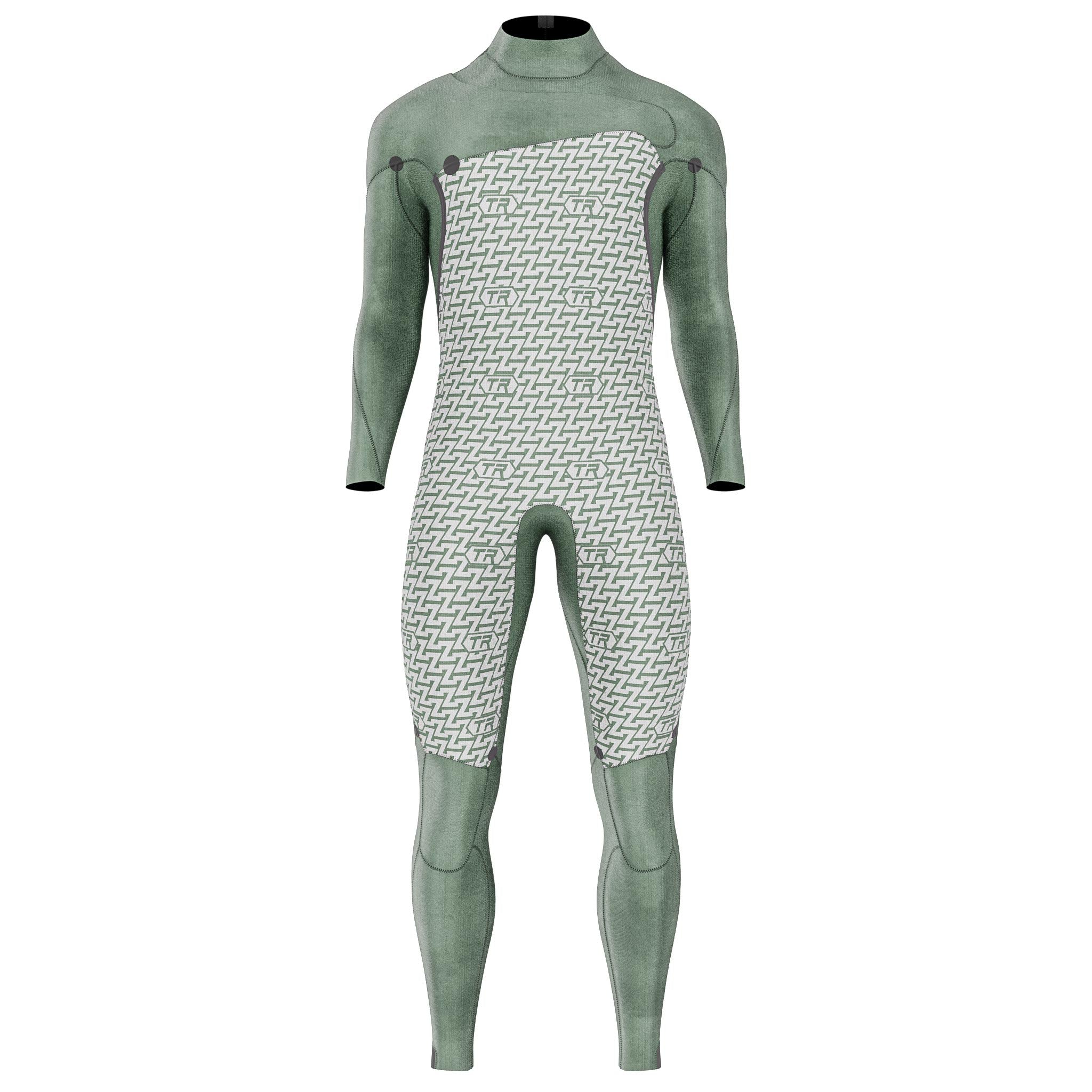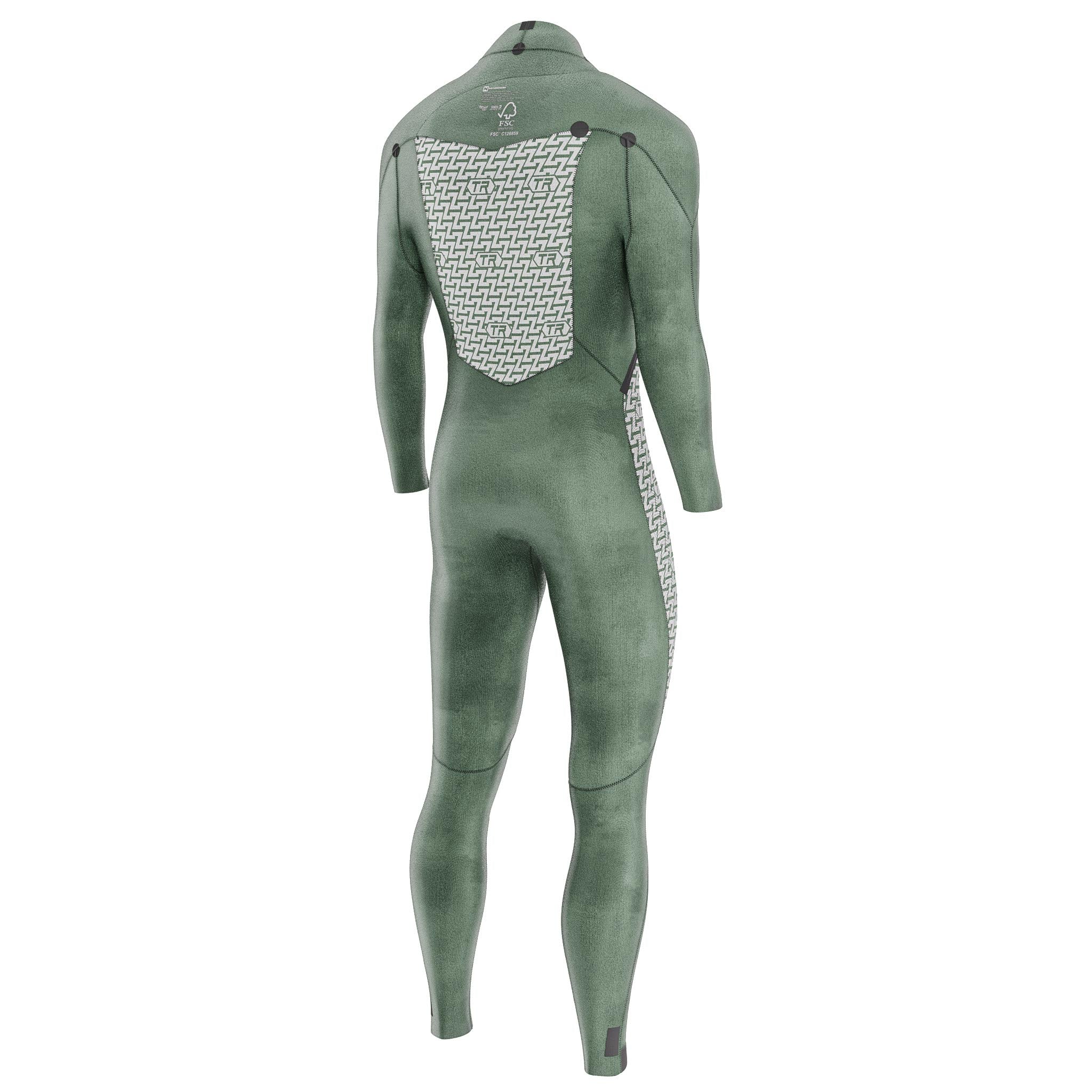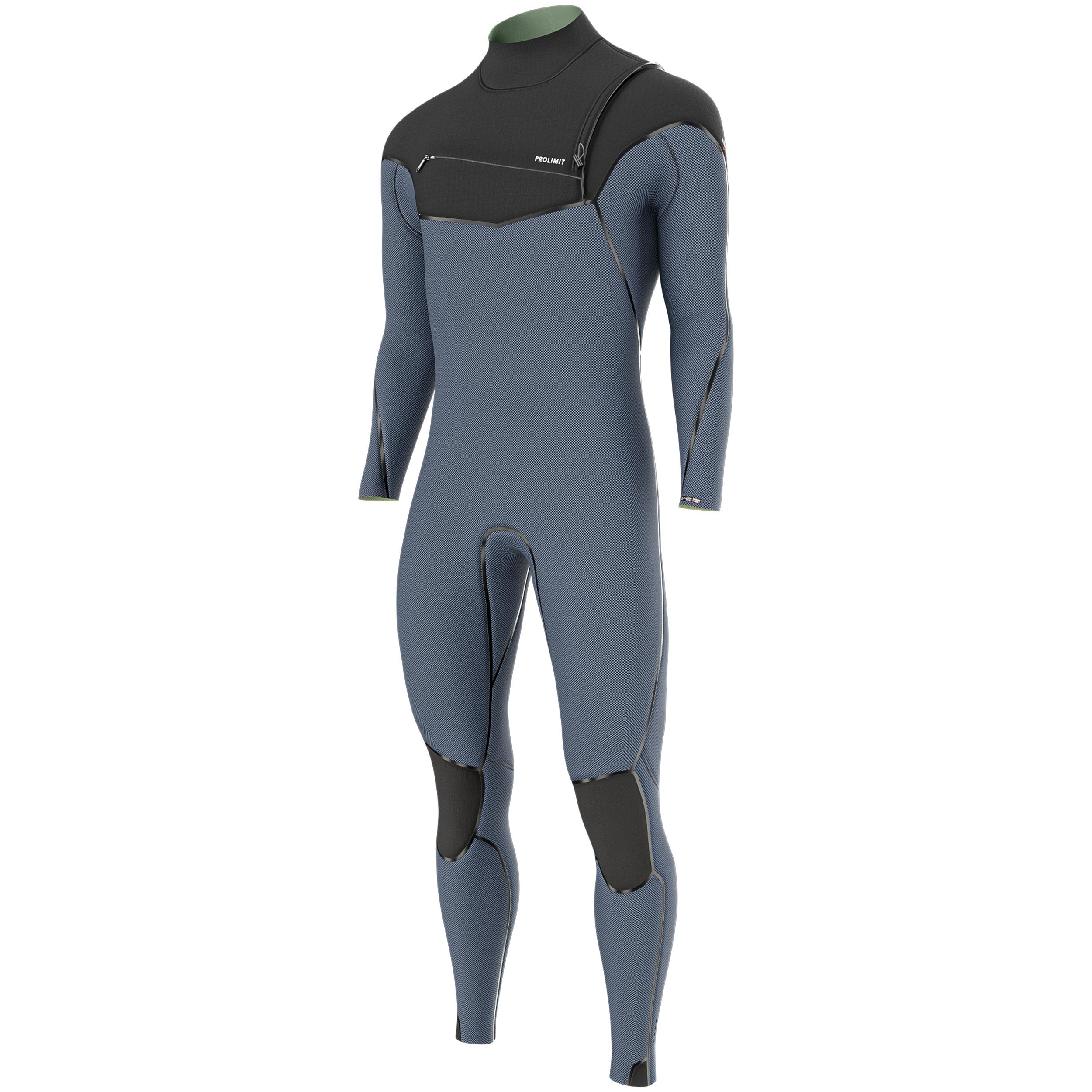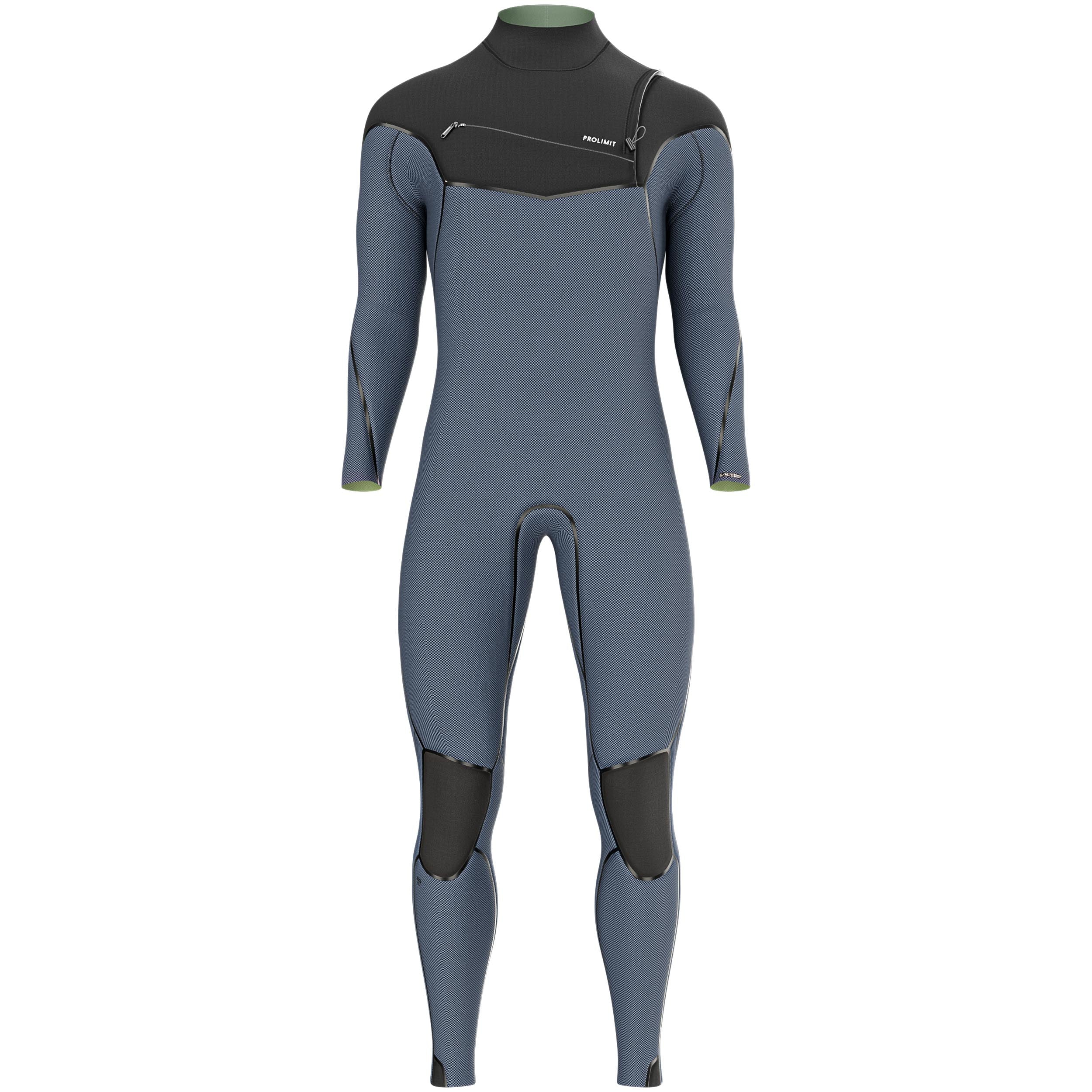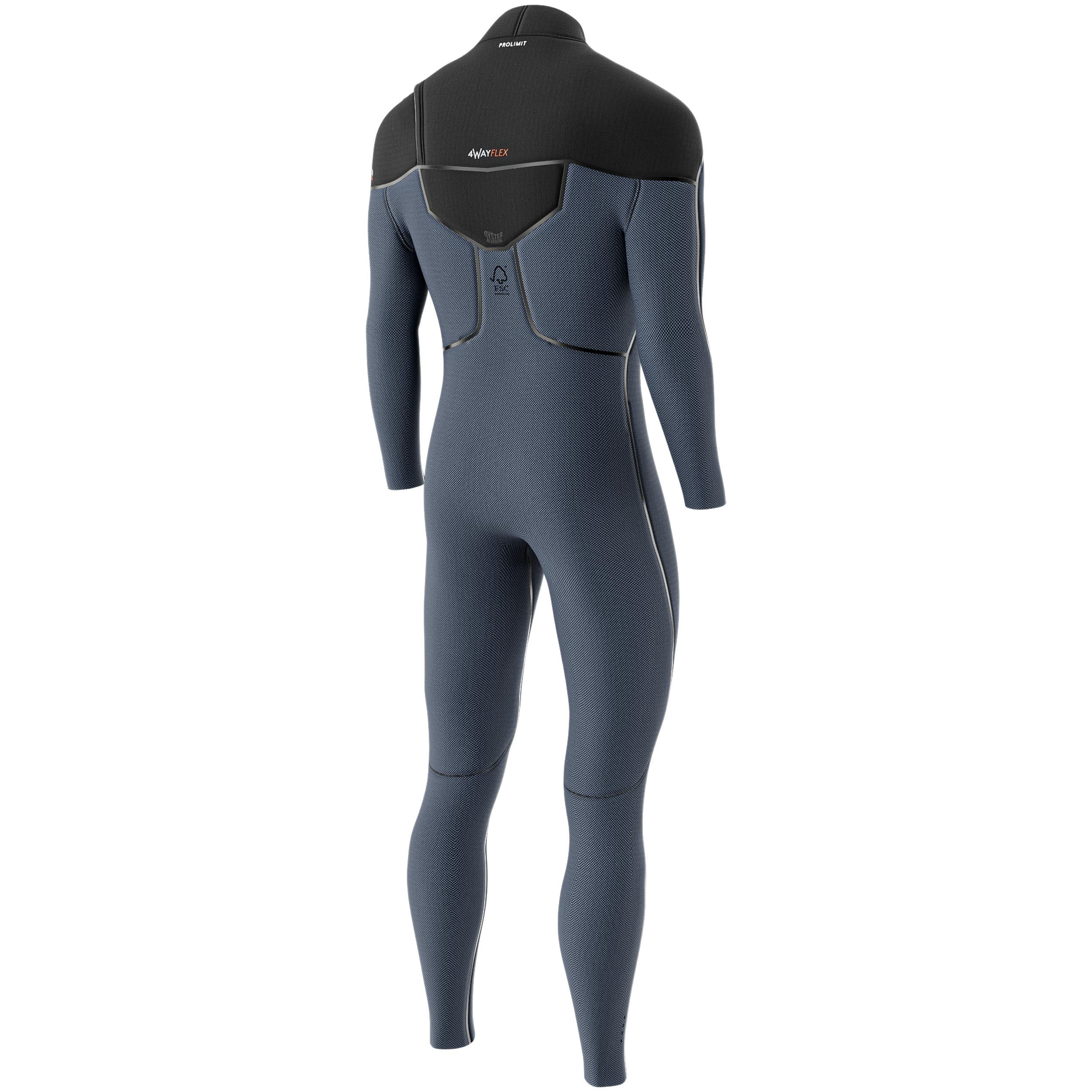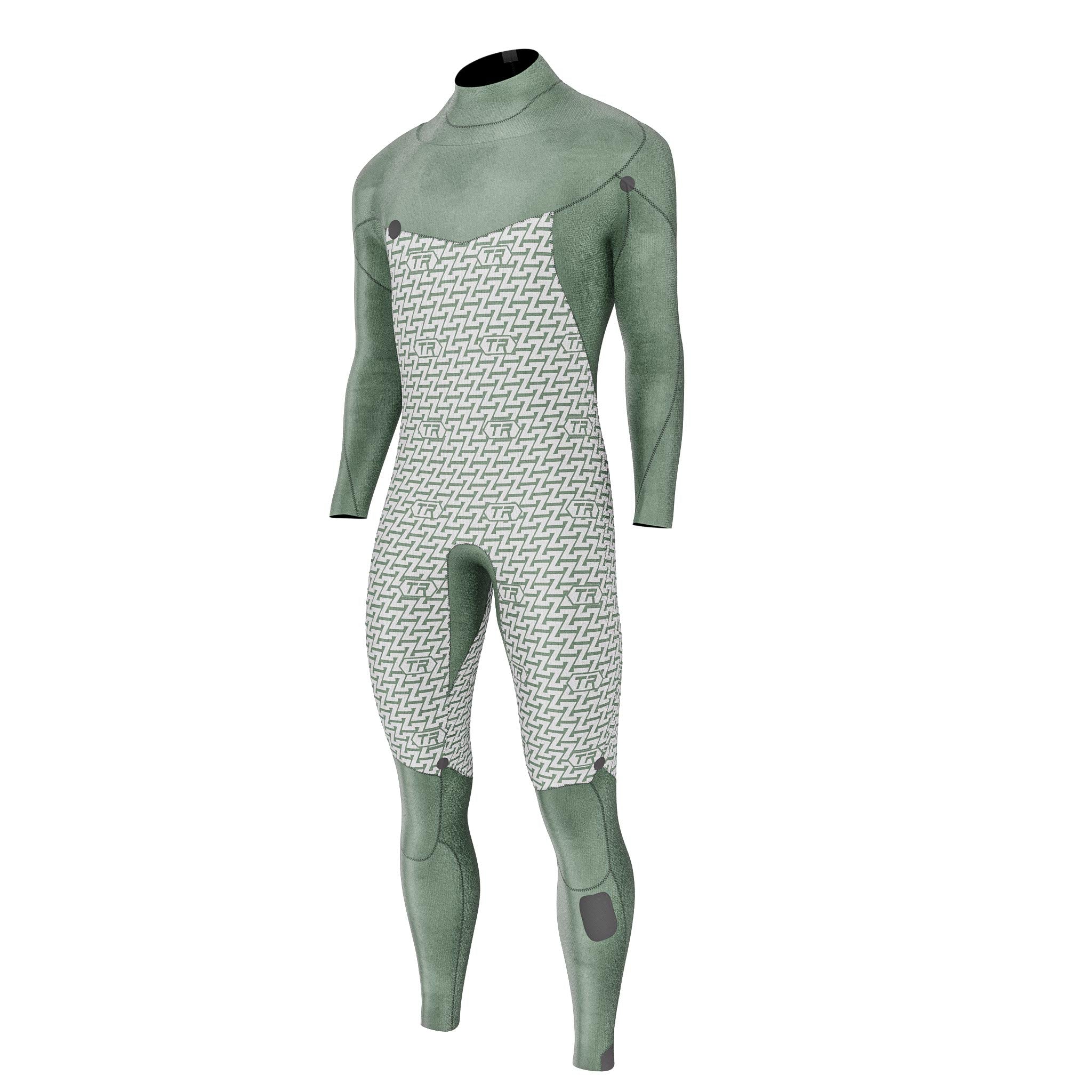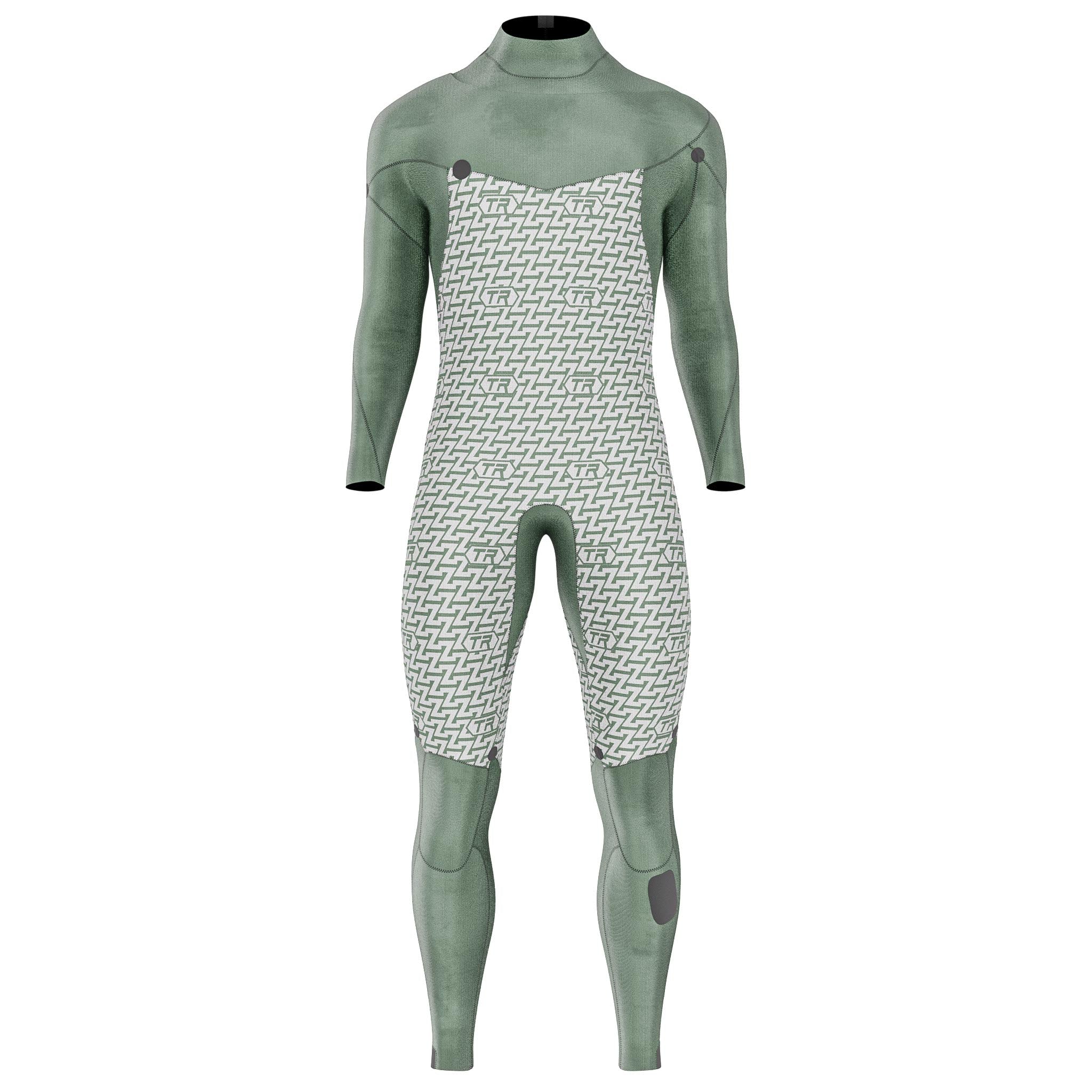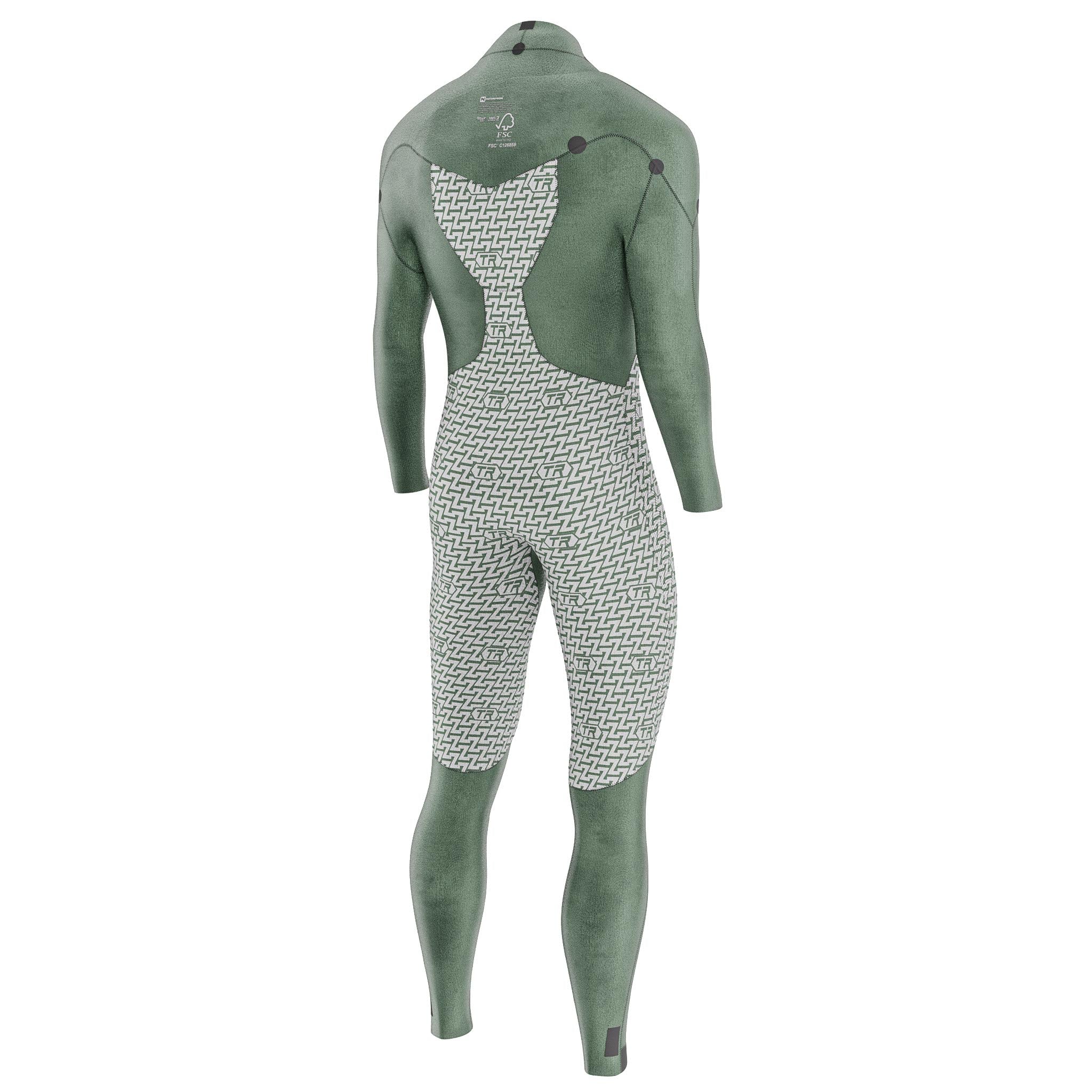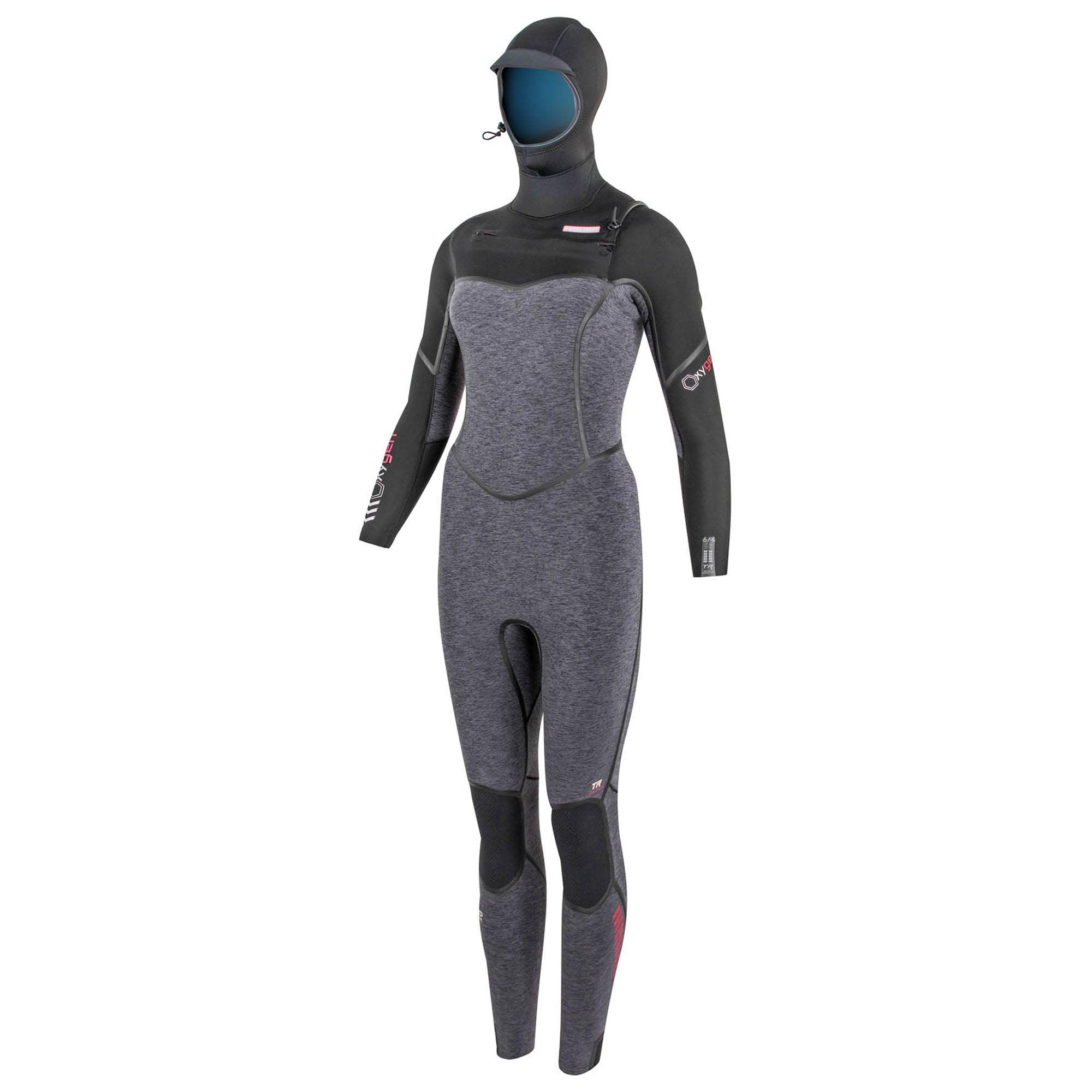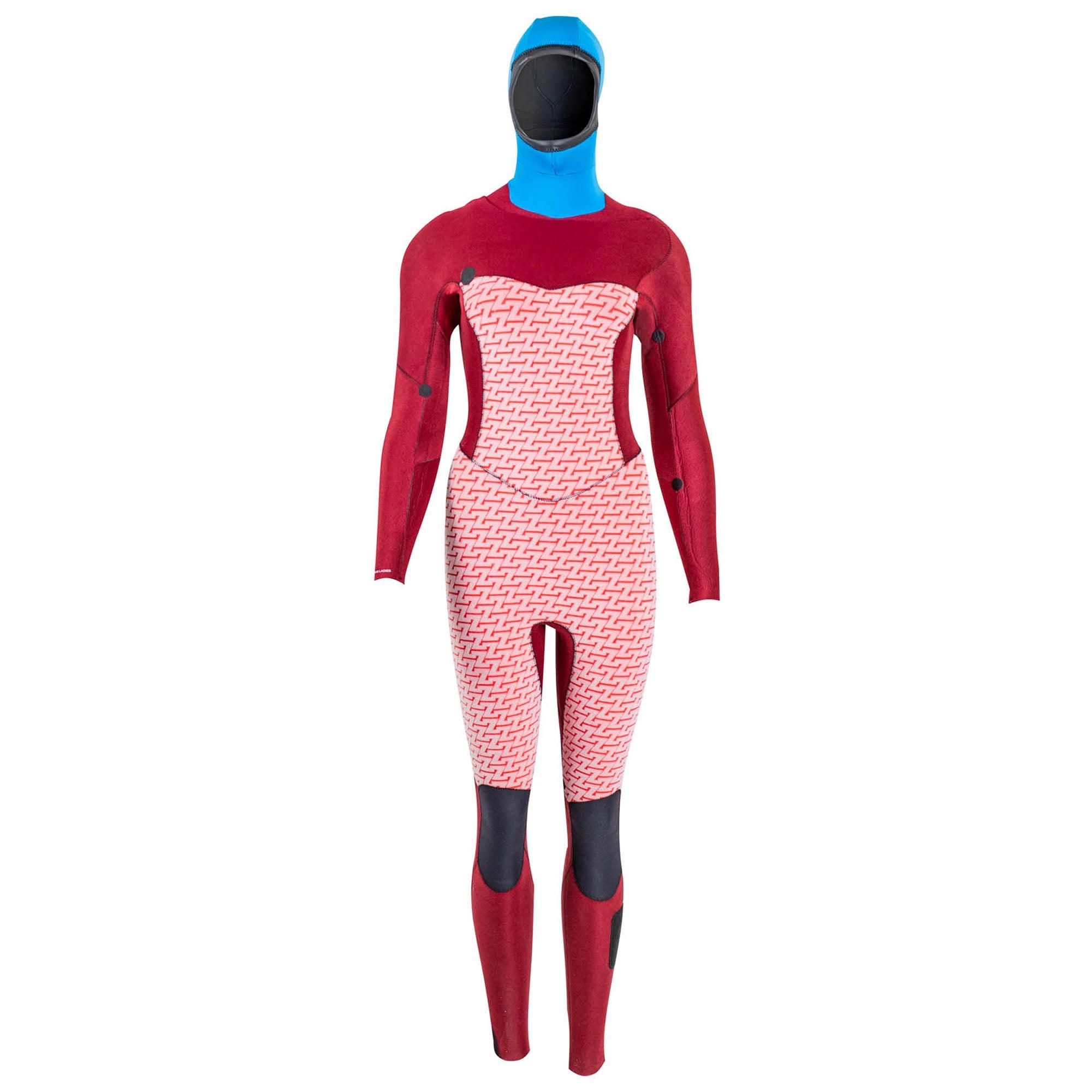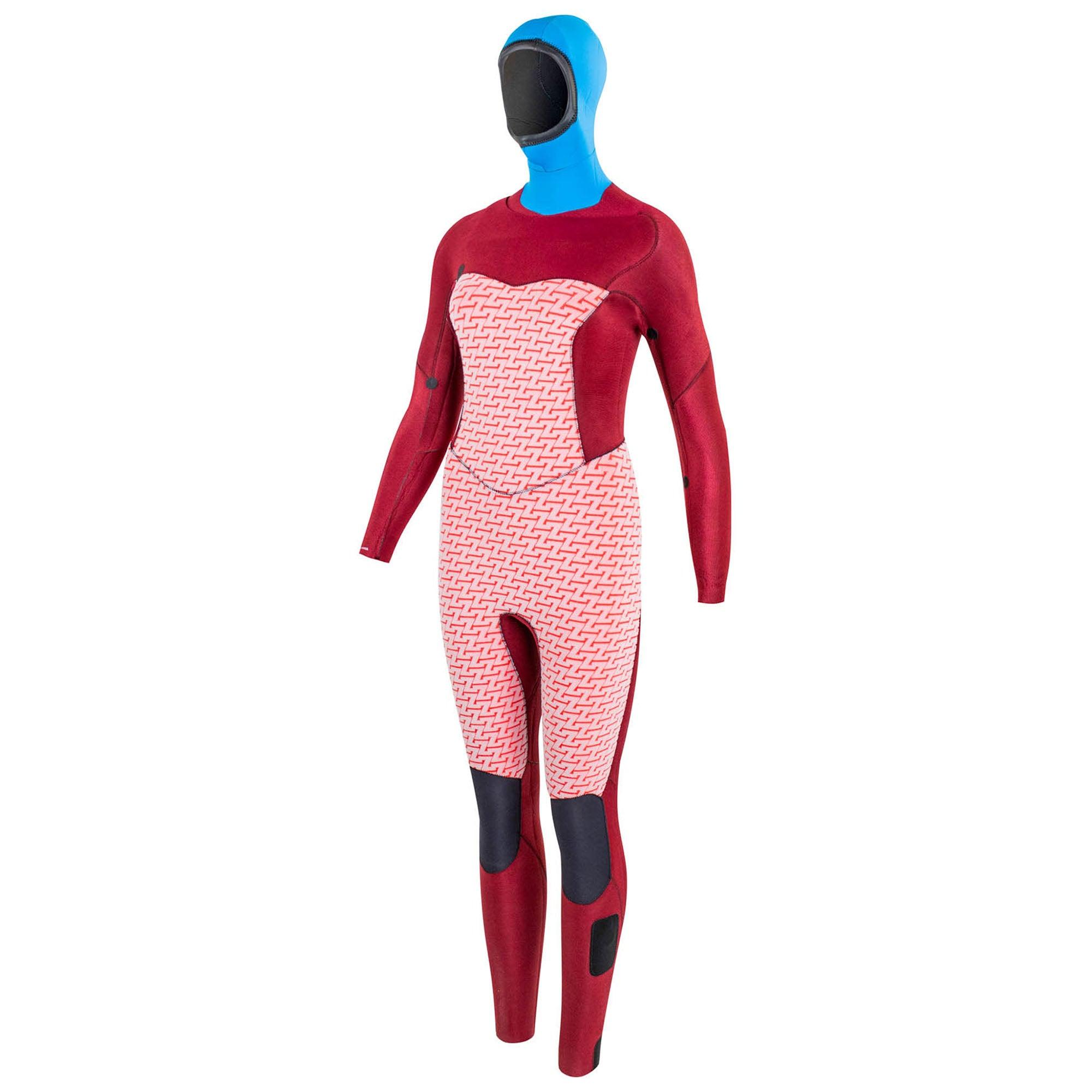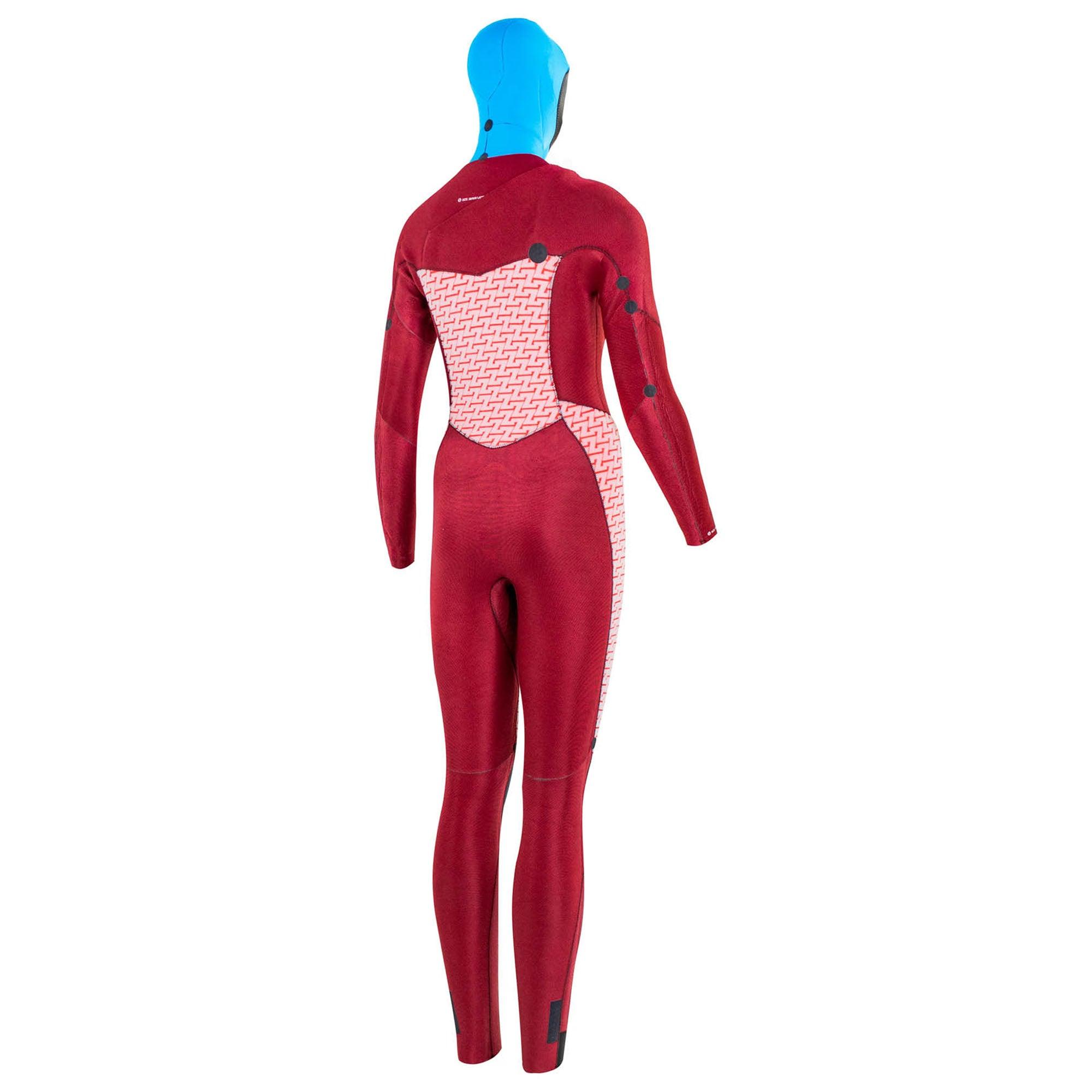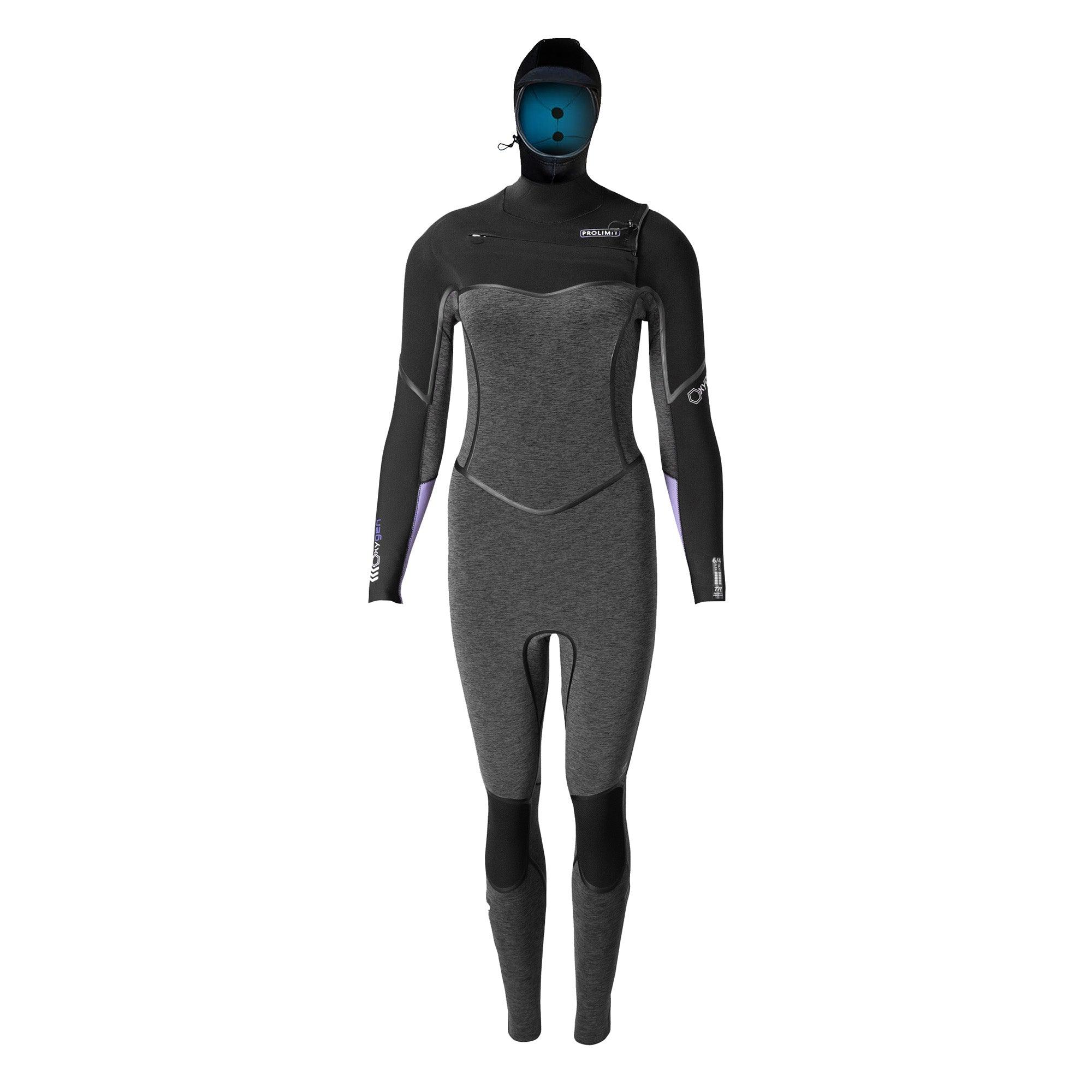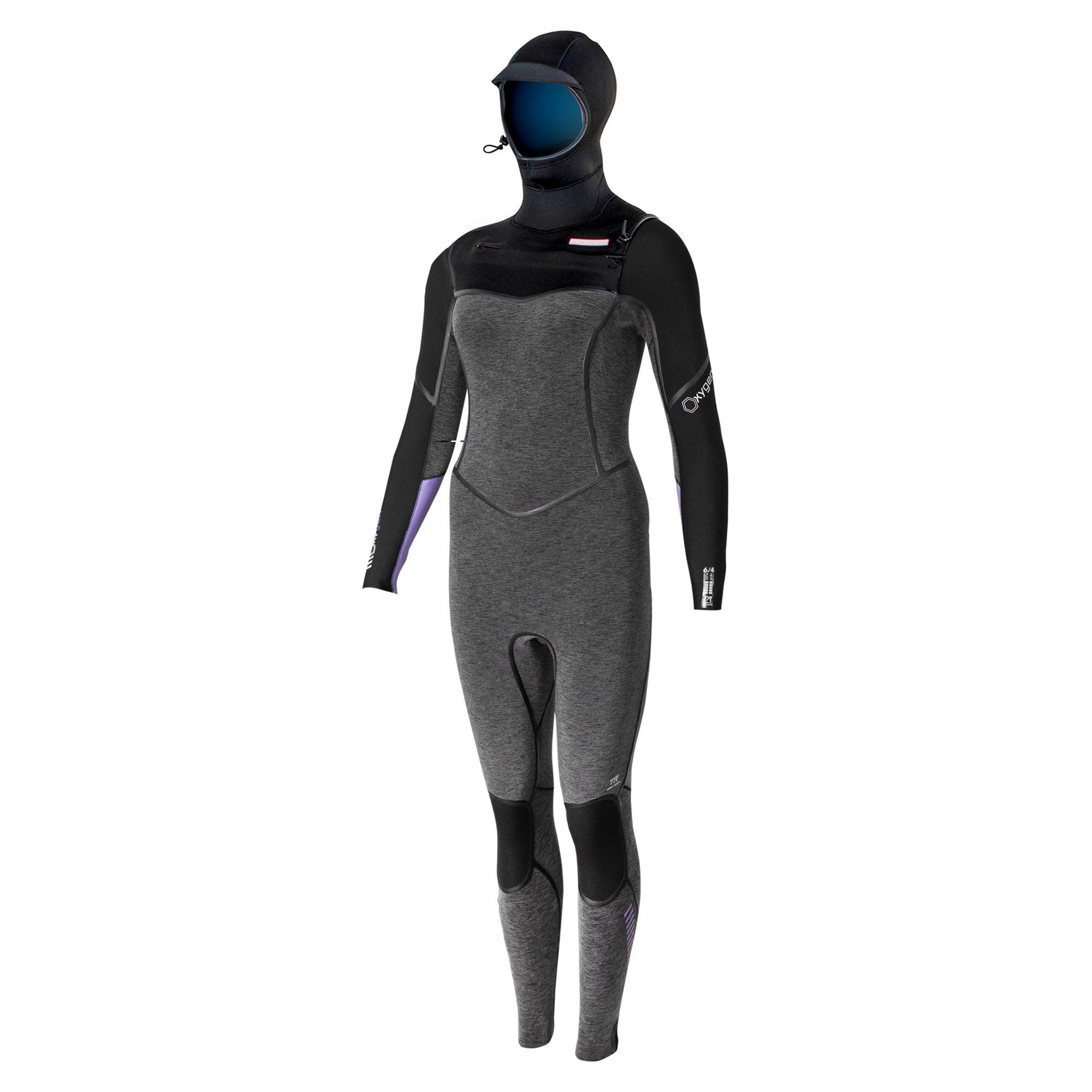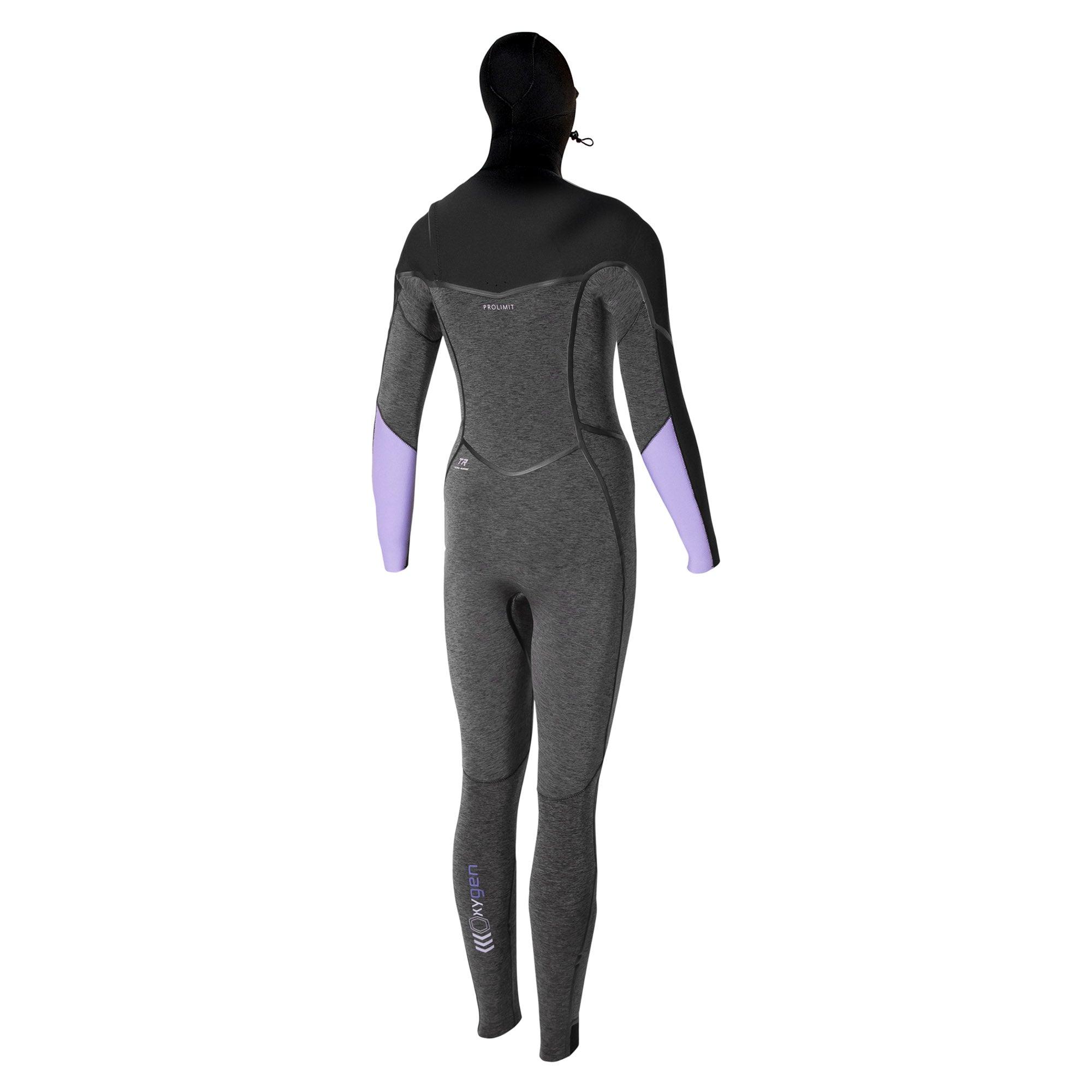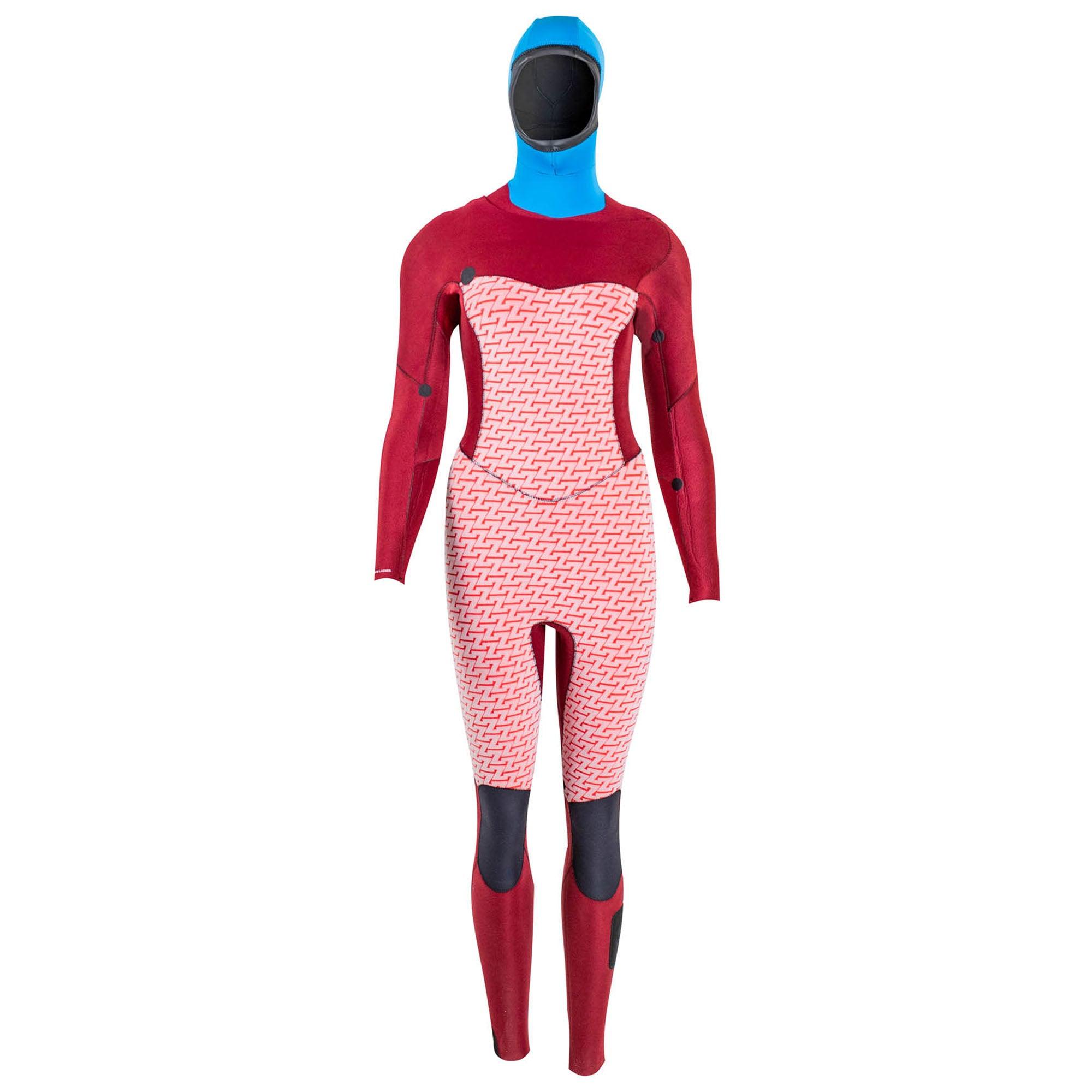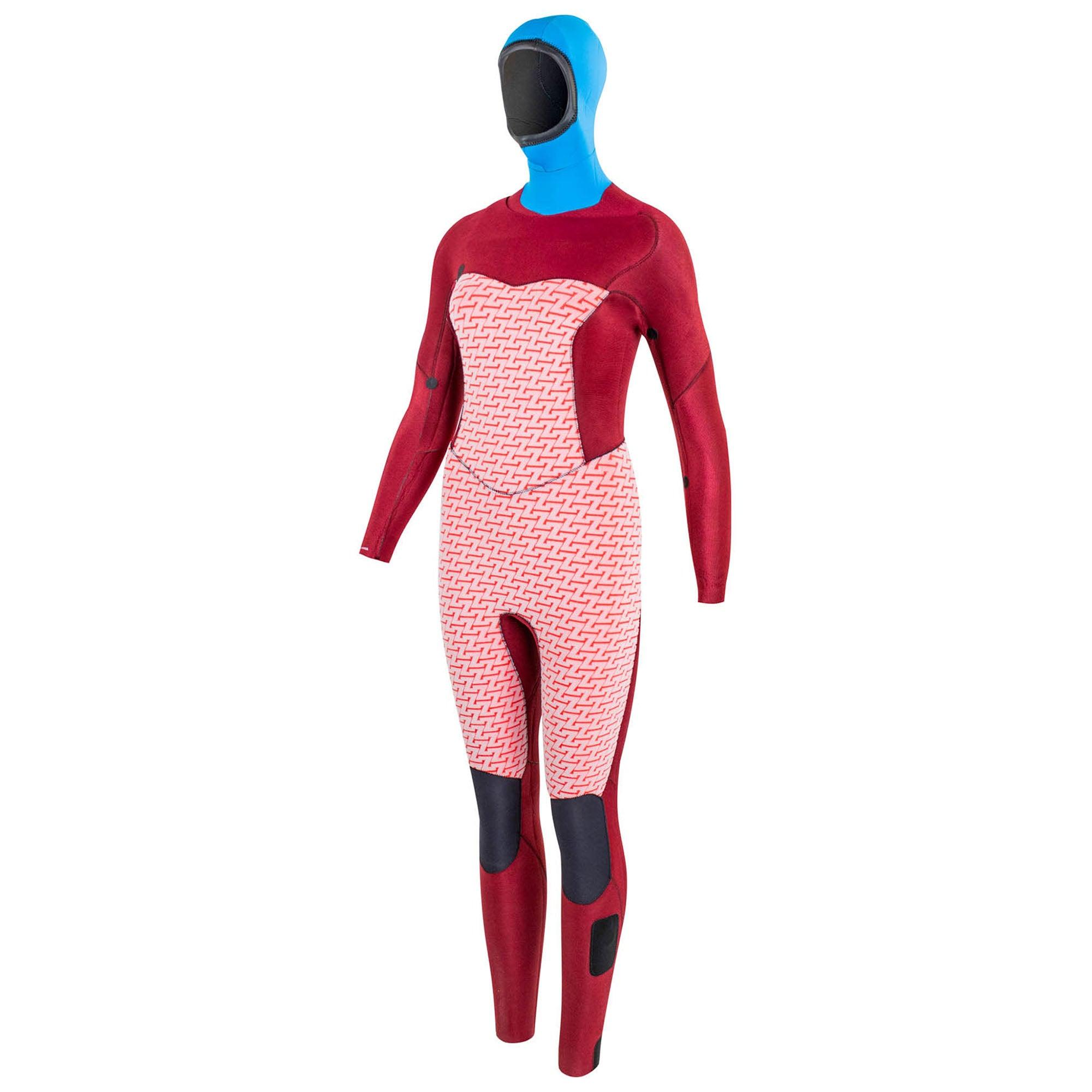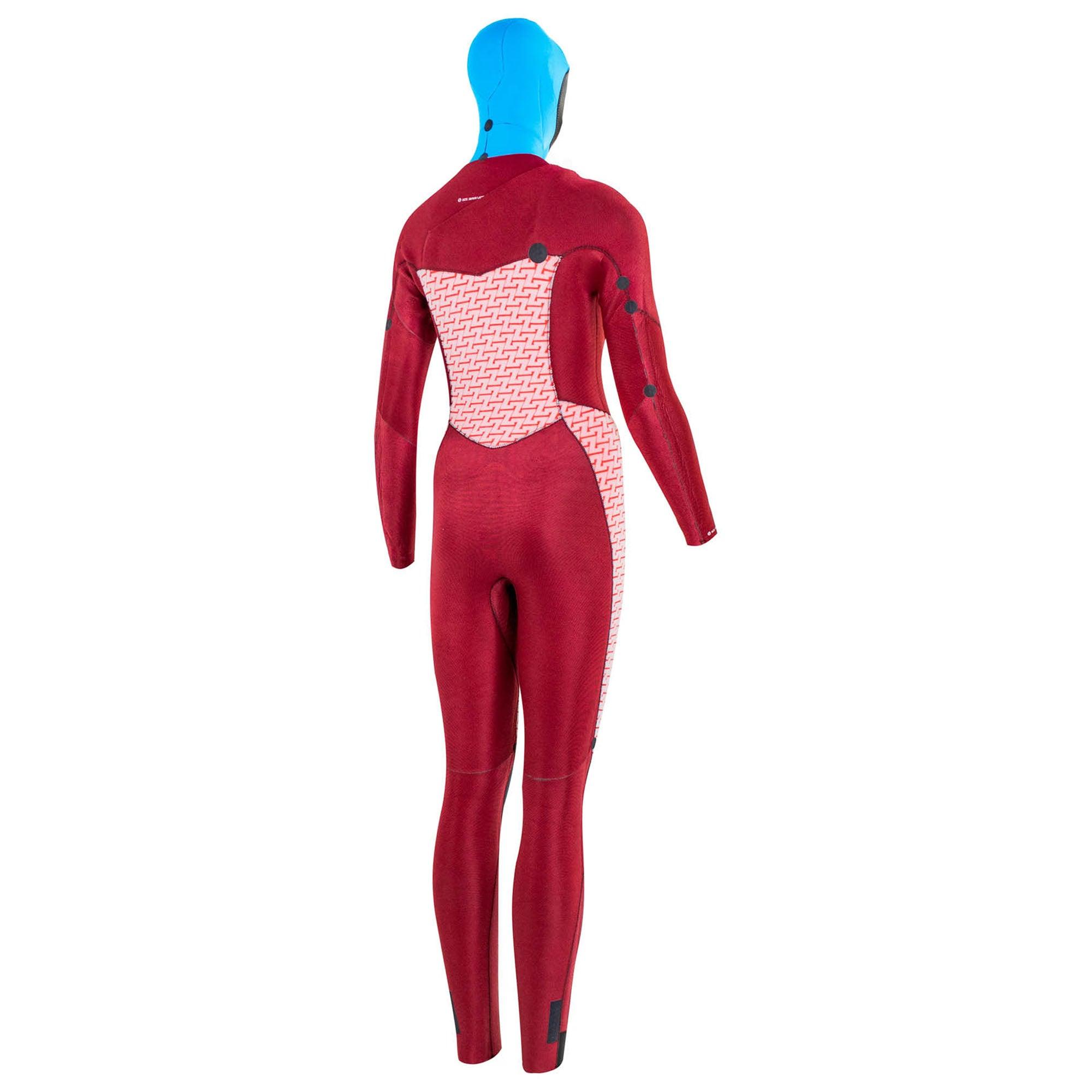Have you ever realized what is happening below the water surface while you are riding? Why are the waves the way they are at your local spot or why is the water so cold while the air temperature is relatively warm?
In our latest Prolimit Mission; Follow the Current, you will learn about the complex relationship between ocean currents, water temperature, and climate patterns. Watch the full video below.
Cape Town to Cape Agulhas
Where two oceans meet
Four seasons in one day
Cape Town is one of the most famous locations in the world for water sports. Many water sports enthusiasts escape their winter for some weeks to go surfing in Cape Town. Everyone who has been in Cape Town before knows you can expect four seasons in one day and even though it can be warm during the day, the water is relatively cold. Until you head to Hermanus or more East to Cape Agulhas and you experience that the water temperature is much warmer.
To get to understand why the water in Cape Town is so much colder than it is around Cape Agulhas, which is in a straight line not even 200km East, we went on a roadtrip with Stig Hoefnagel, Helena Brochocka and Henri Kolberg to find out.

Spike
First stop of the trip was at Steve Pike’s house in Kommetjie, Steve is the owner of the oldest website on surfing and marine weather in South Africa, Wavescape.co.za. He is a surf forecaster and looks at weather patterns as well as currents and temperatures and swell.
Spike explained how the currents are distributed around the coastline of South Africa. Cape Town is located on the west coast of South Africa, where the cold Benguela Current flows from the southern Atlantic Ocean. The Benguela Current brings cold water from the south, which cools the coastal waters of Cape Town.
On the other hand, Agulhas is located on the south coast of South Africa, where the warm Agulhas Current flows southwards along the east coast of Africa. The Agulhas Current carries warm water from the tropics, which raises the water temperature along the coast of Agulhas.
The Benguela and Agulhas currents are both part of the larger South Atlantic Gyre, which is a circular pattern of ocean currents in the South Atlantic Ocean. The combination of these currents, along with other oceanographic factors, creates a distinct temperature difference between the waters off the west and east coasts of South Africa.

Second stop – Cape Peninsula
Second stop and the starting point of our actual road trip was Cape Peninsula. It was super windy and misty and the water temperature was 14 degrees. The air temperature was 22 degrees but due to the strong wind and cold water, the wind chill temperature was much lower and thick wetsuits were needed. Stig, Helena and Henri were riding full 6/4 and 5/3 wetsuits and even hooded wetsuits while surfing.
On the way to shorties in Hermanus
After a few good sessions around Cape Peninsula and spots like Misty Cliffs and Platboom, it was time to pack the car and head East. Everyone was longing to swap their thick wetsuits for shorties.
All packed and on the way to Hermanus with all the knowledge we’ve gained from Spike. We noticed it was windy on the way to Hermanus and decided to do a quick stop around Botrivier to score a session on the lagoon. It was 24 degrees and the water was around 17 degrees, with +/- 18 knots of wind, it was very pleasant. Hermanus turned out to be even warmer in terms of water temperature, with 19 degrees Stig, Henri and Helena started to enjoy wearing their shorties more and more.

Last stop – Where the Atlantic and Indian Ocean meet
Last stop of the road trip, Cape Agulhas. The most southern tip of South Africa, where the two oceans meet. Most people think Cape Point is the most southern point of South Africa, since it is a prominent and well-known landmark located near the southern tip of the Cape Peninsula but Cape Agulhas is the most southern tip and the point where the Atlantic and Indian Ocean meet.
We went for a session at Struisbaai. Struisbaai is a coastal town that is located near Cape Agulhas, due to the location Struisbaai benefits from consistent winds that are perfect for water sports. With its scenic location, consistent winds and uncrowded beach, Struisbaai is worth checking to ride.

Our expectations following the lesson with Spike turned out to be true, the water in Struisbaai was 22 degrees at the time and therefore the warmest water we’ve been riding on during our road trip…

